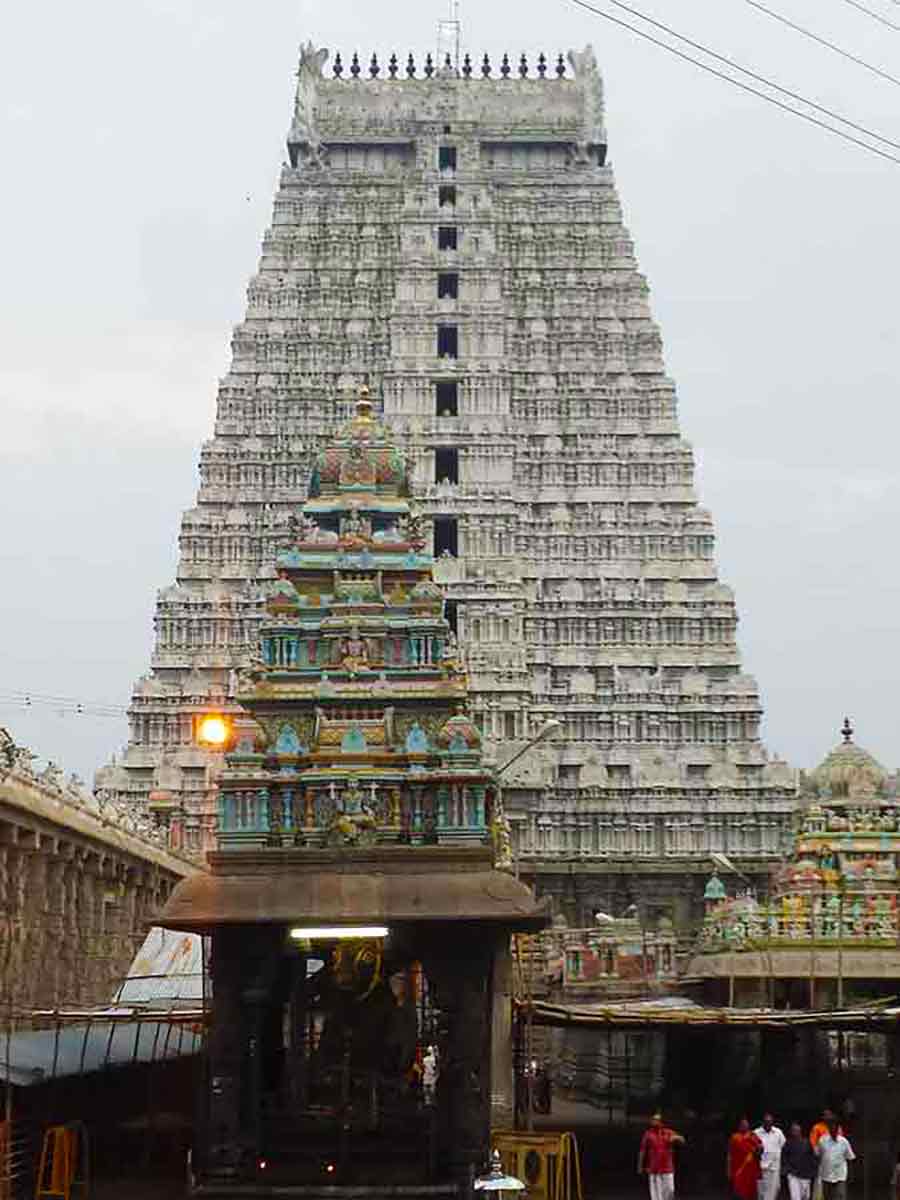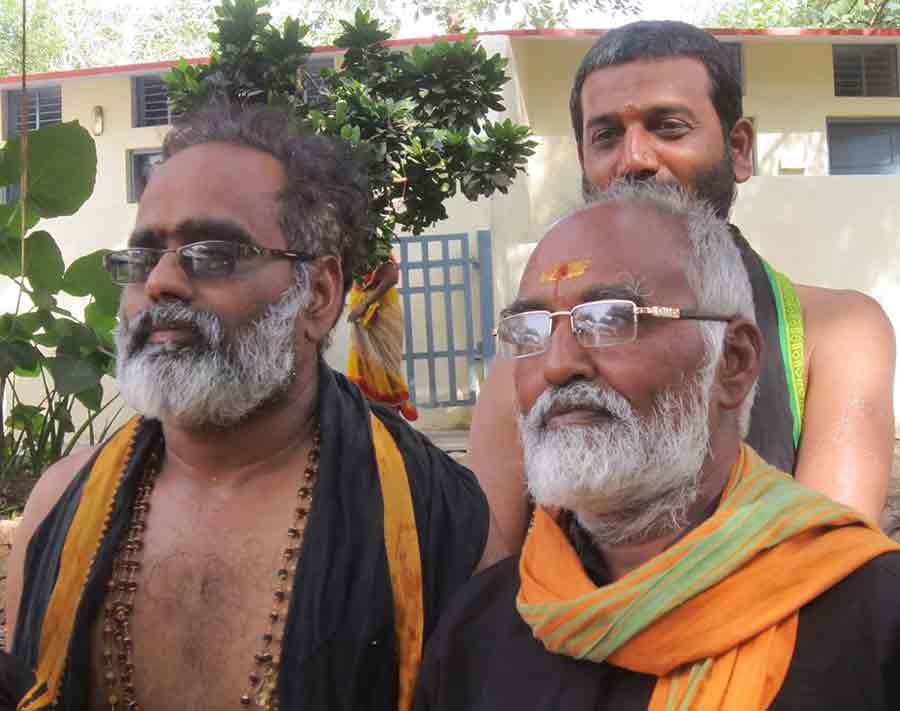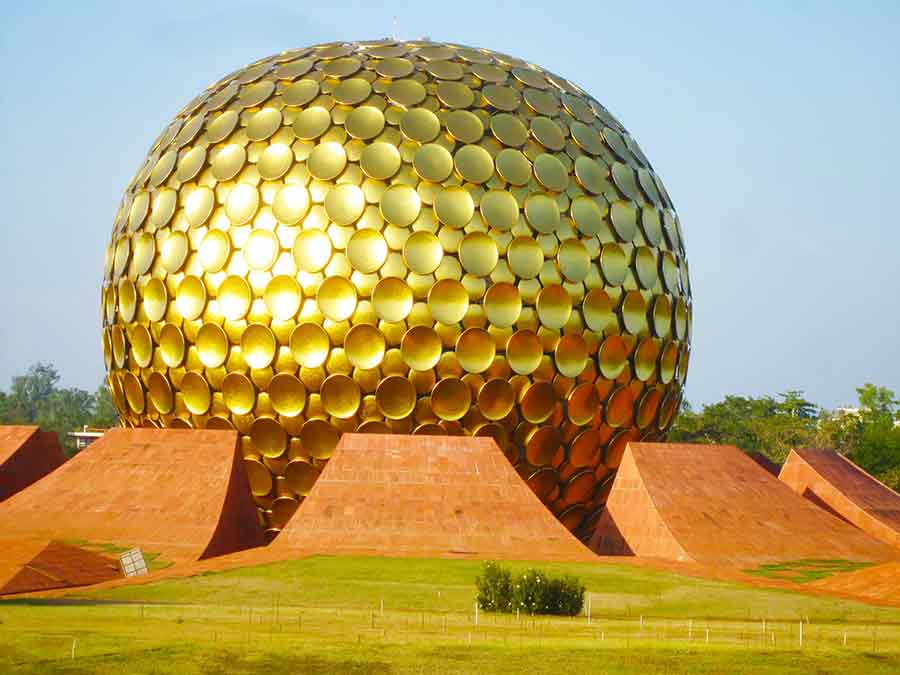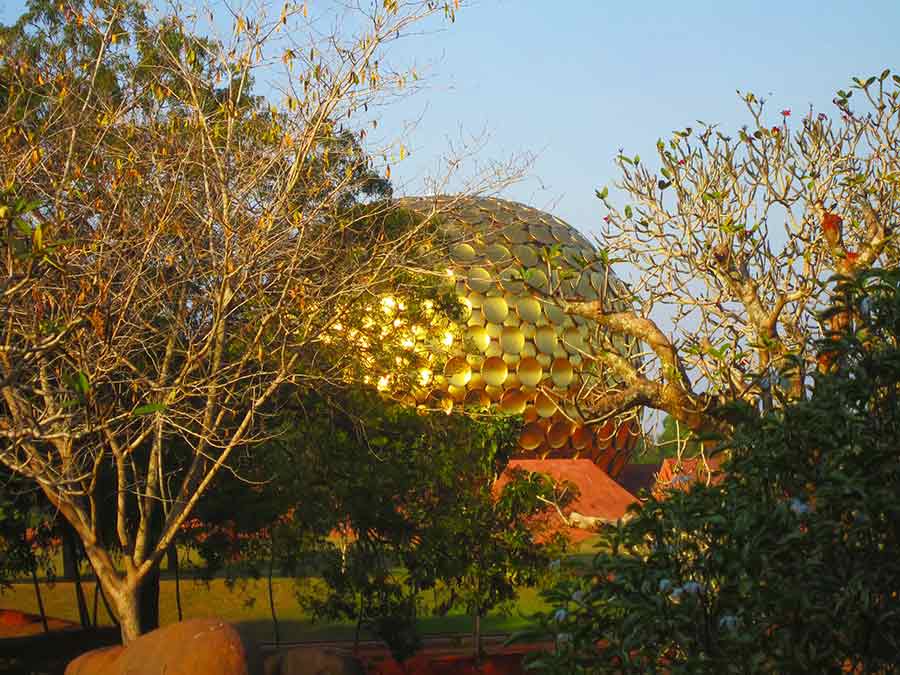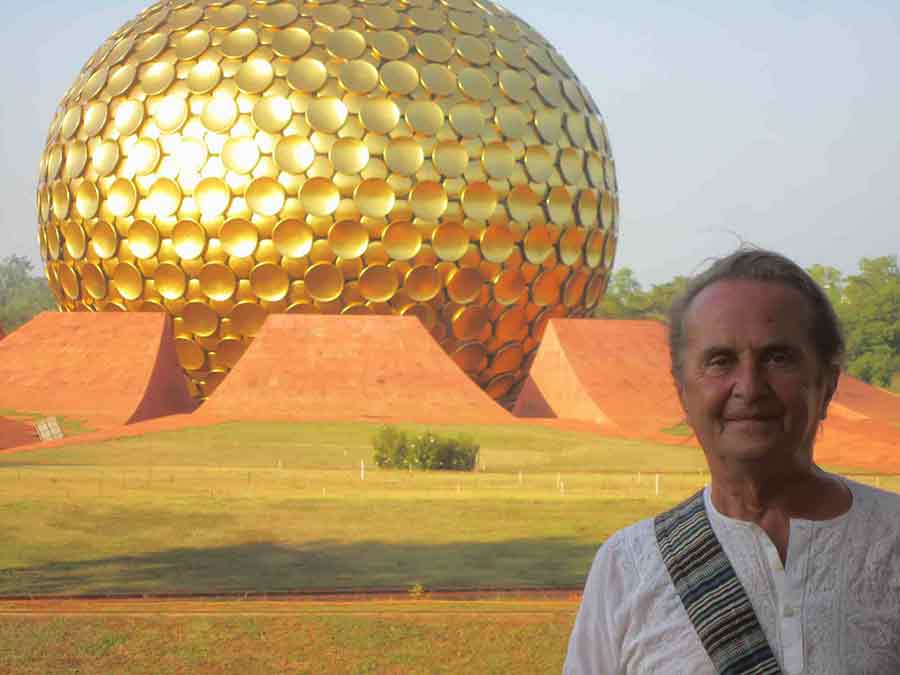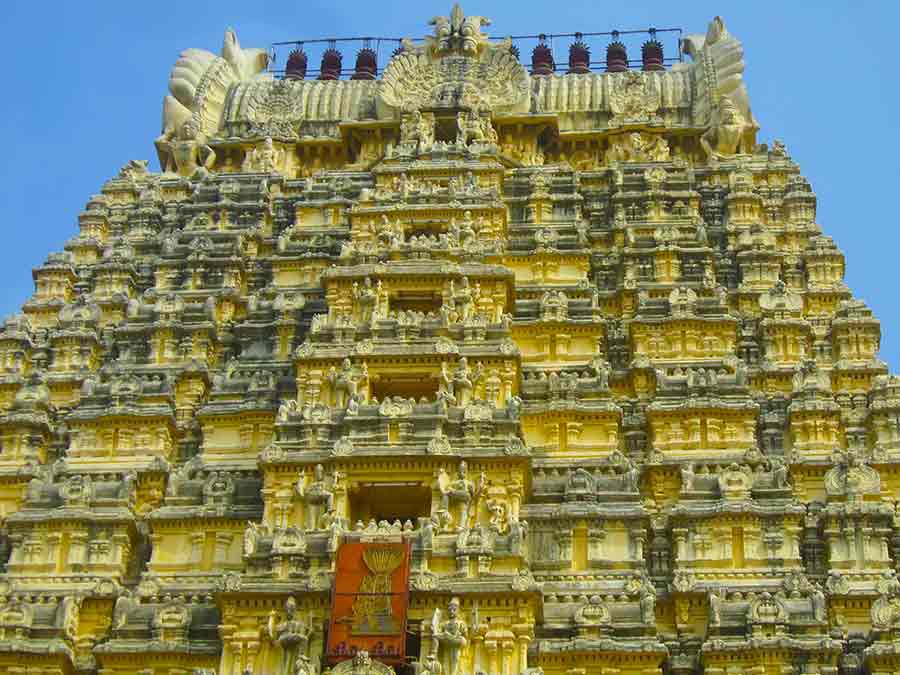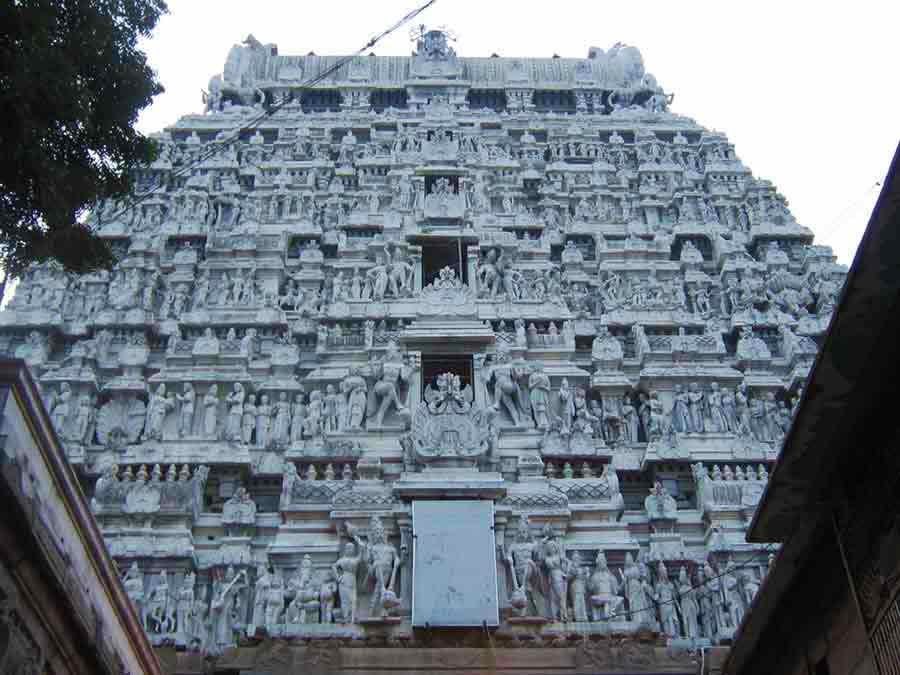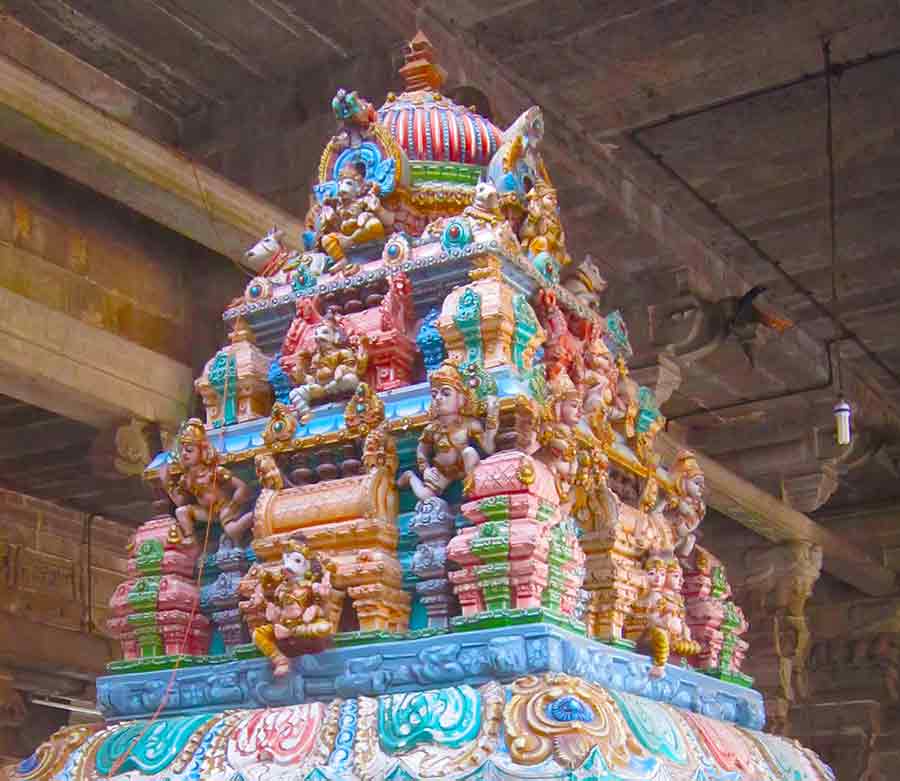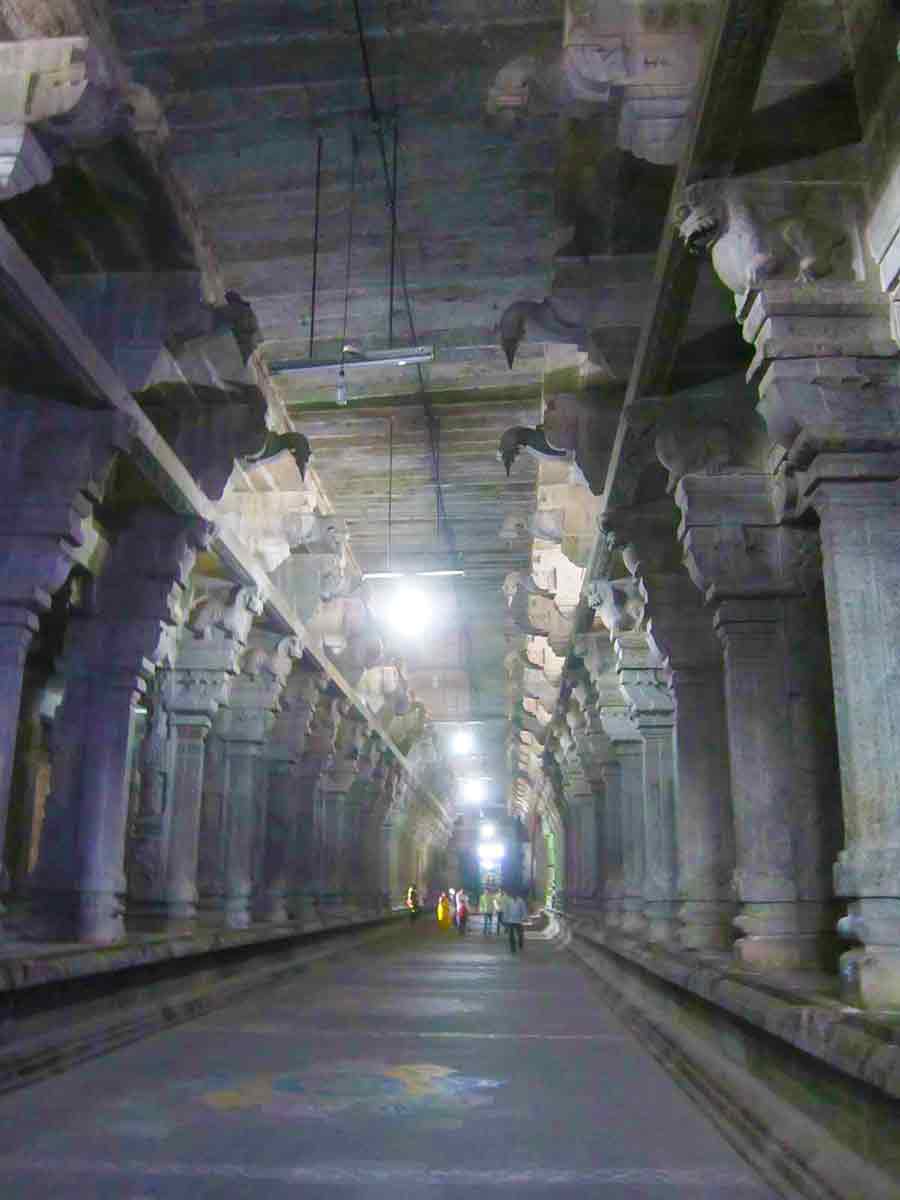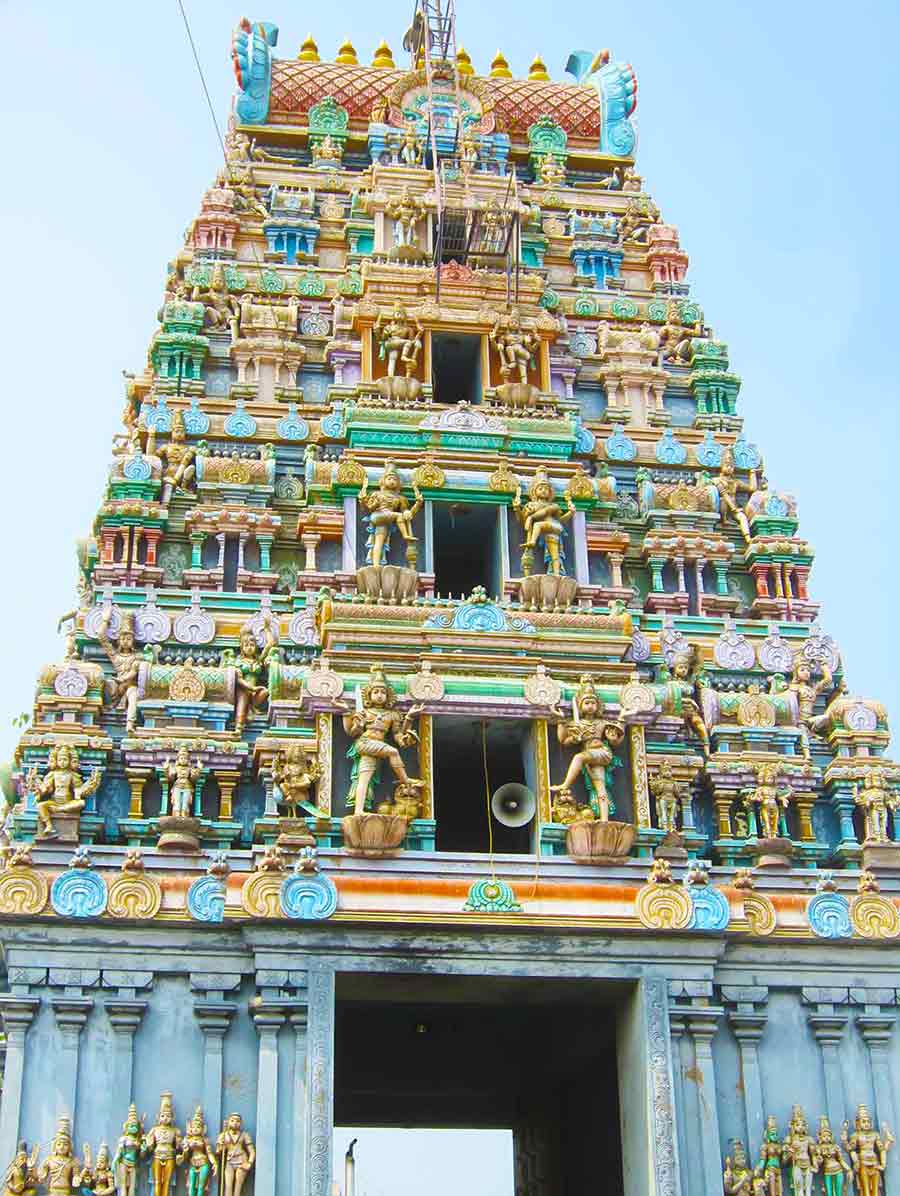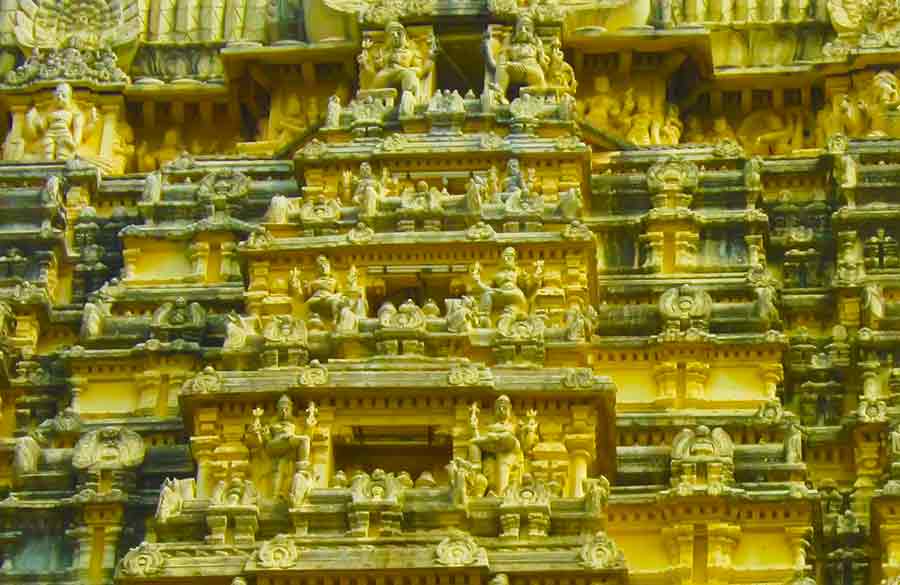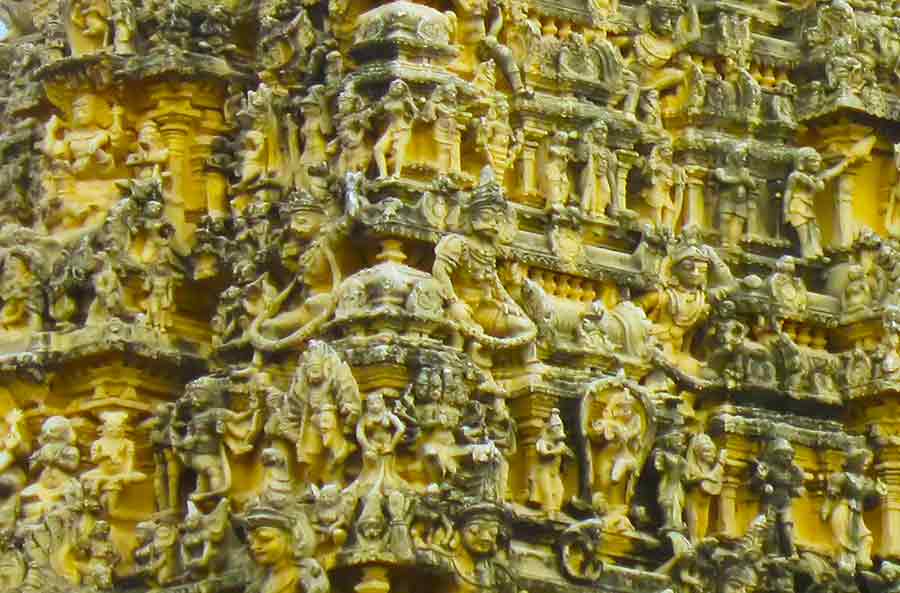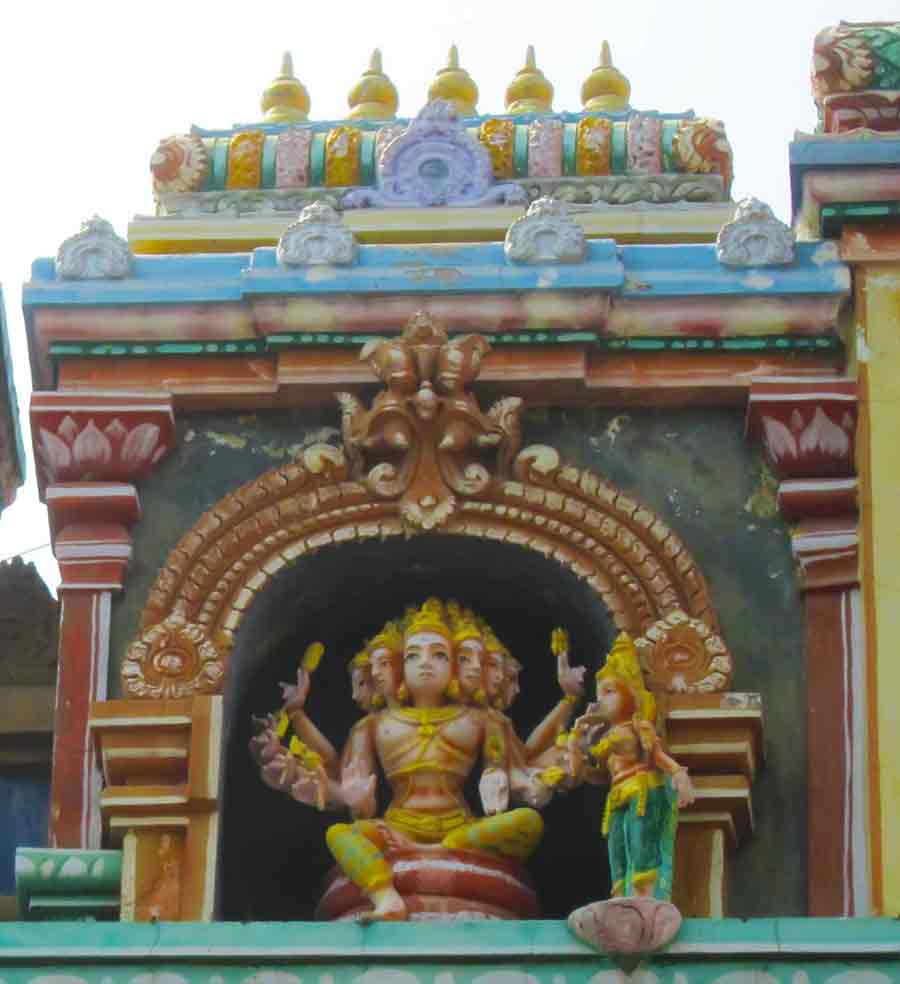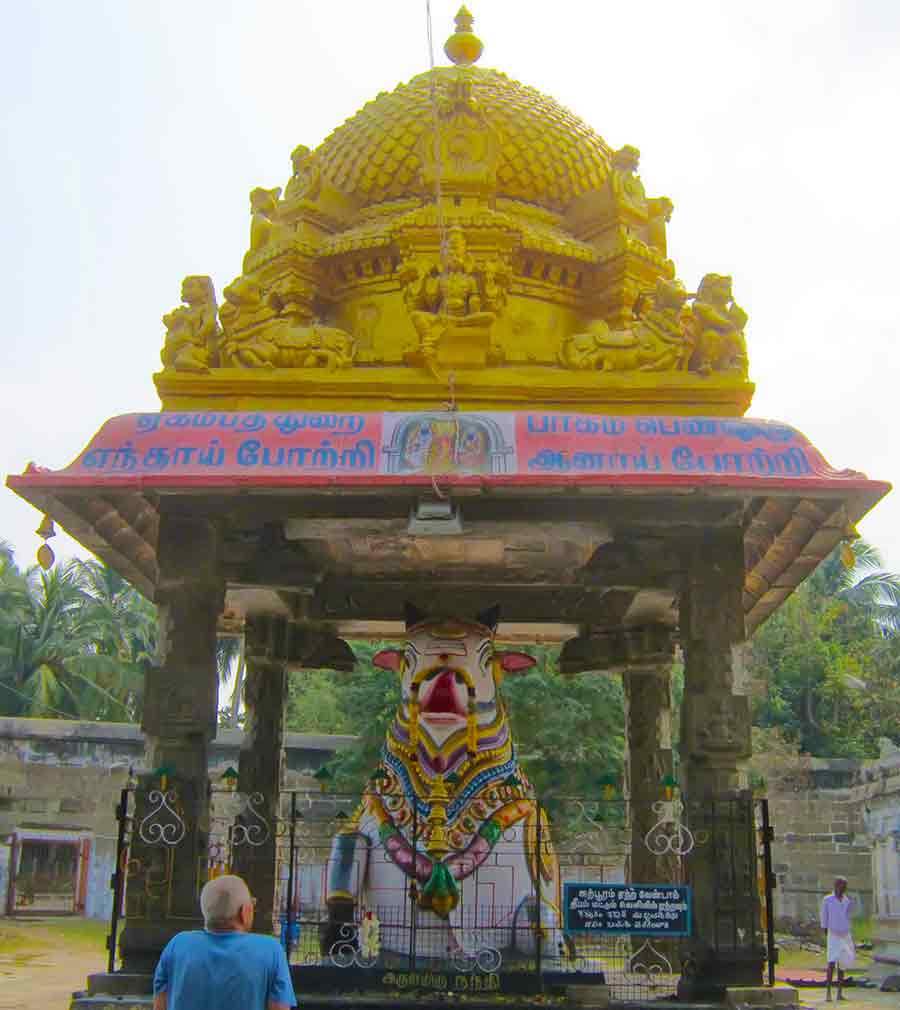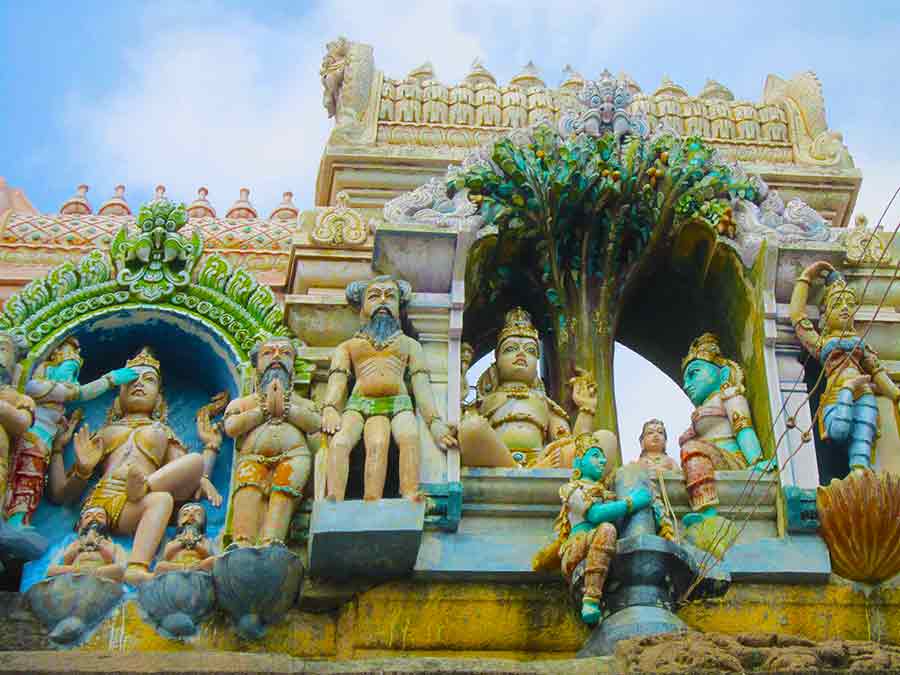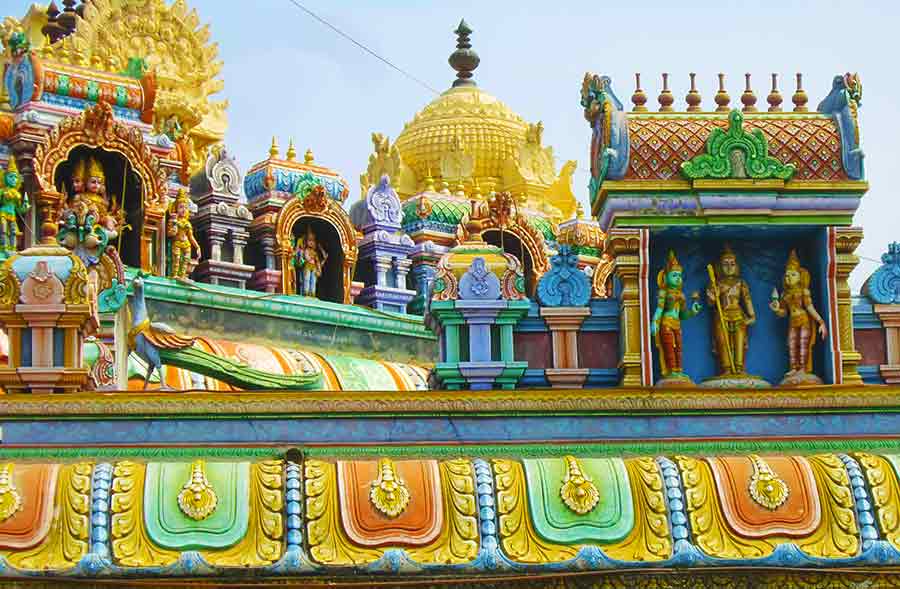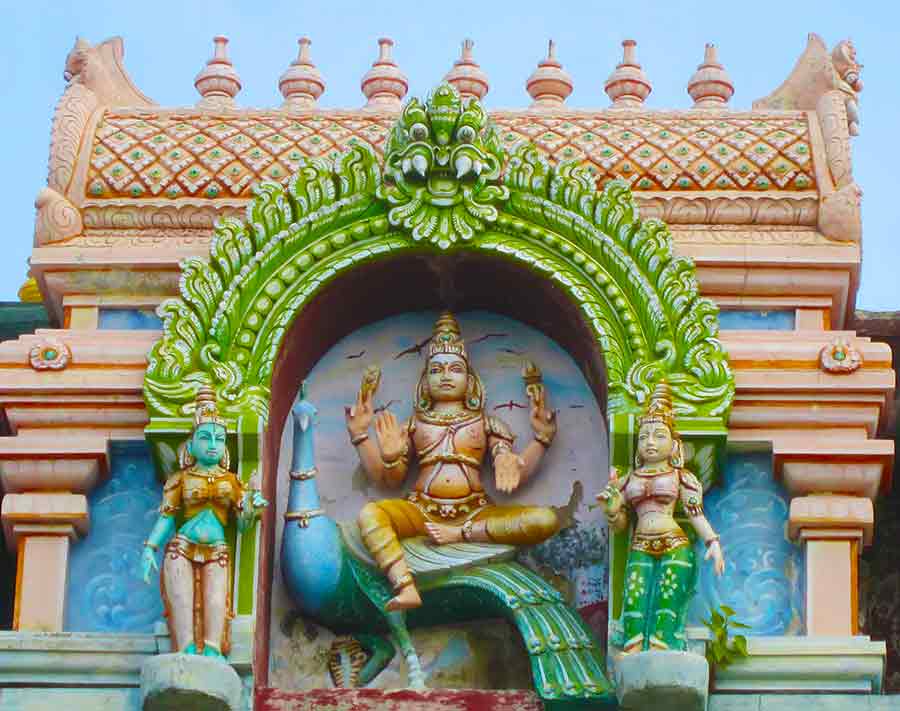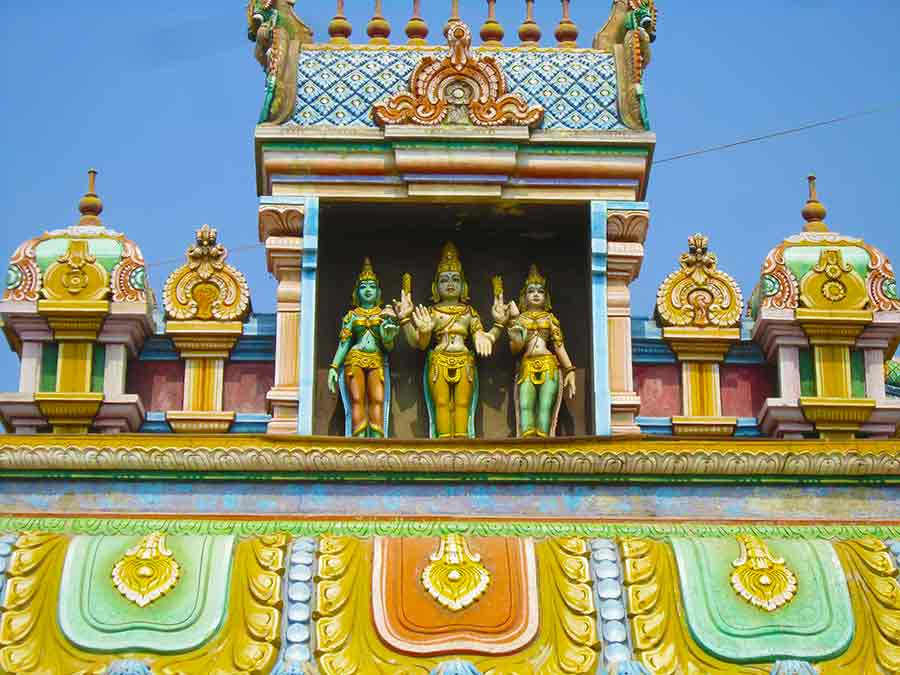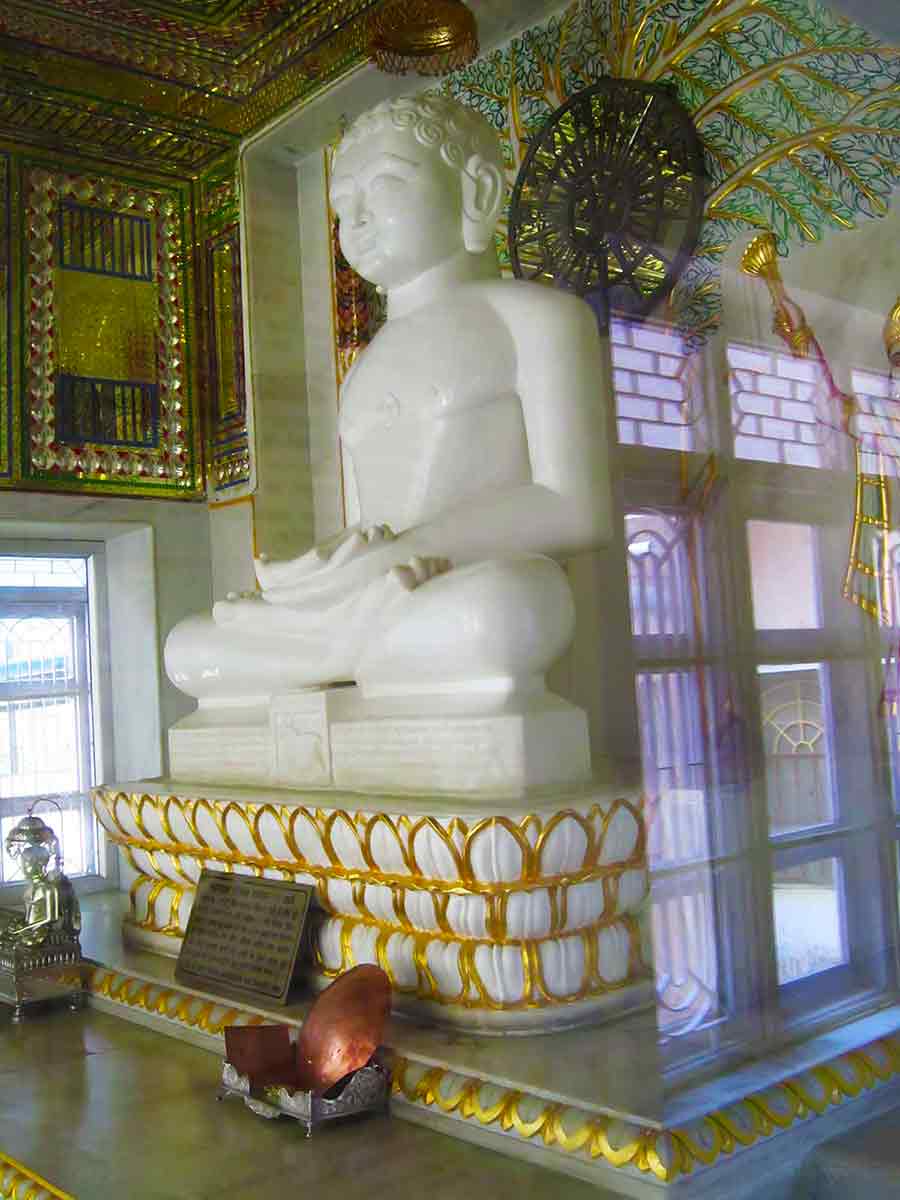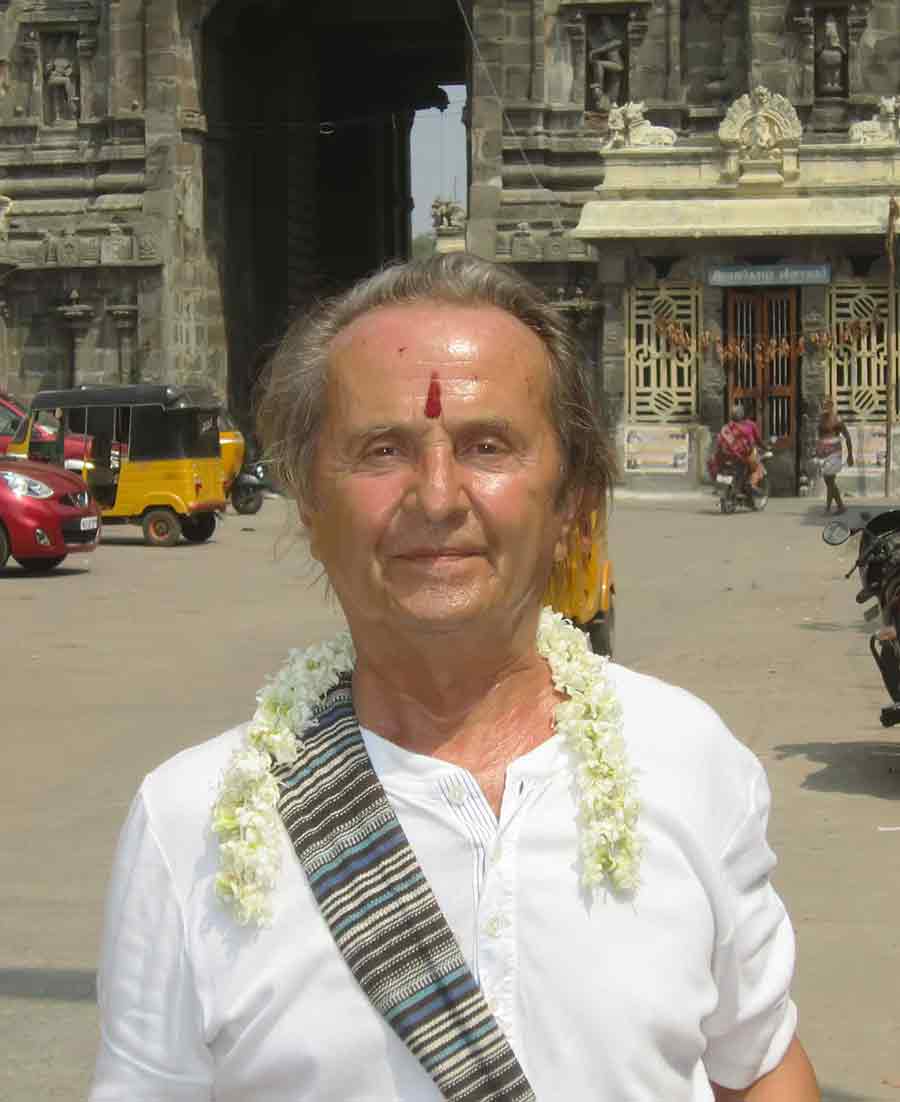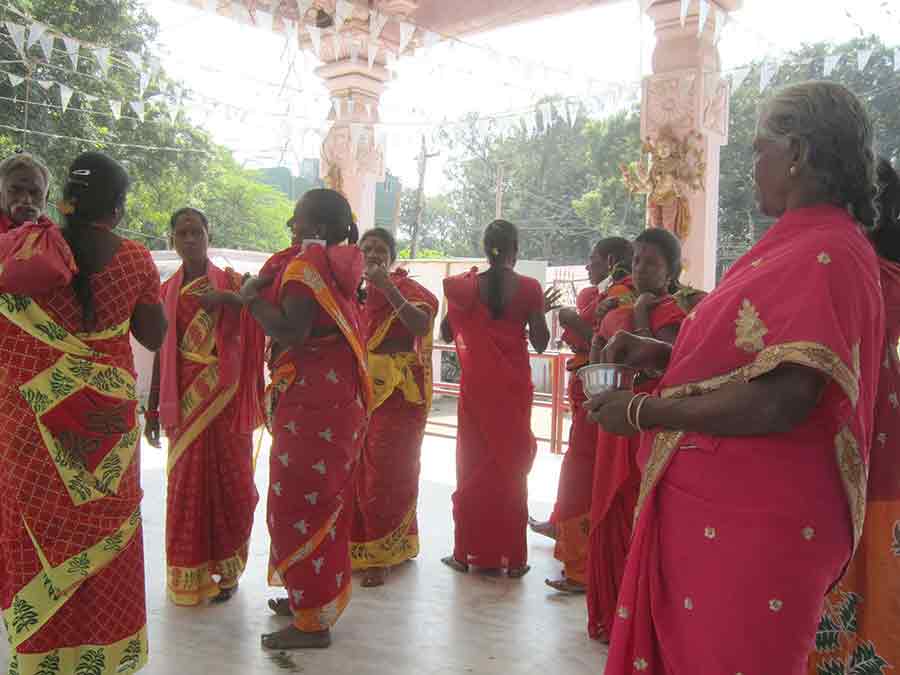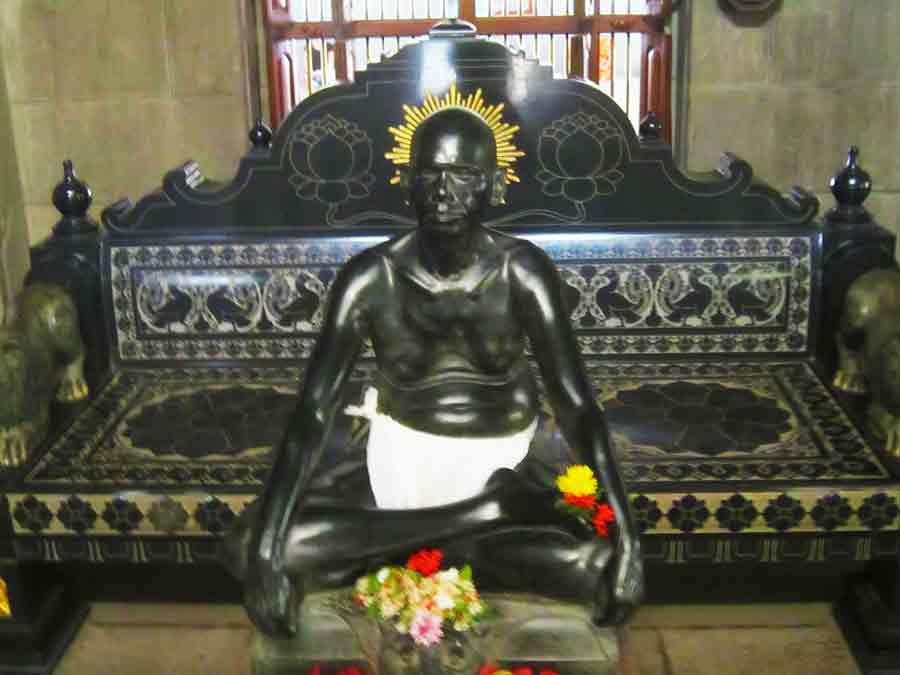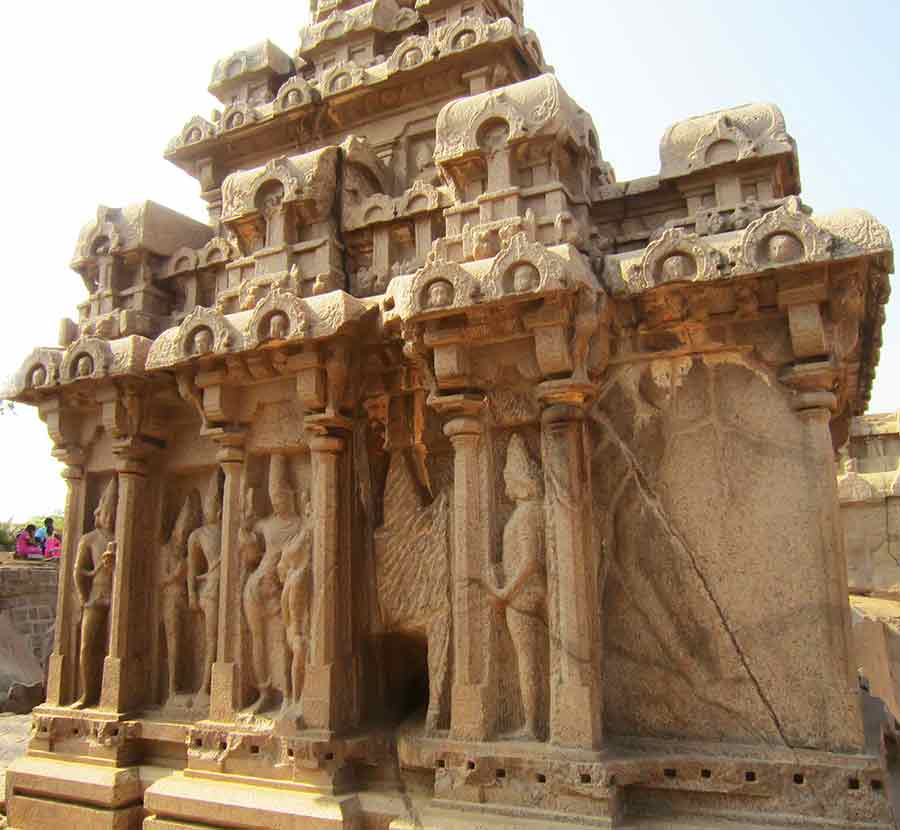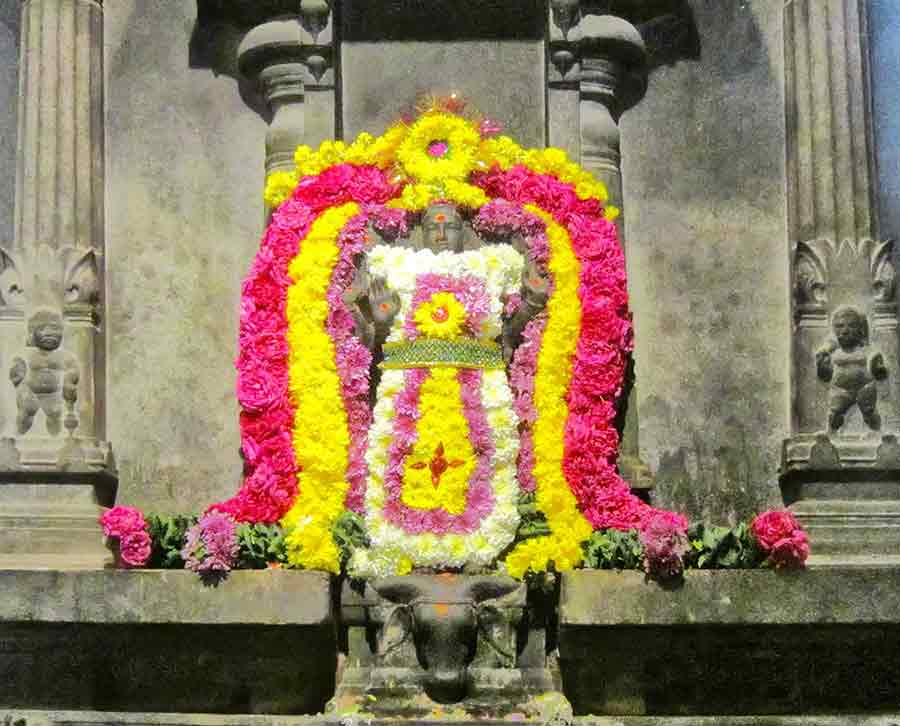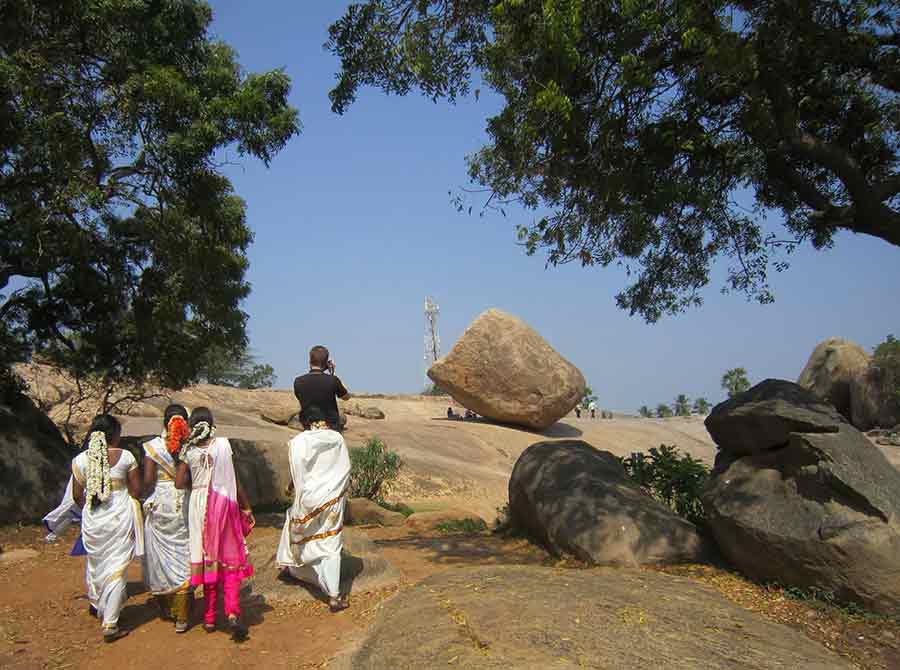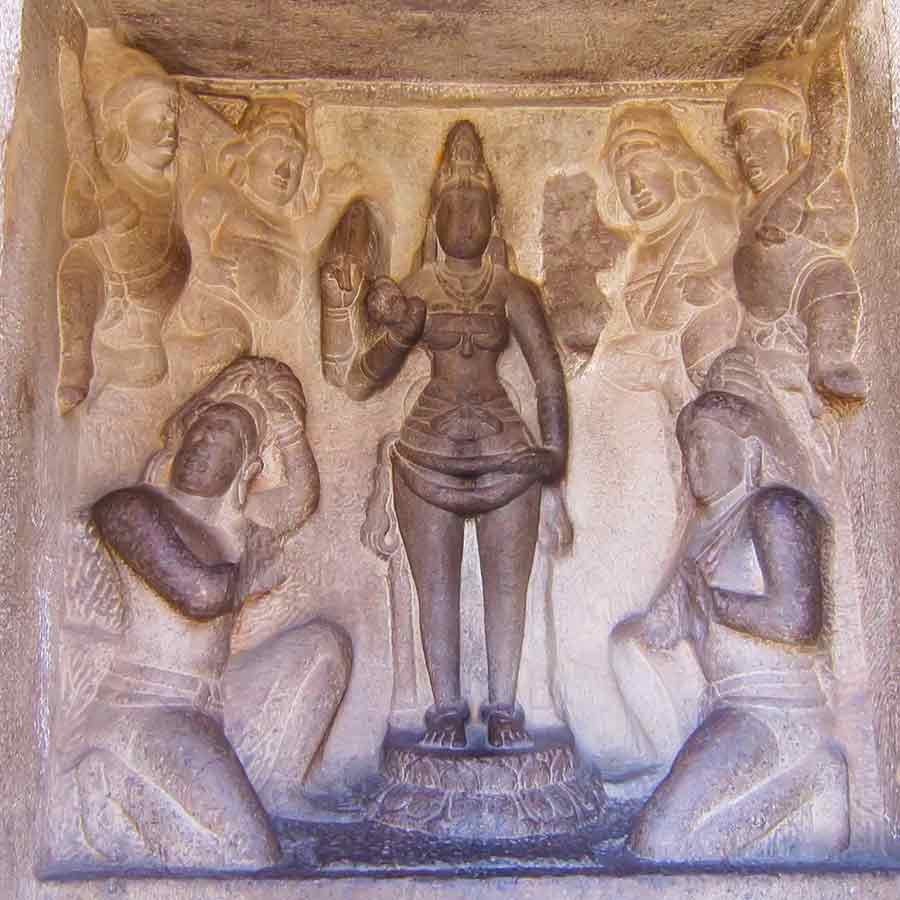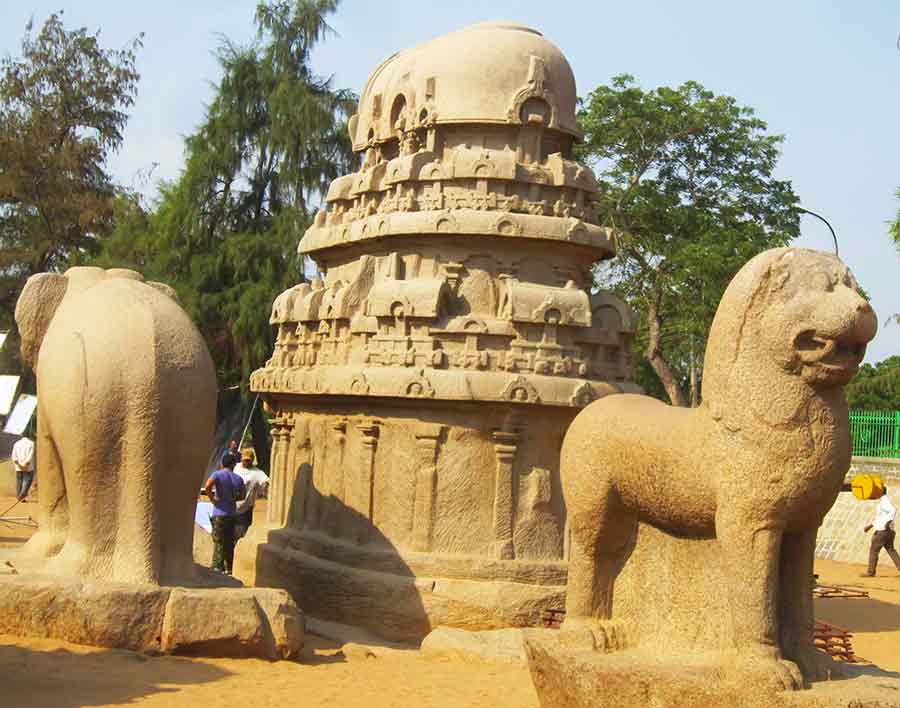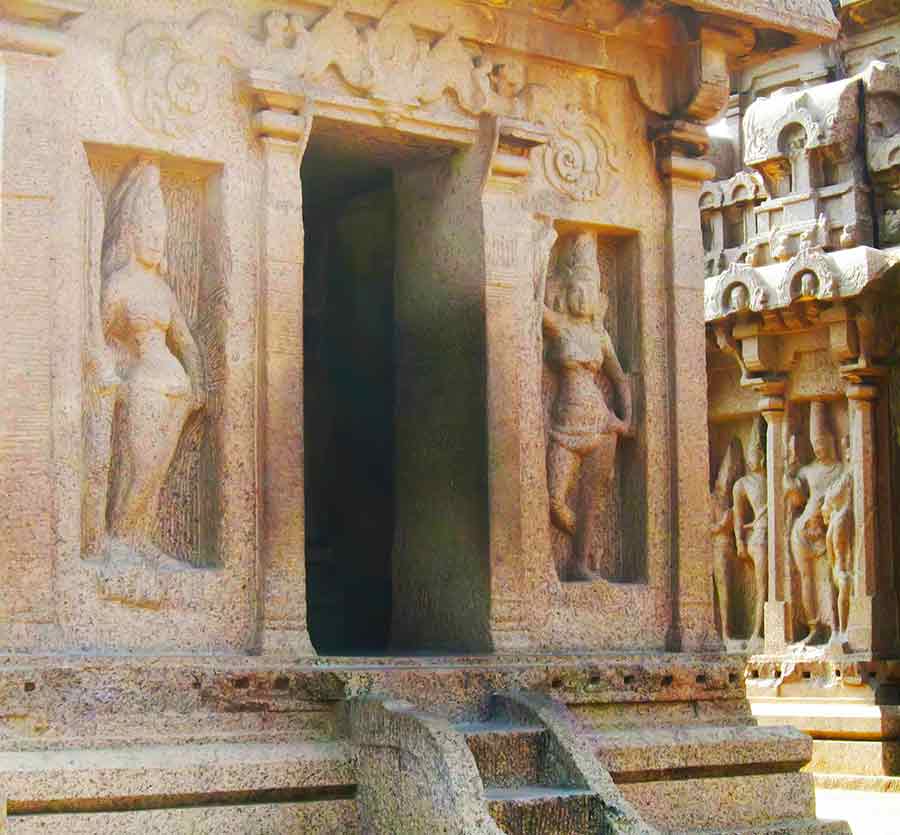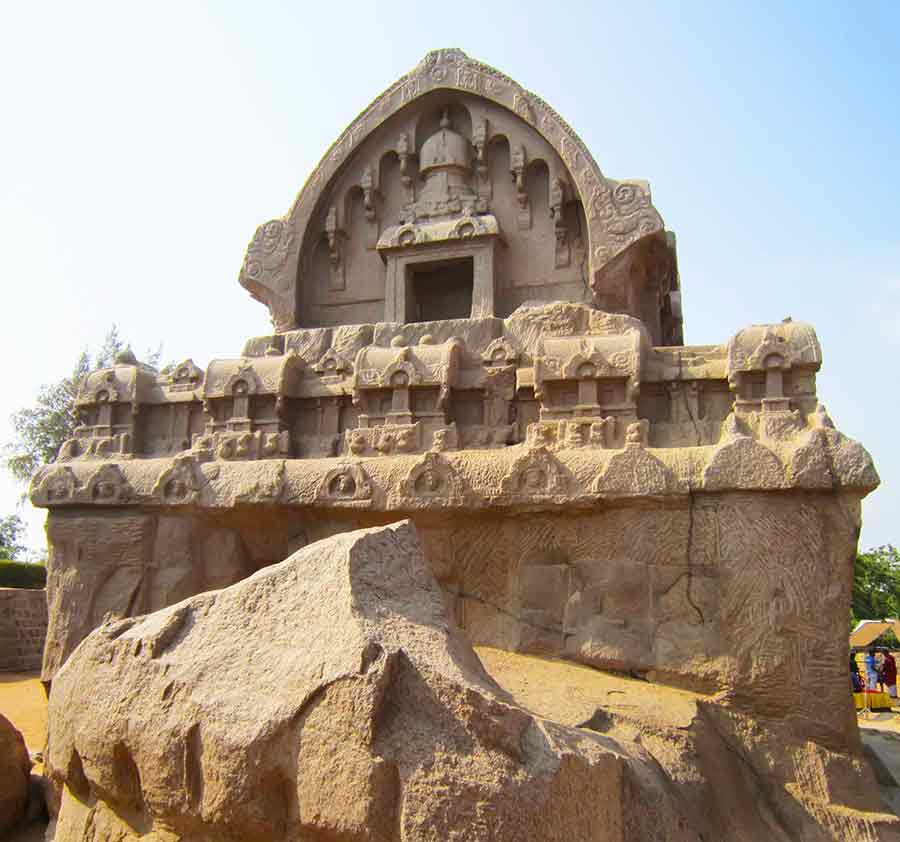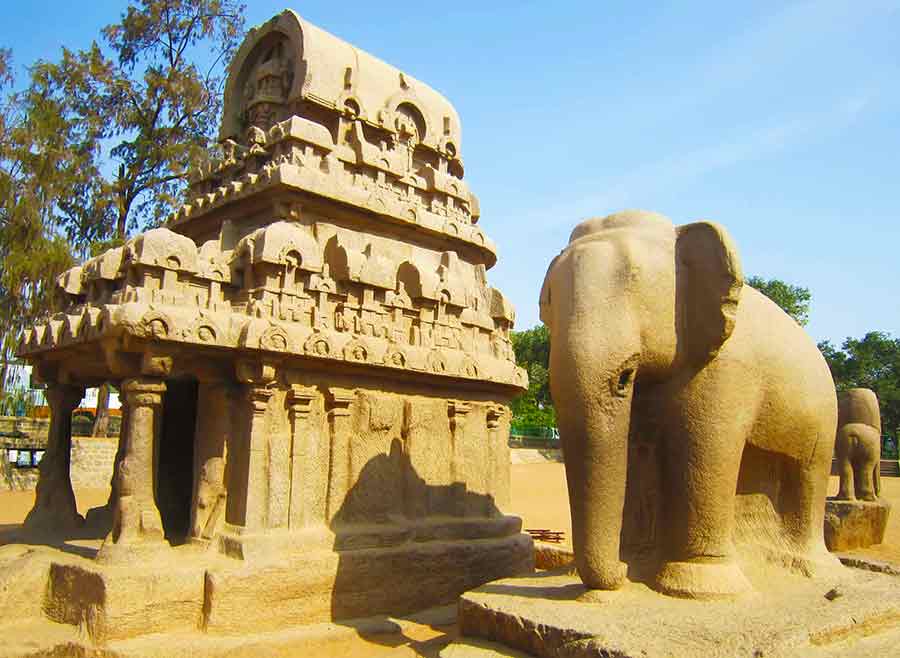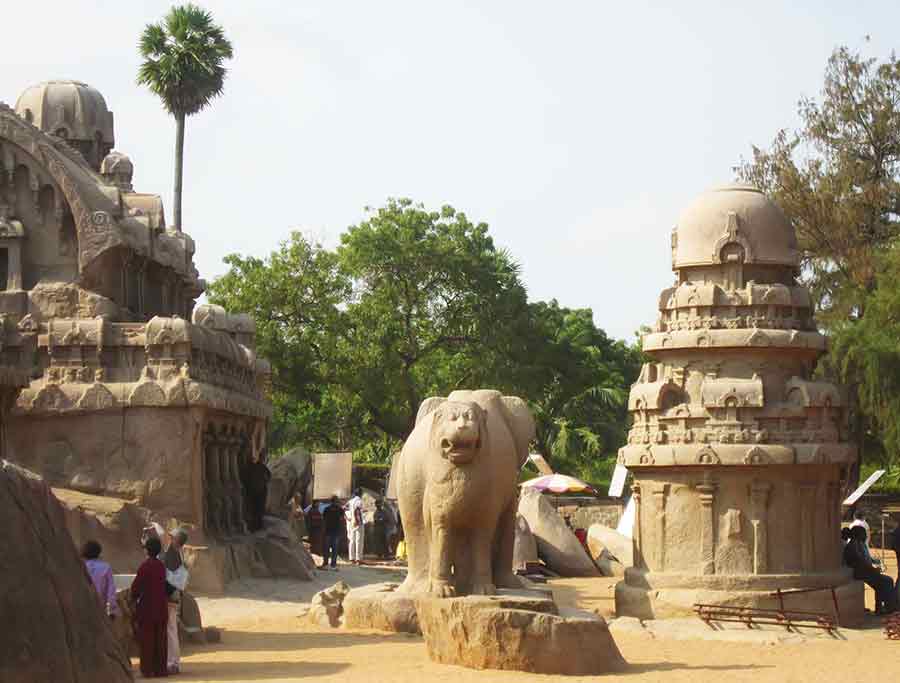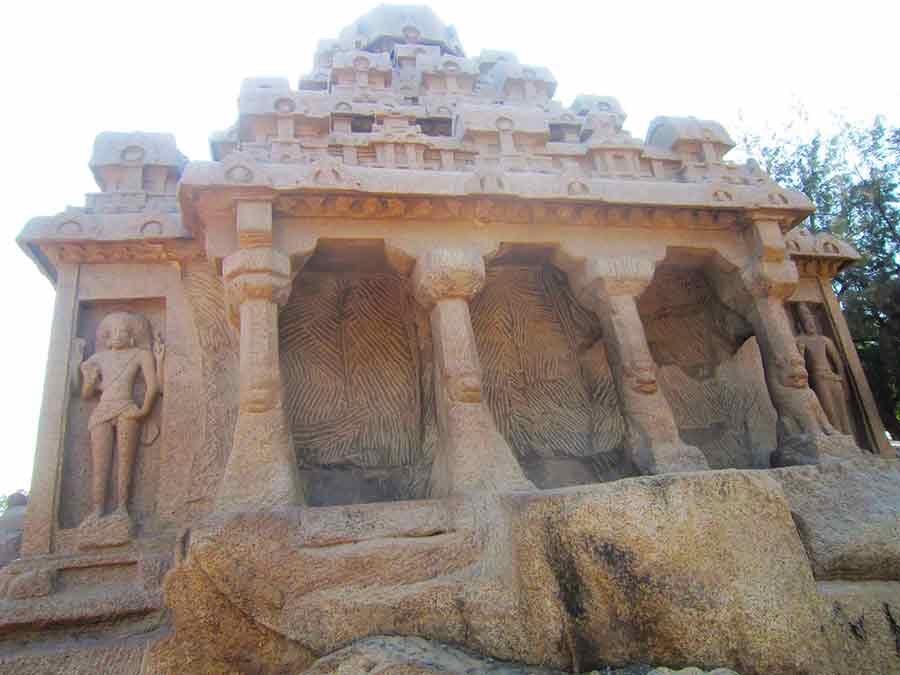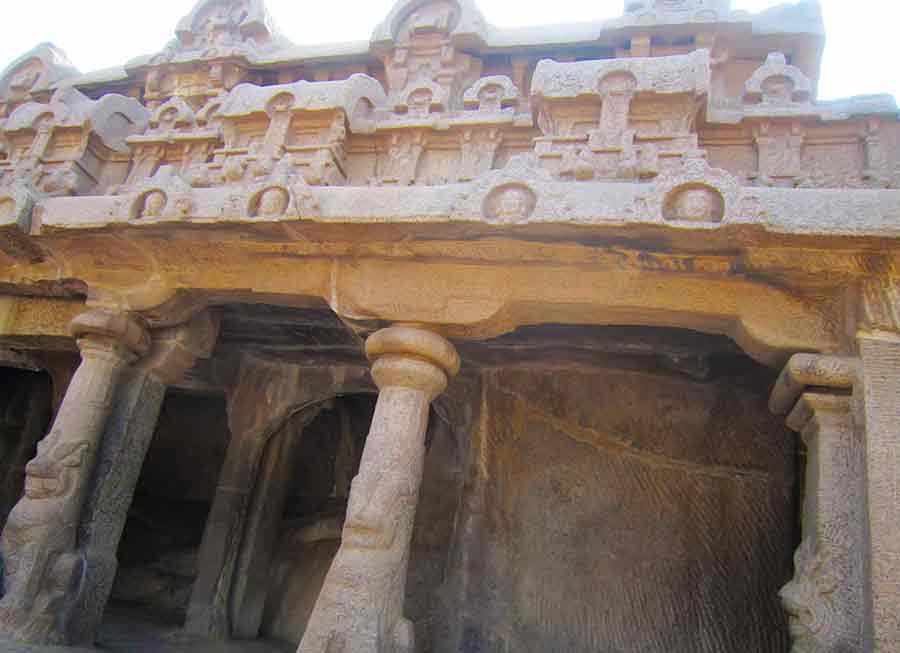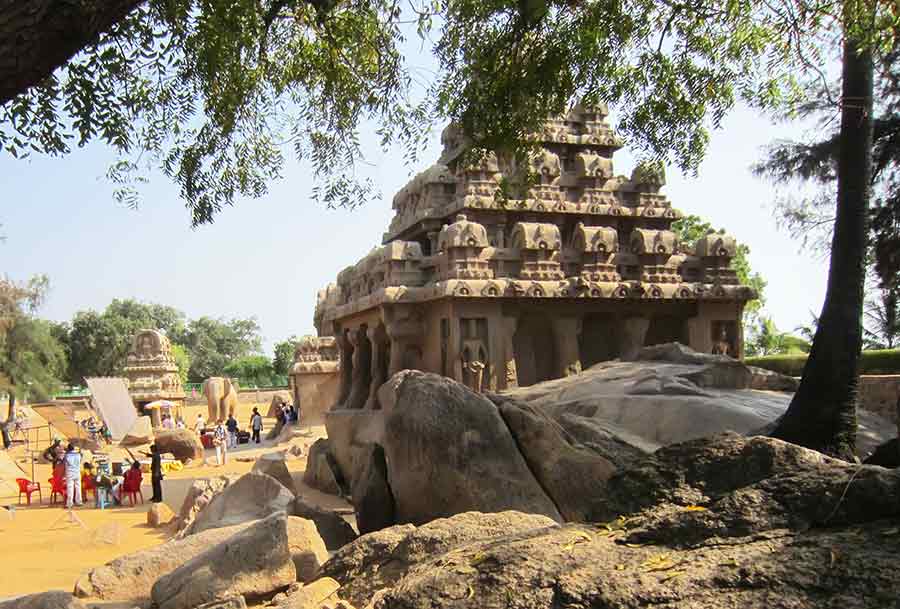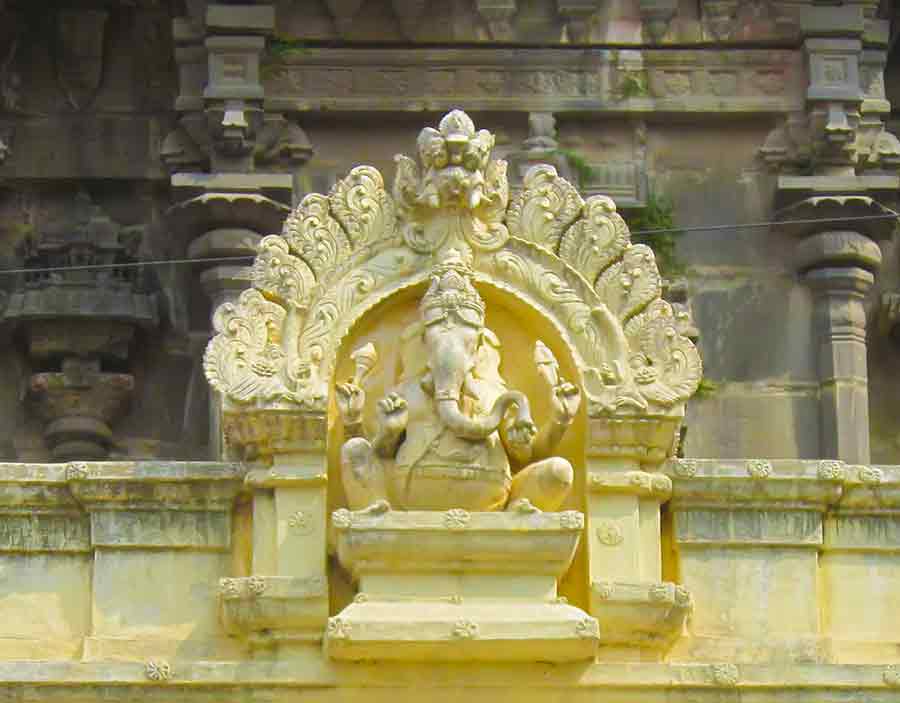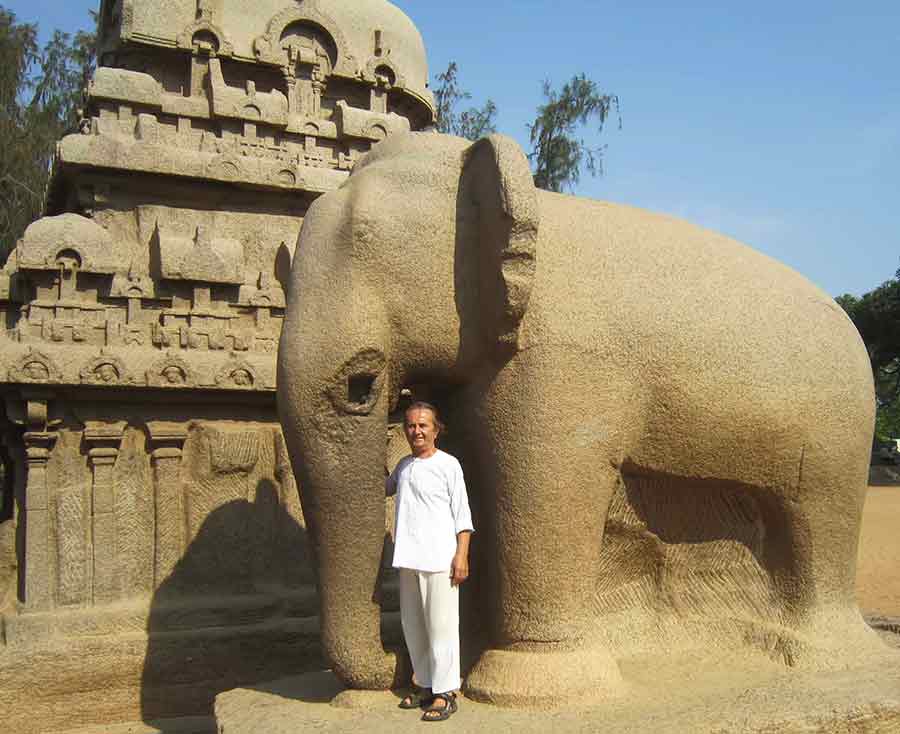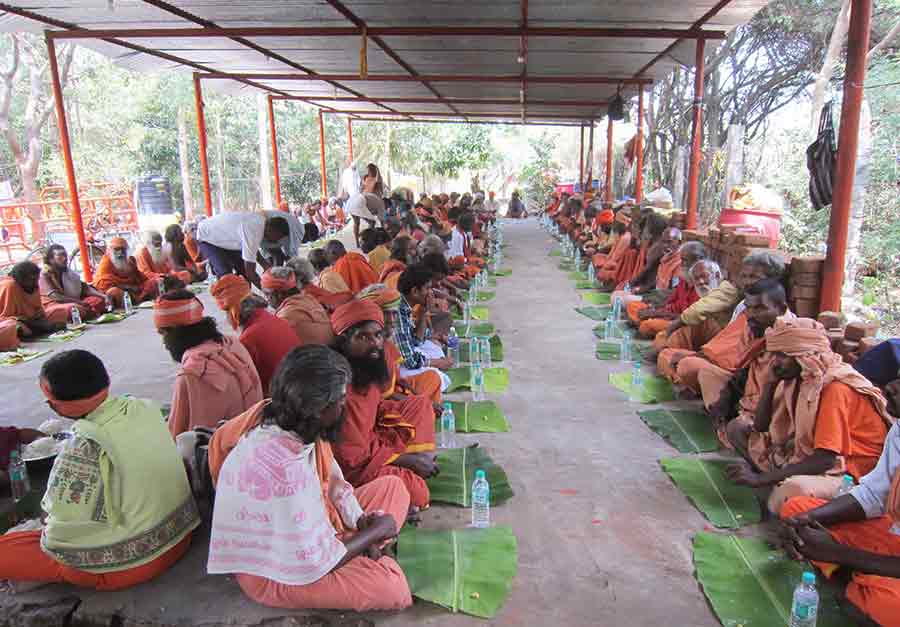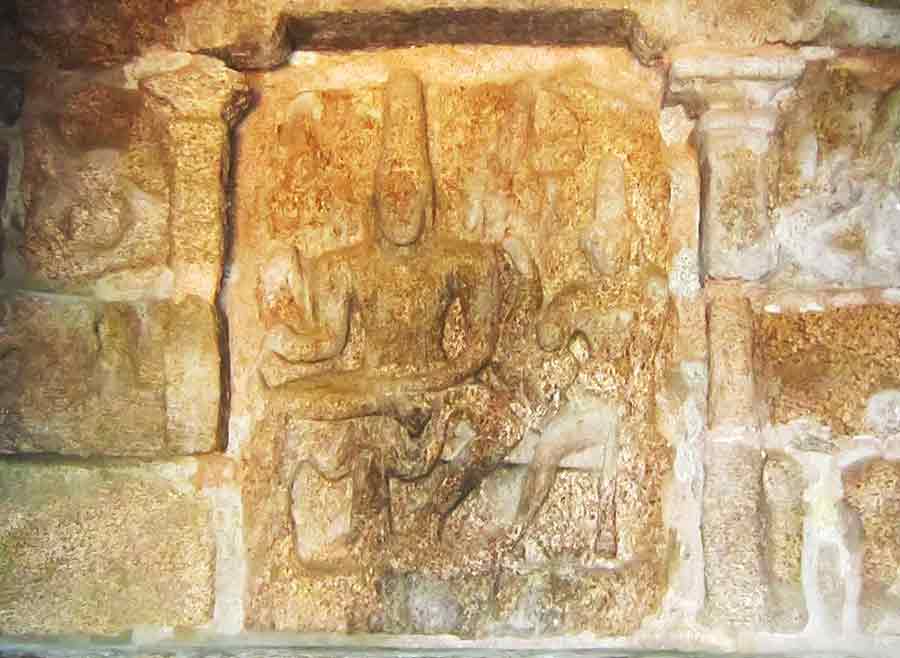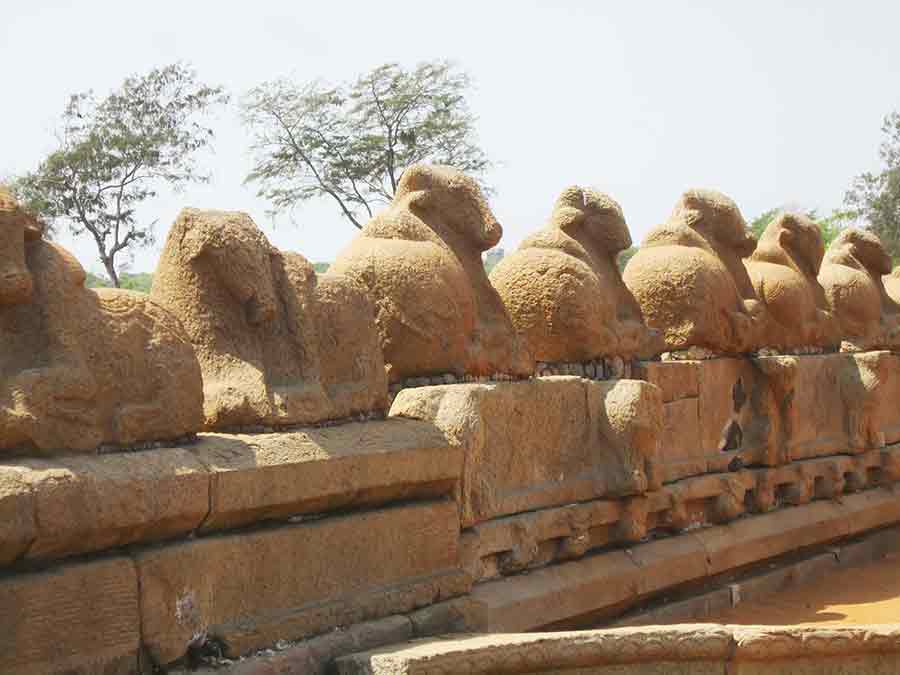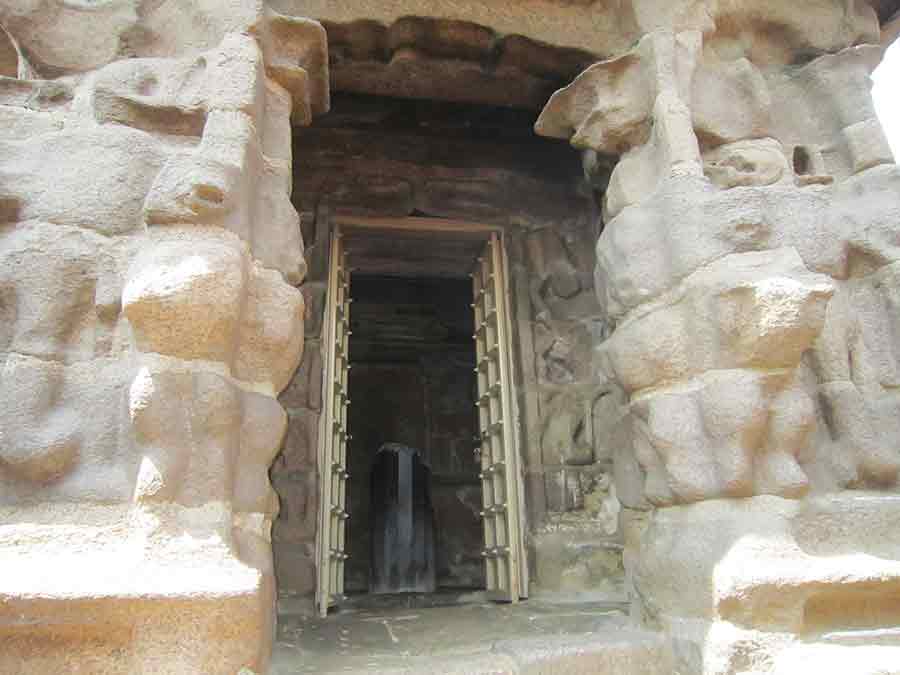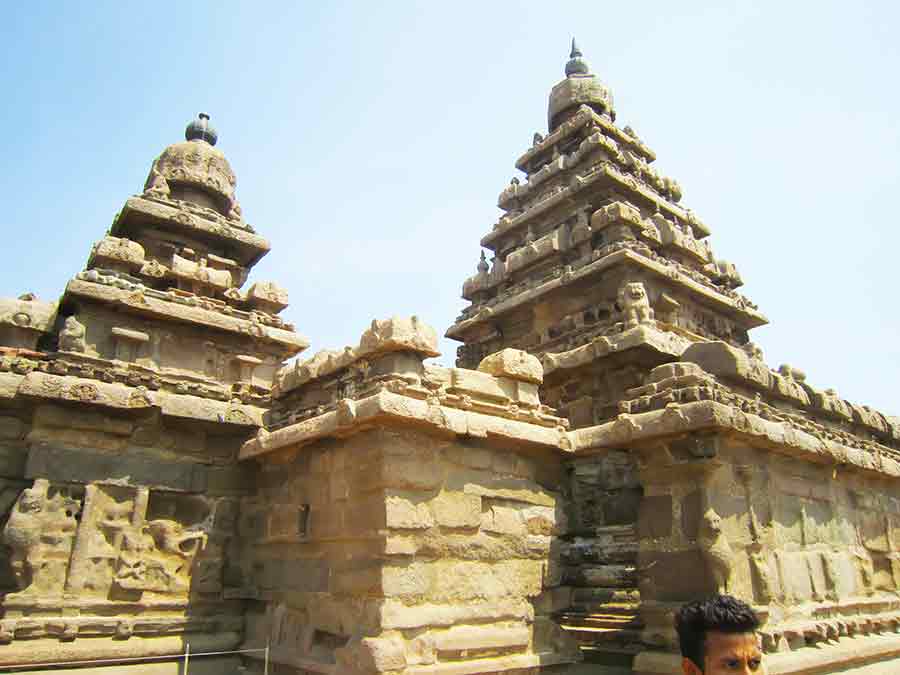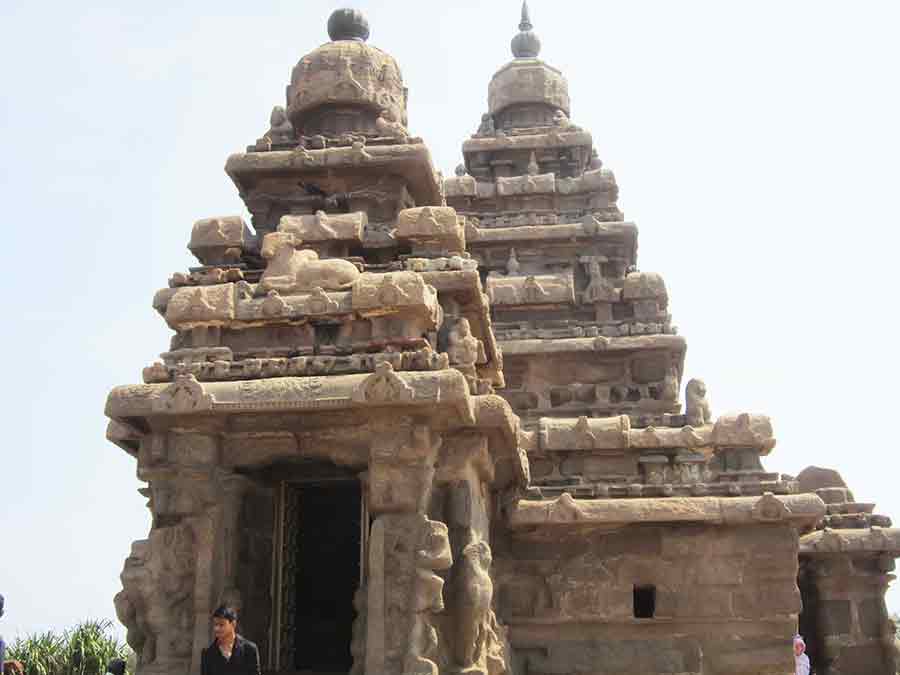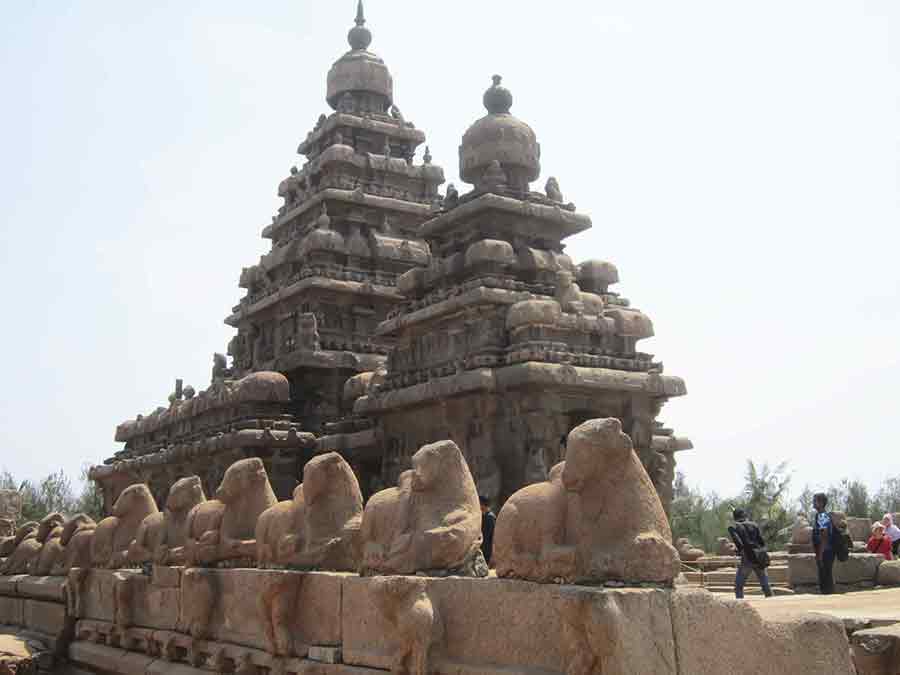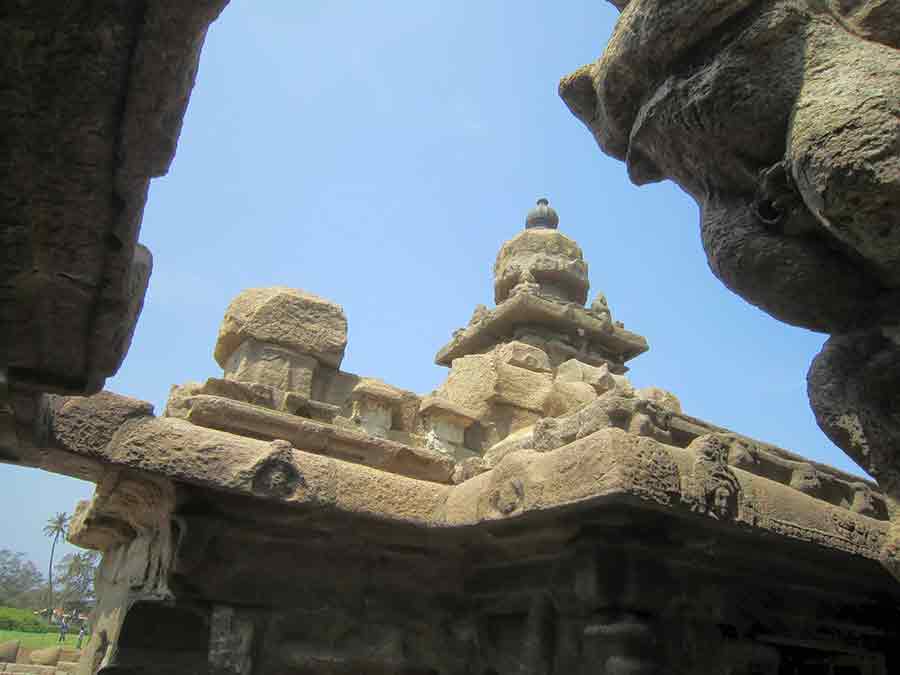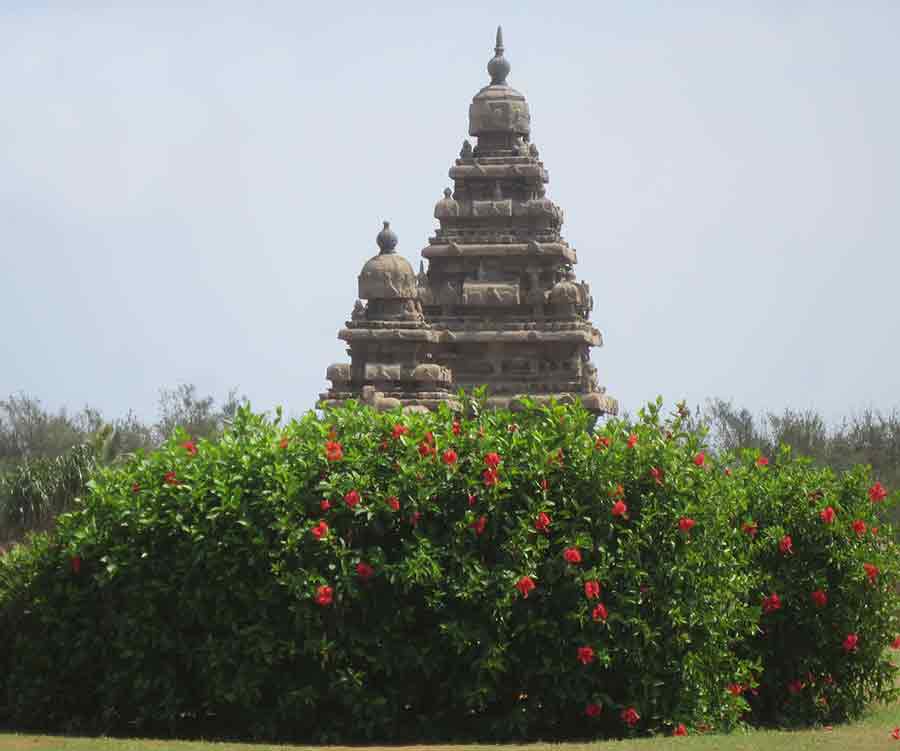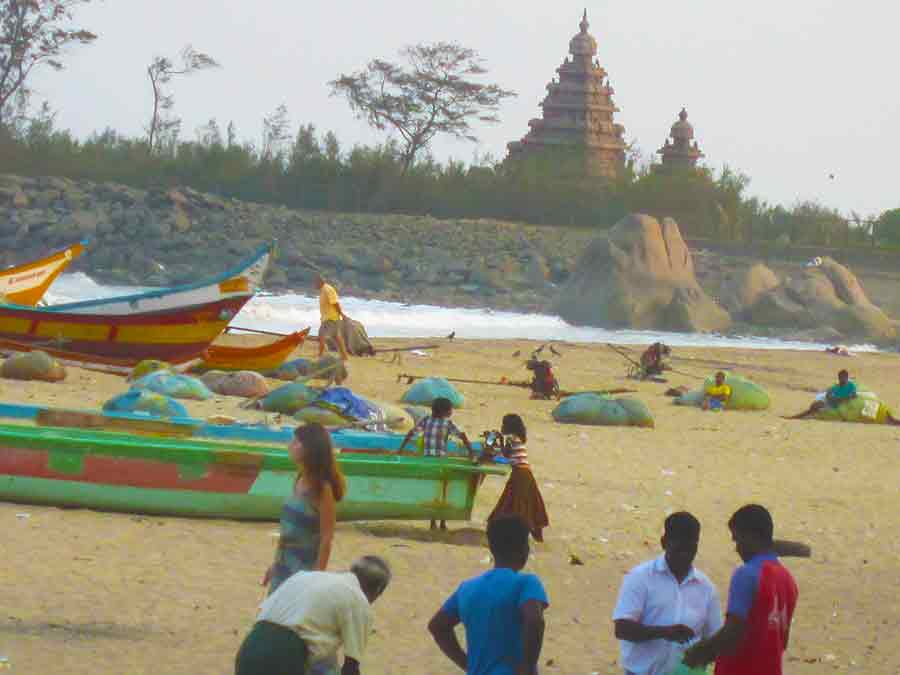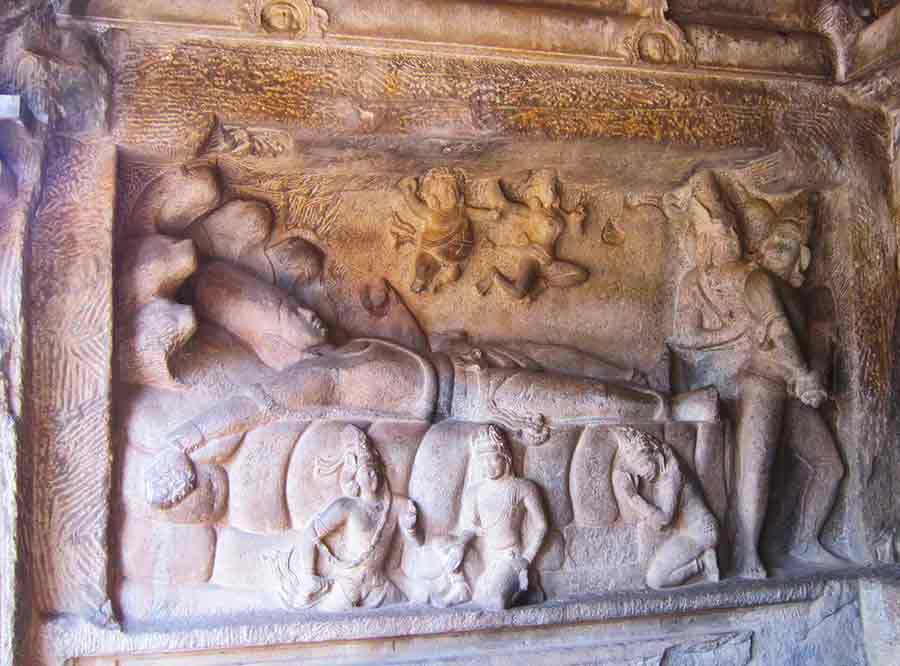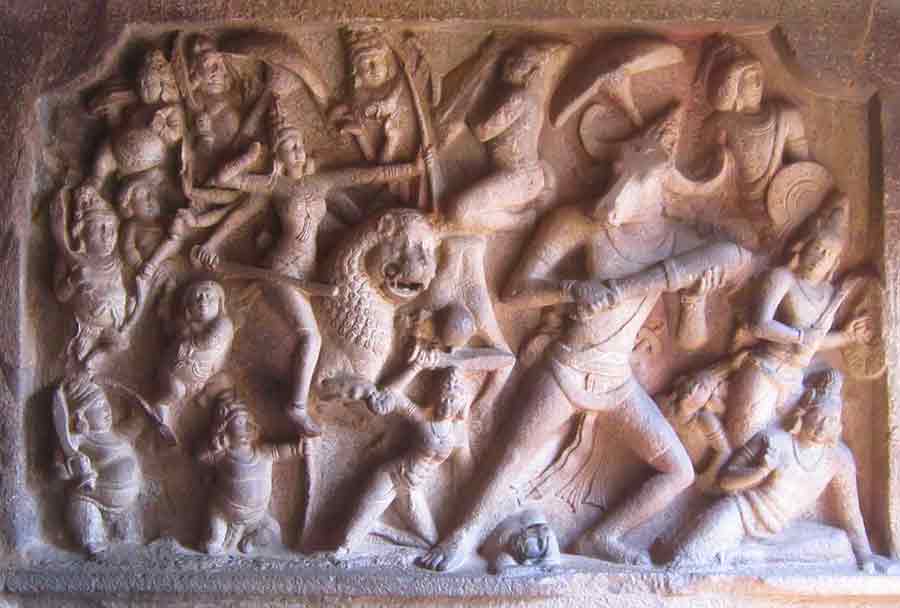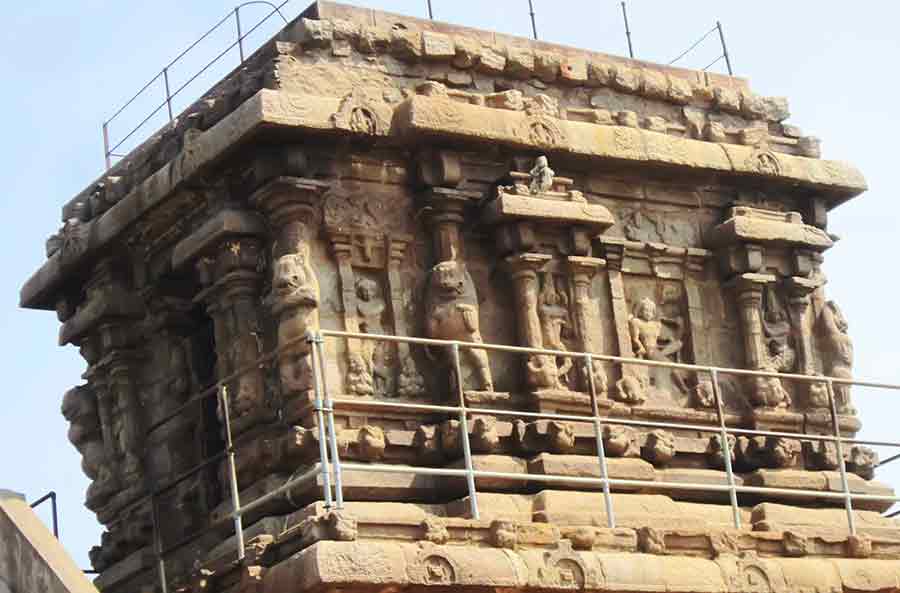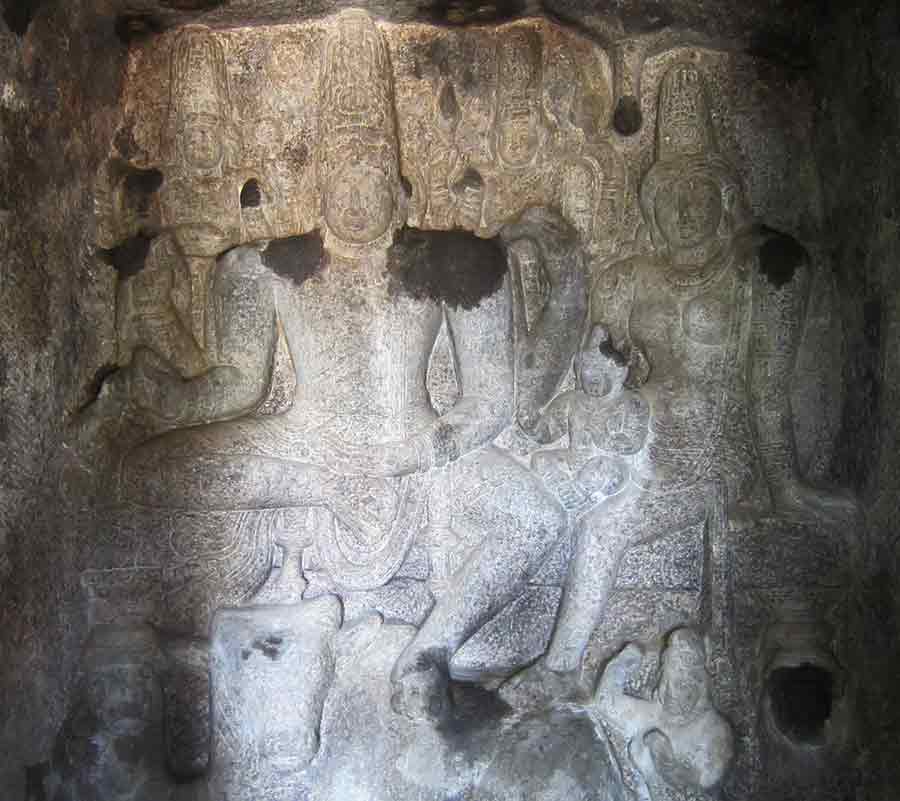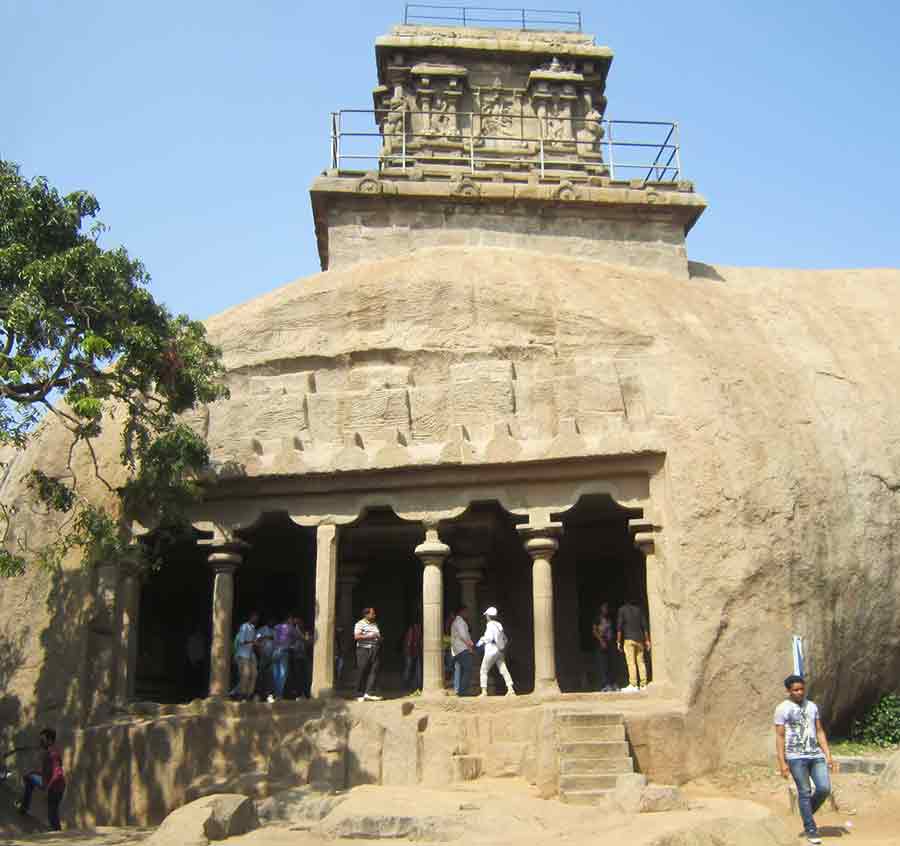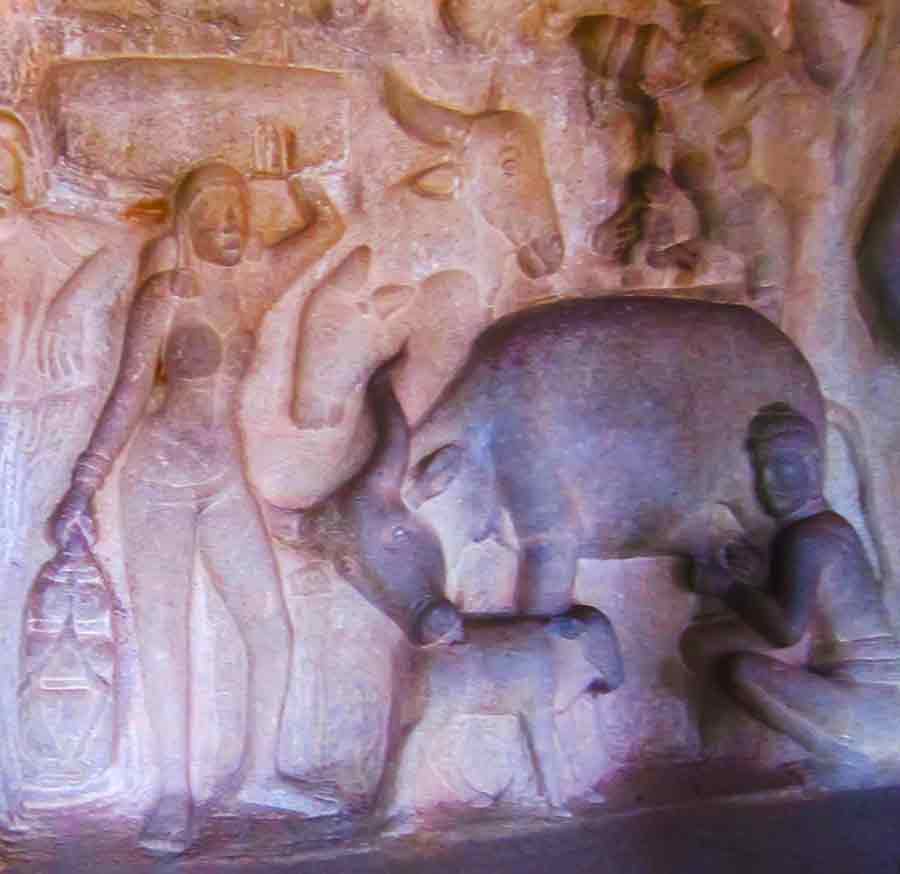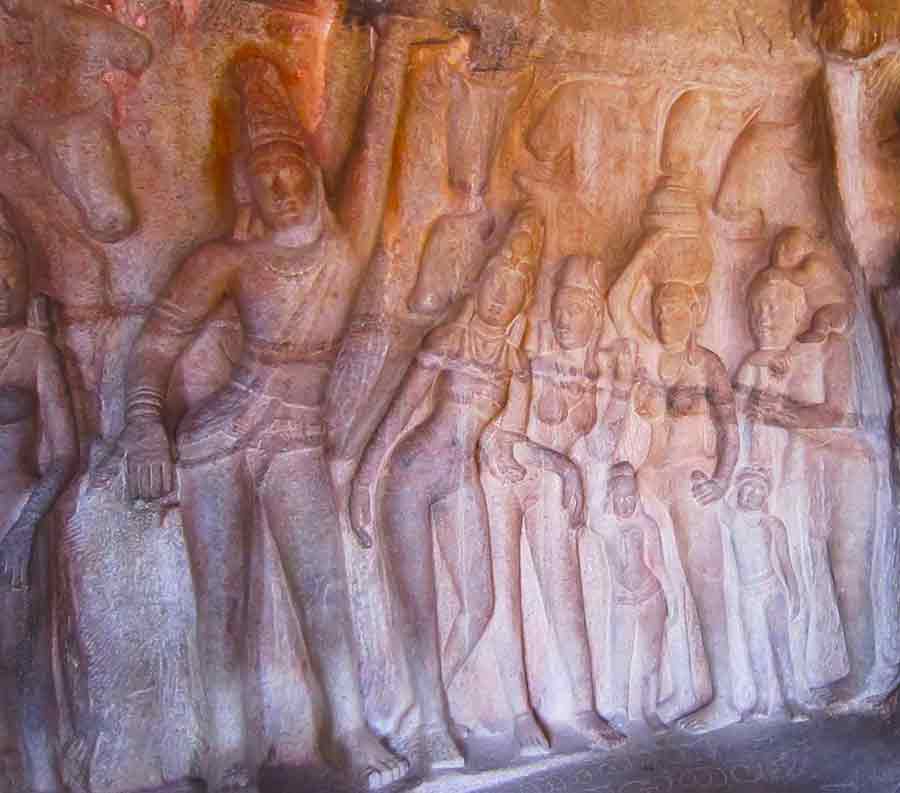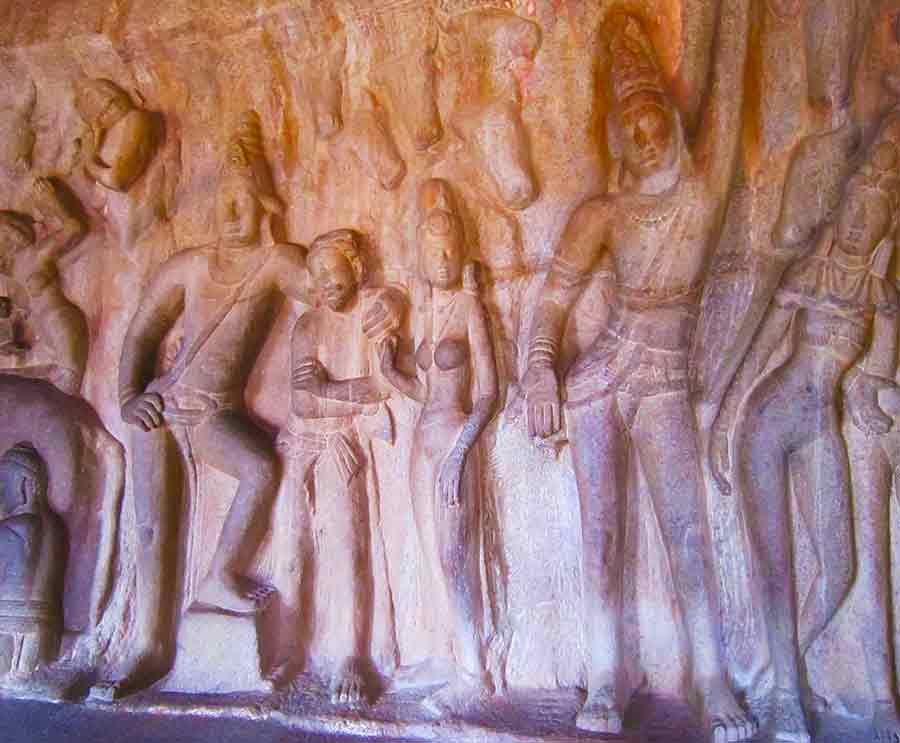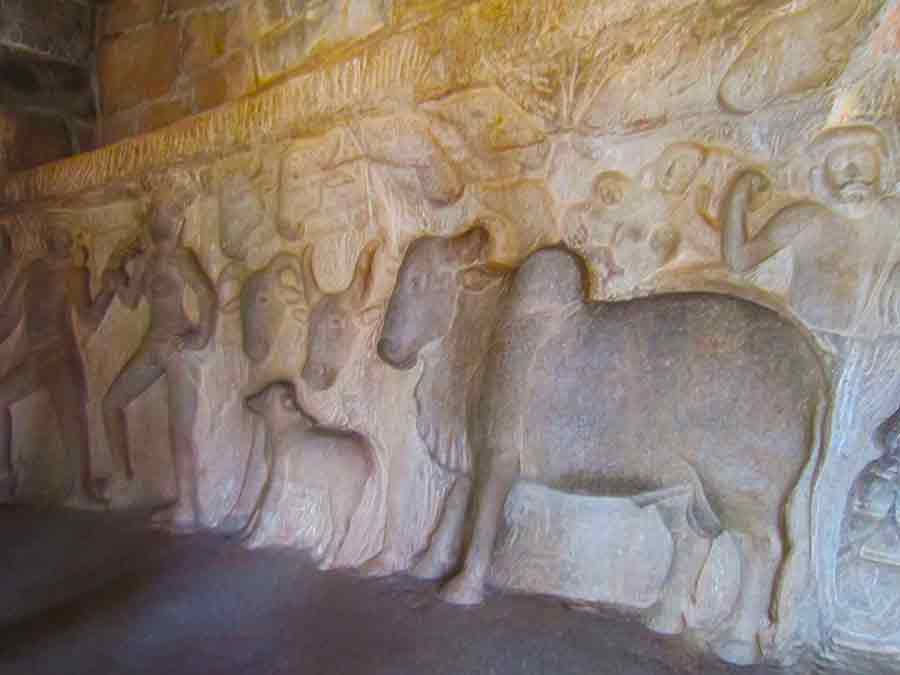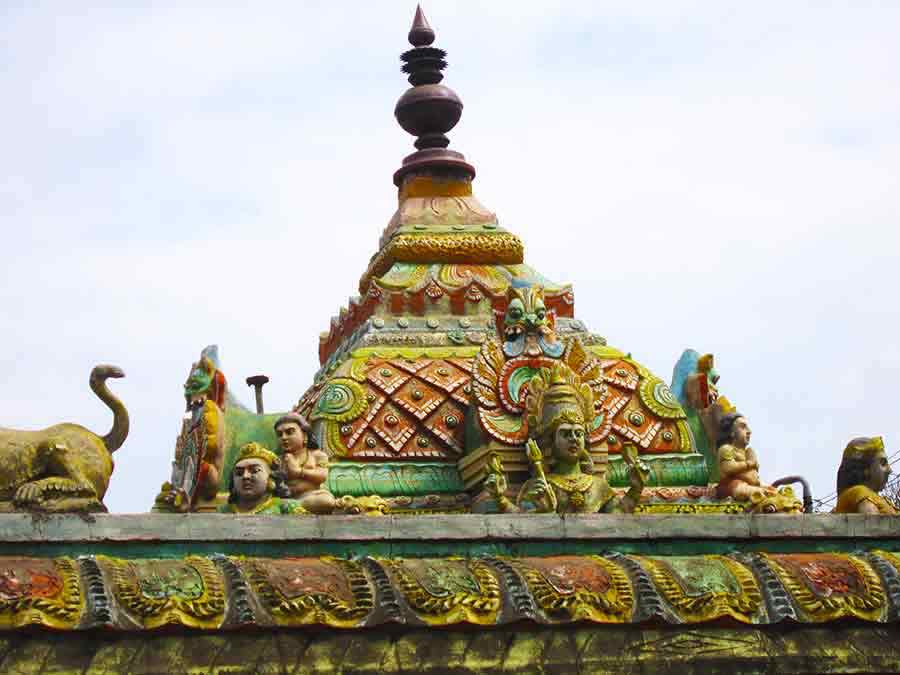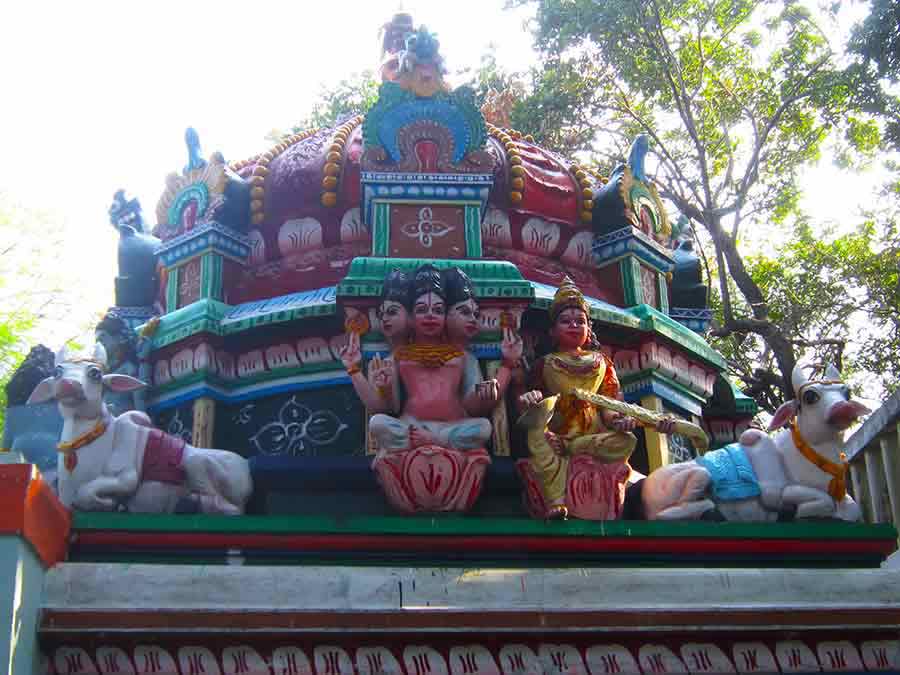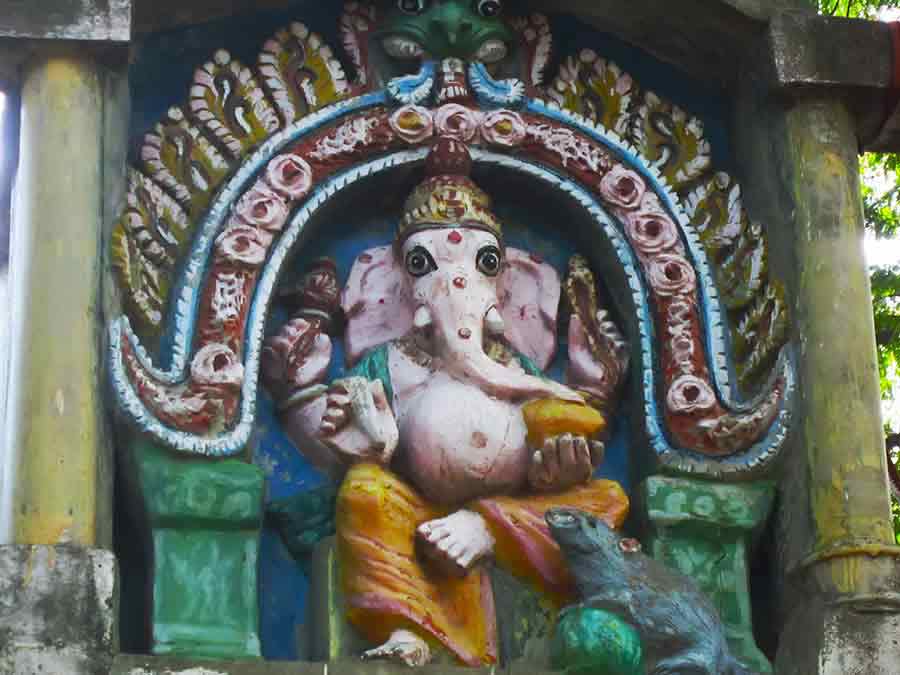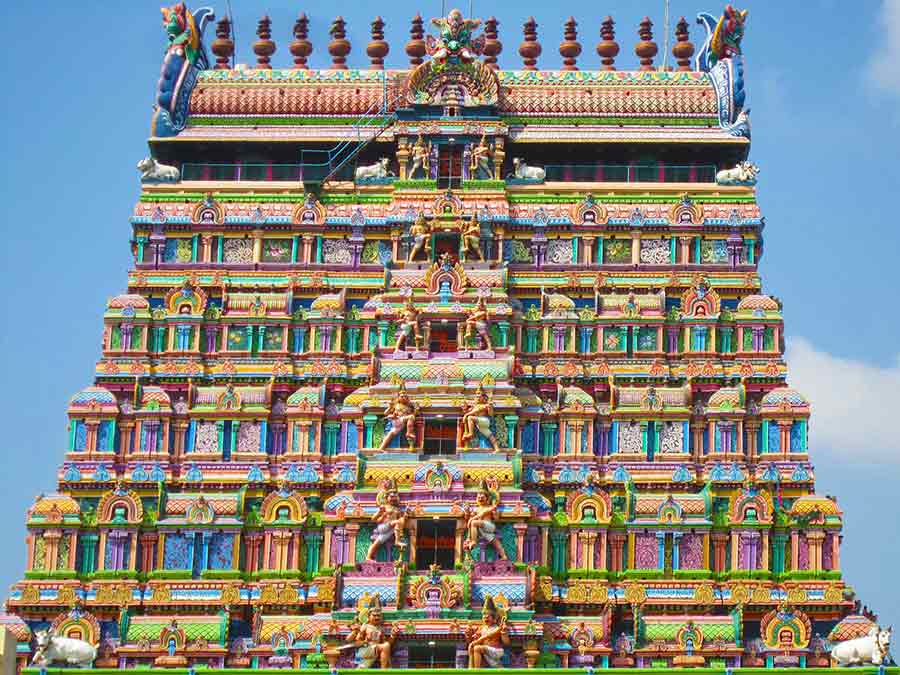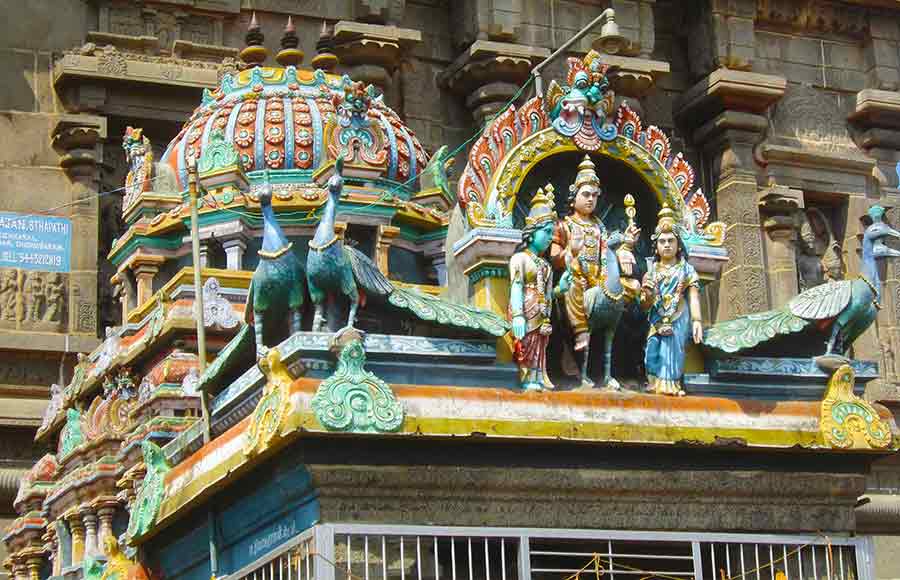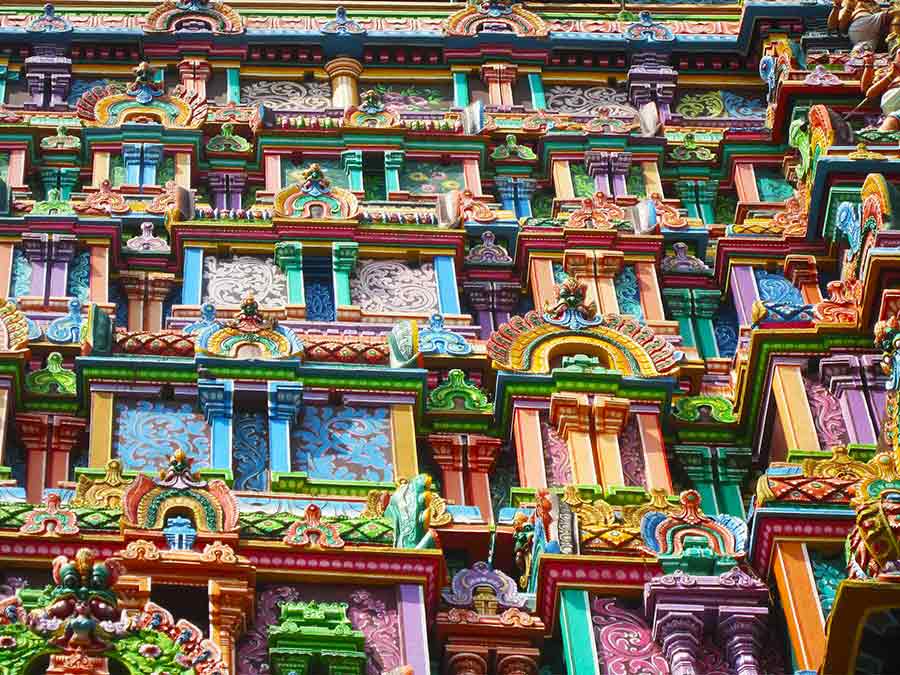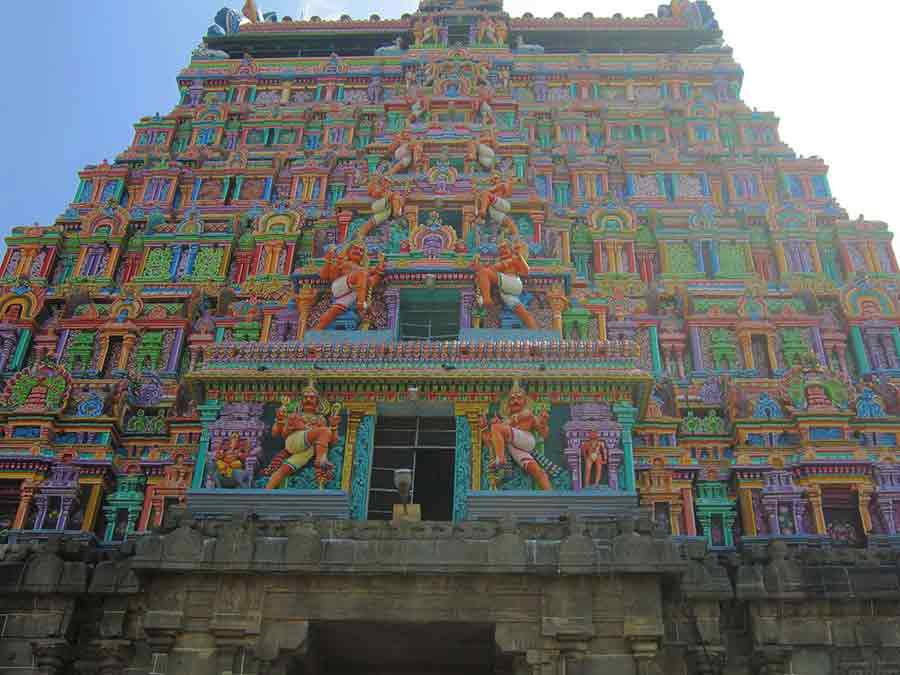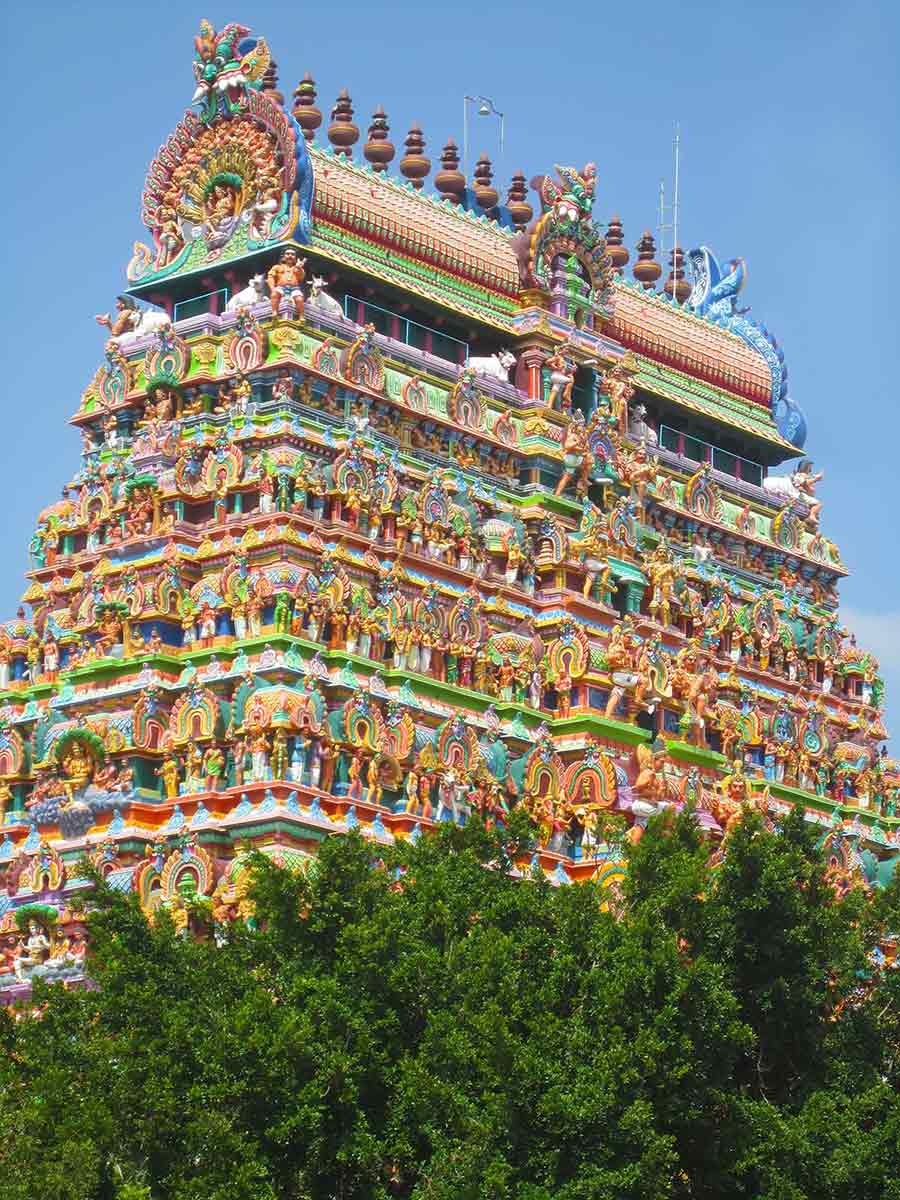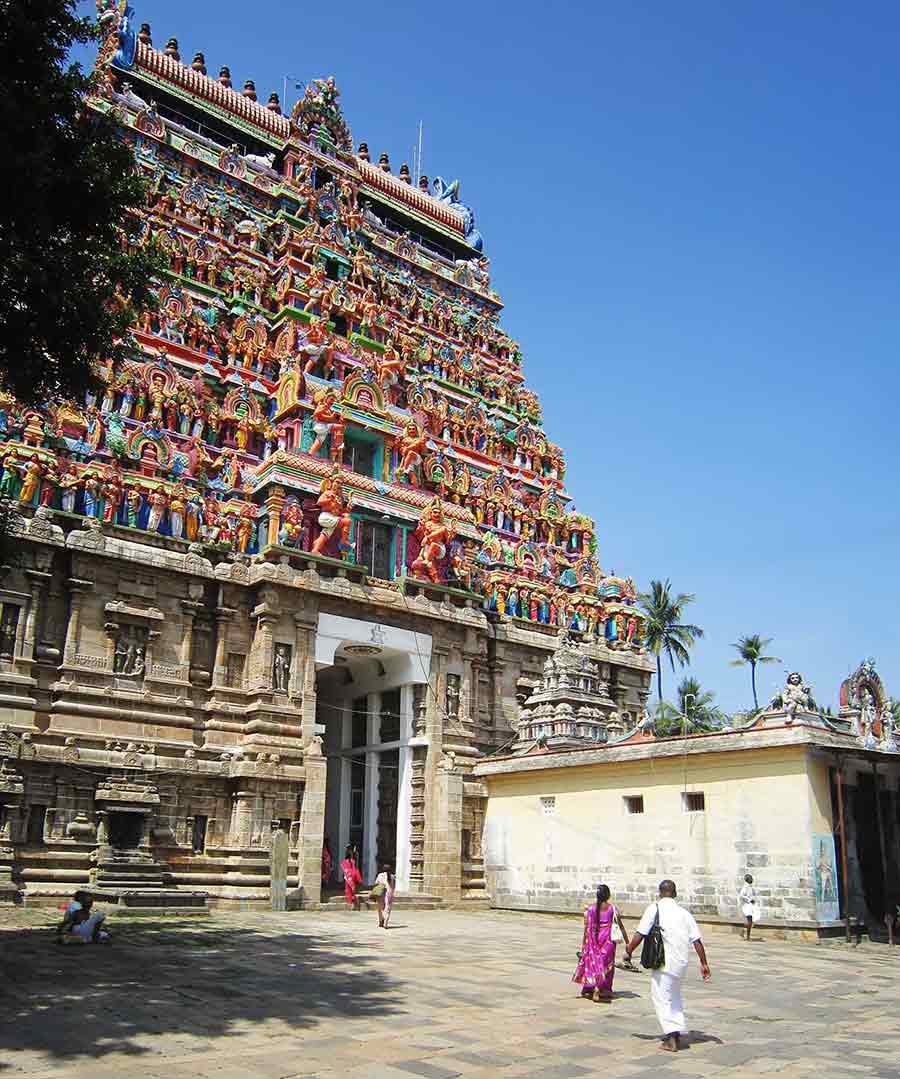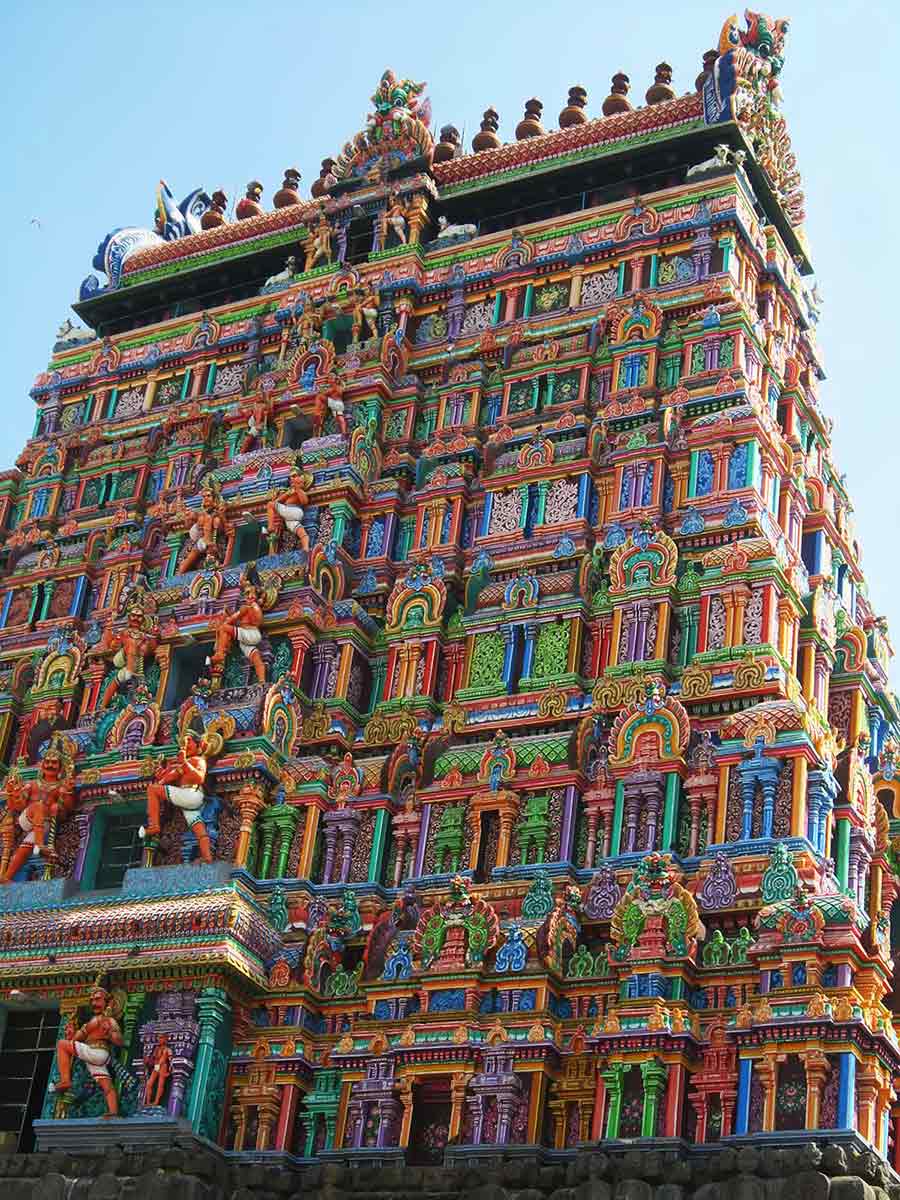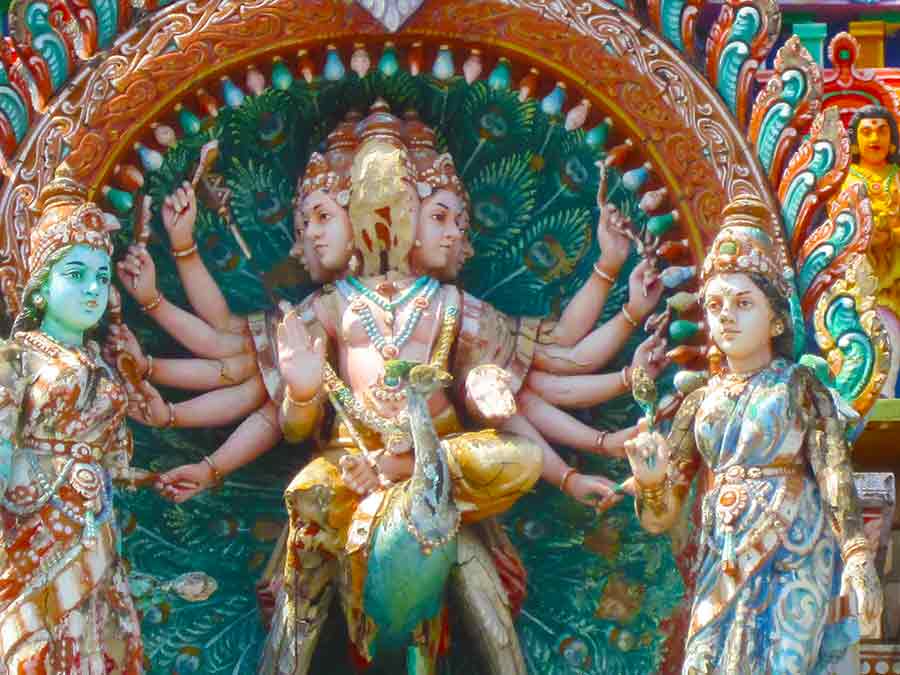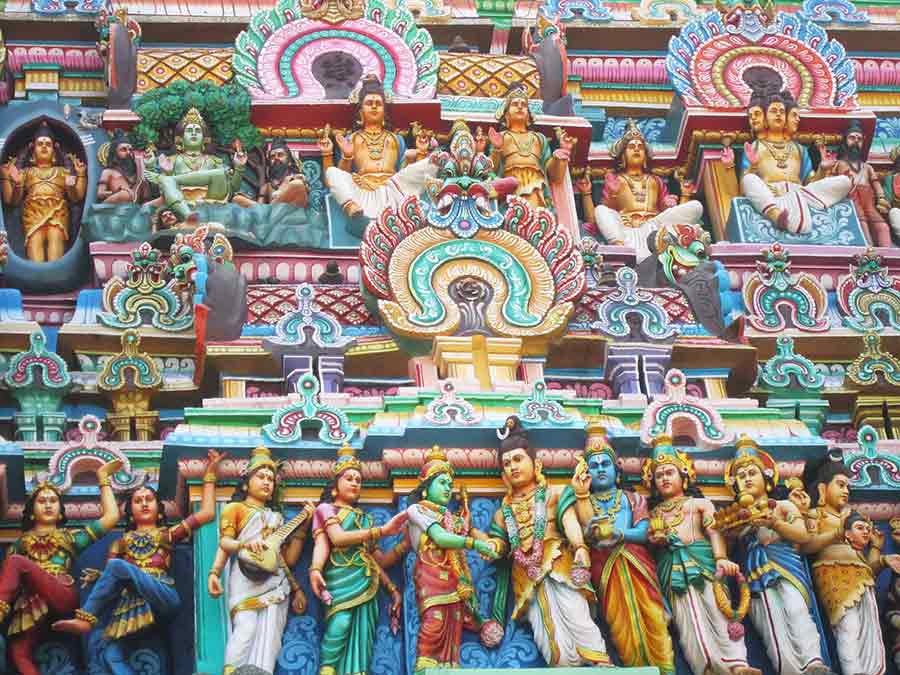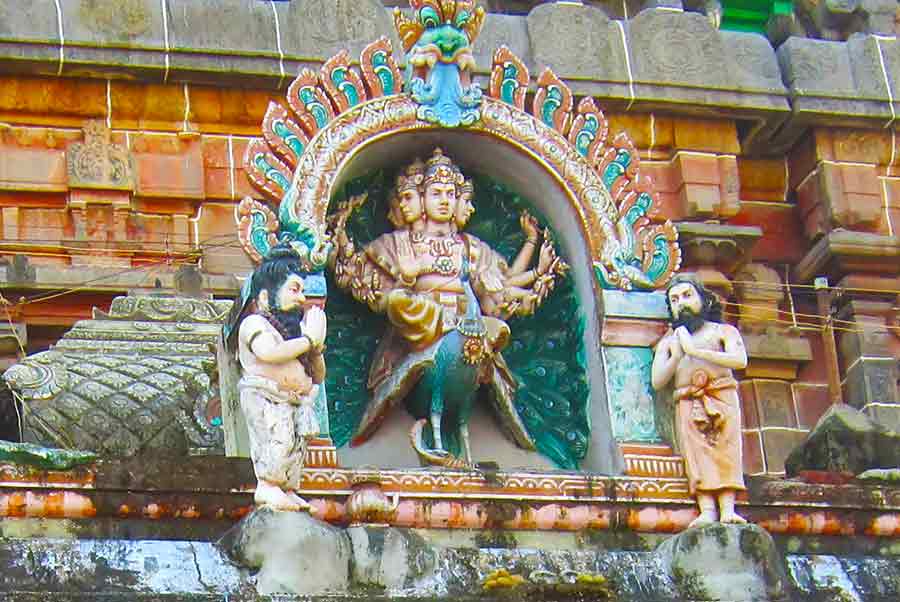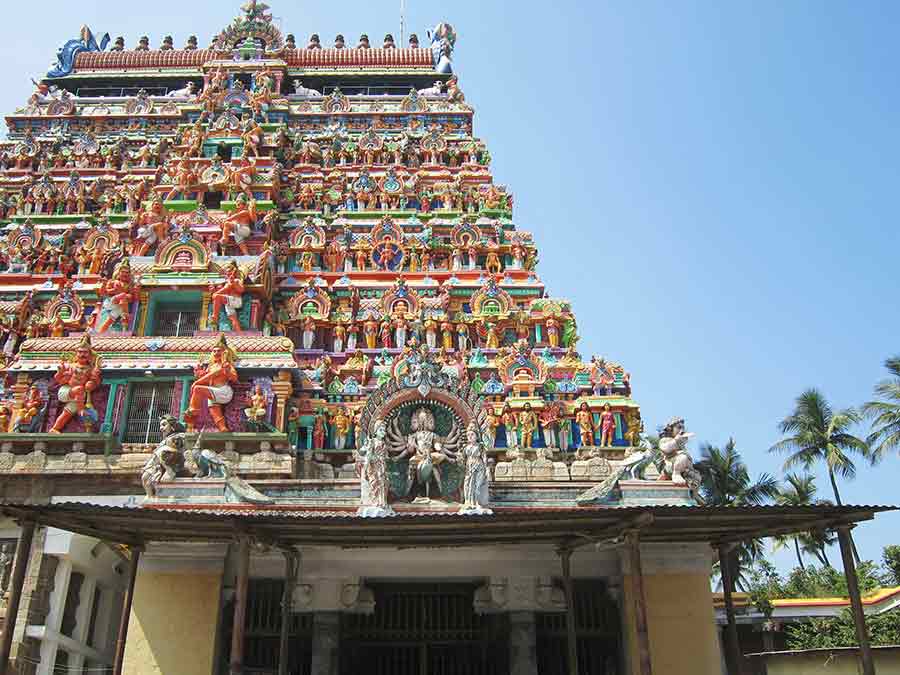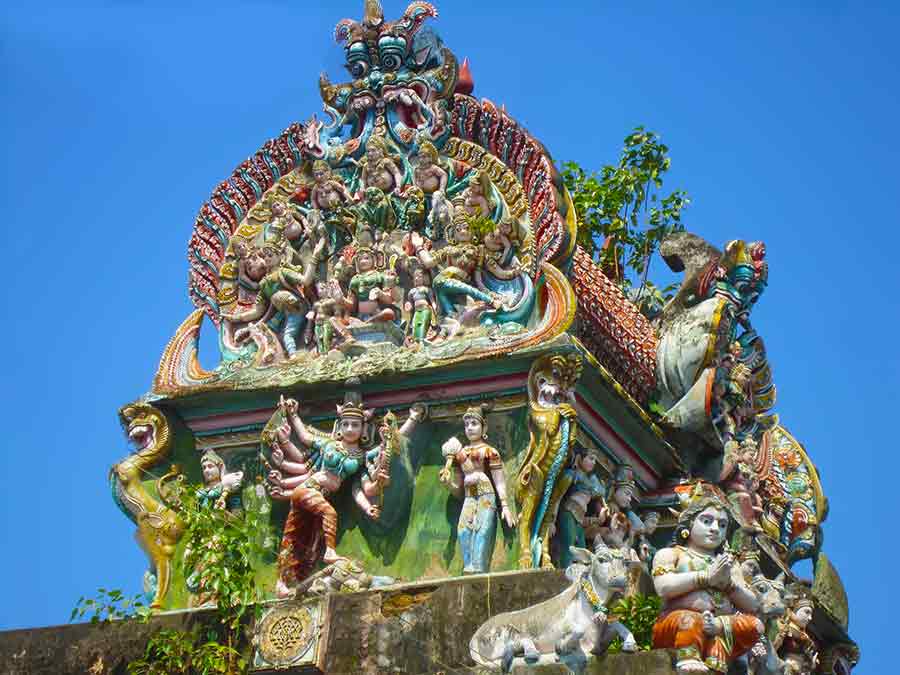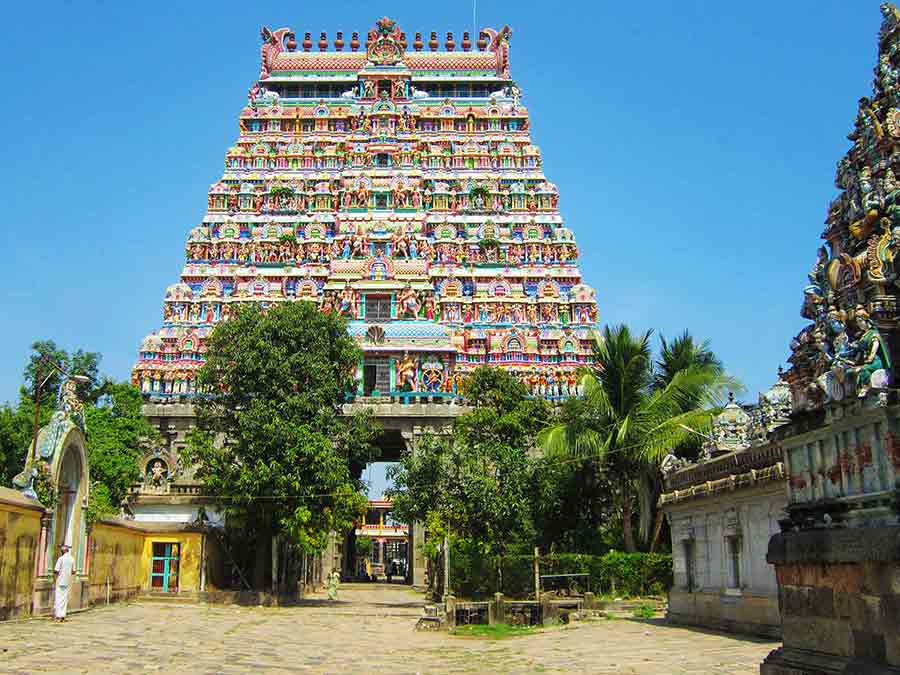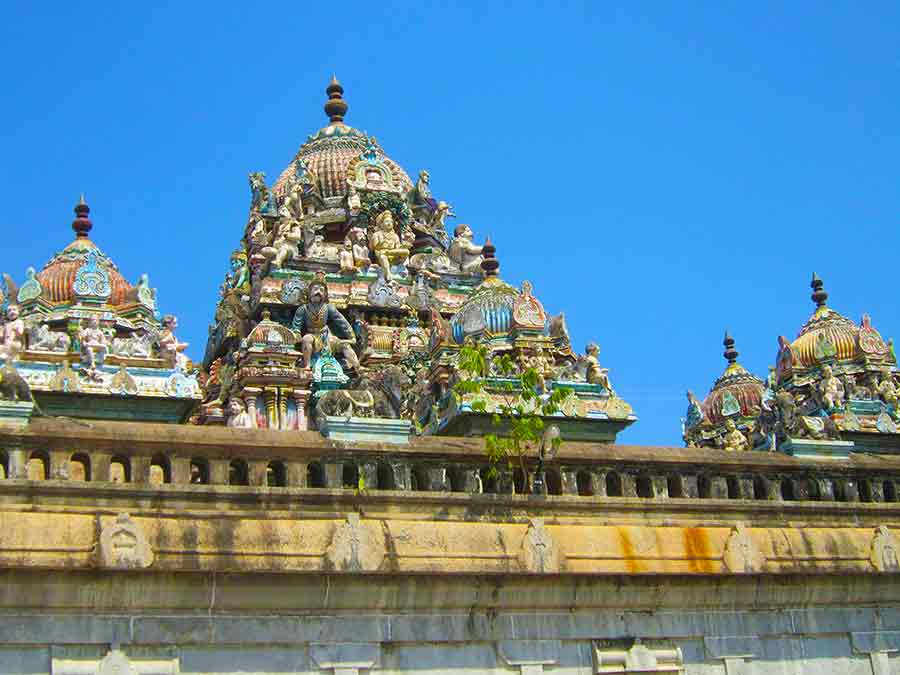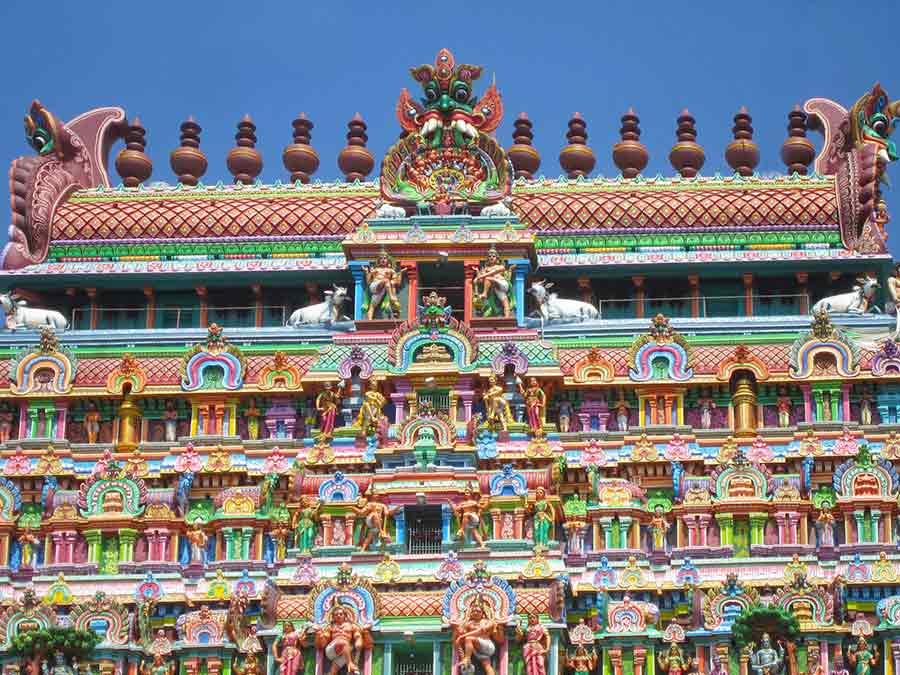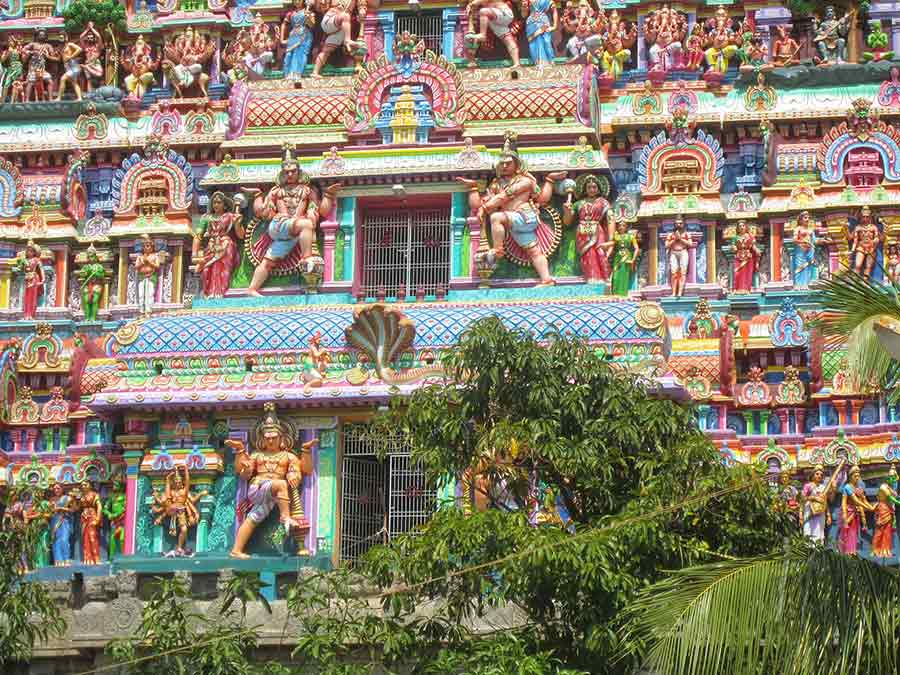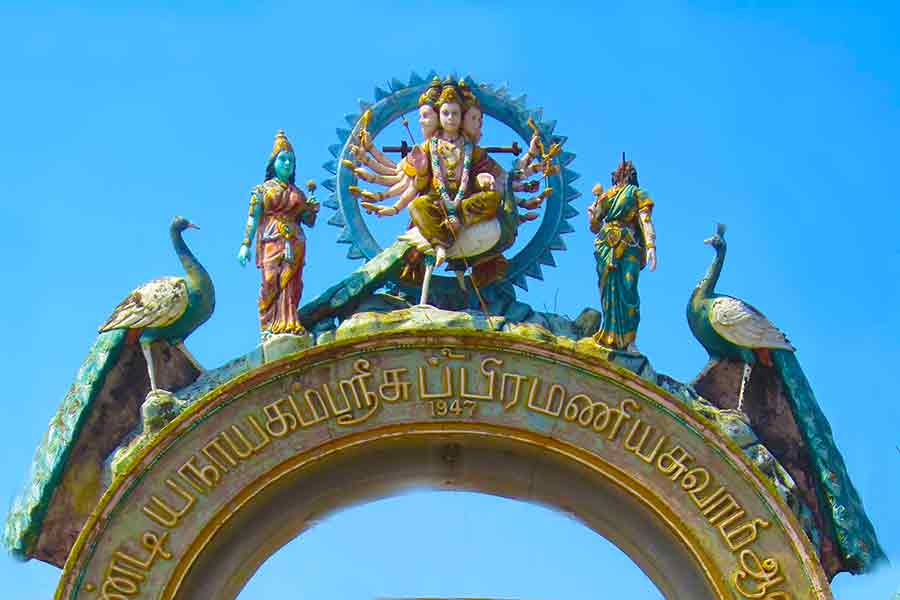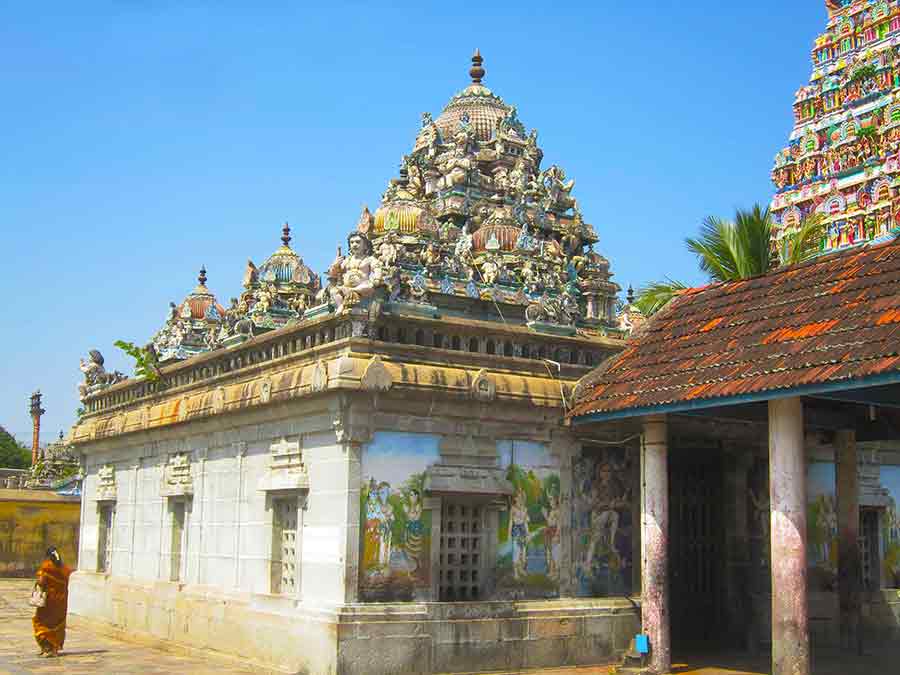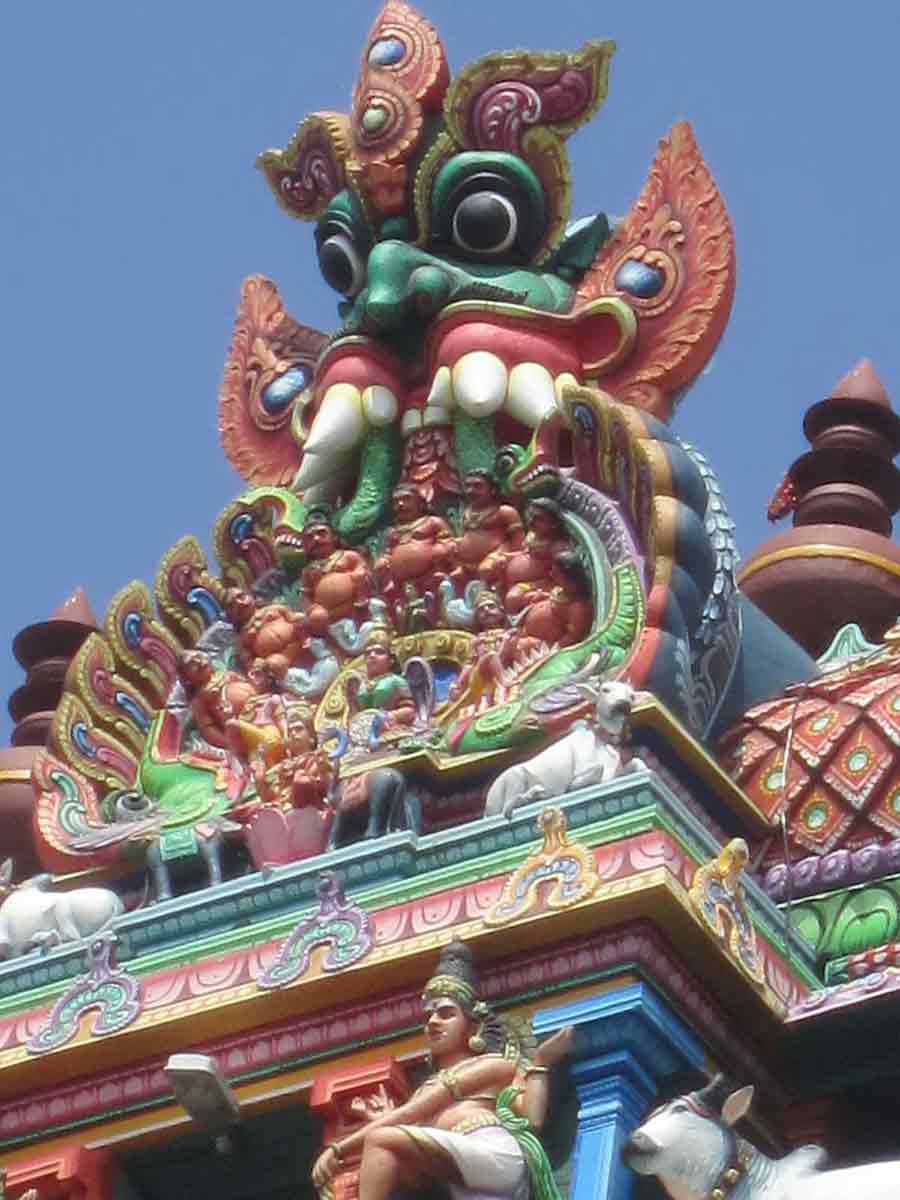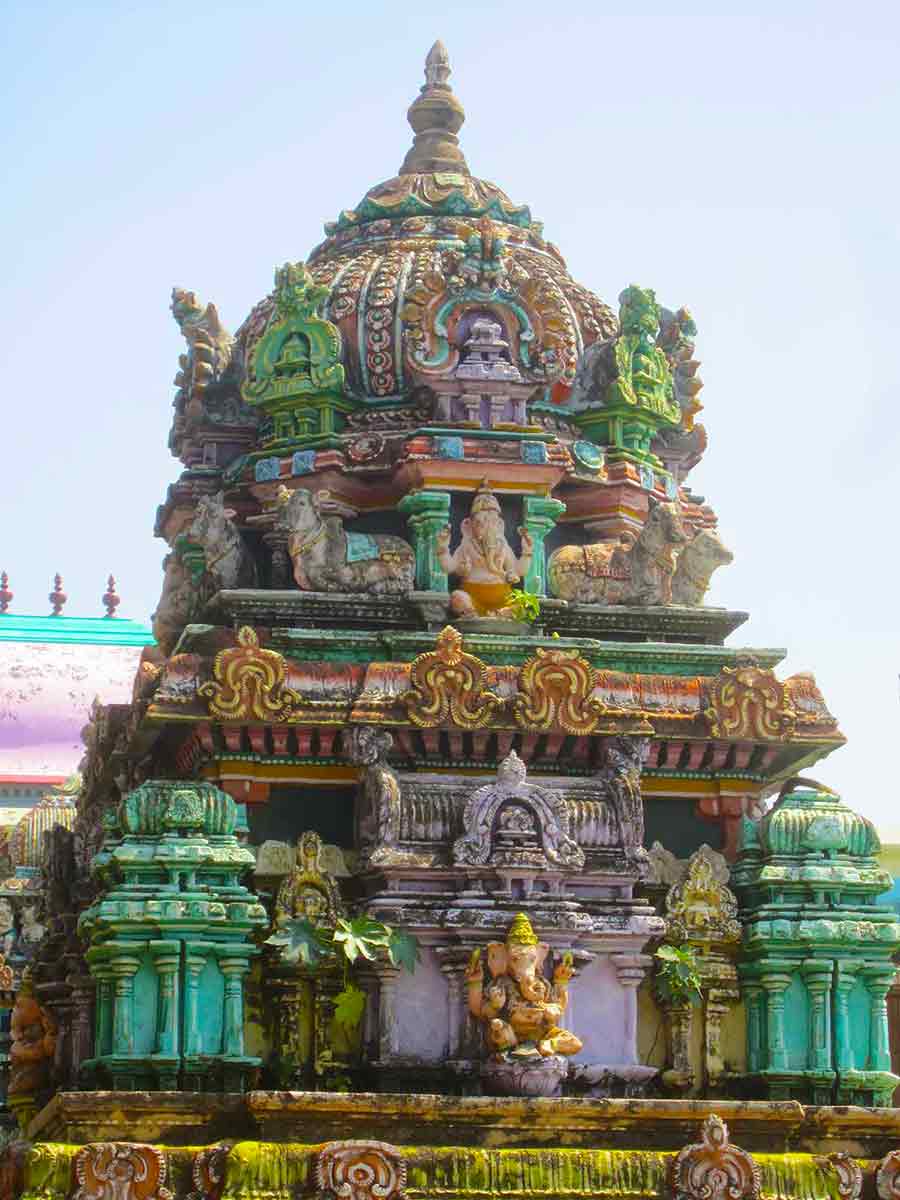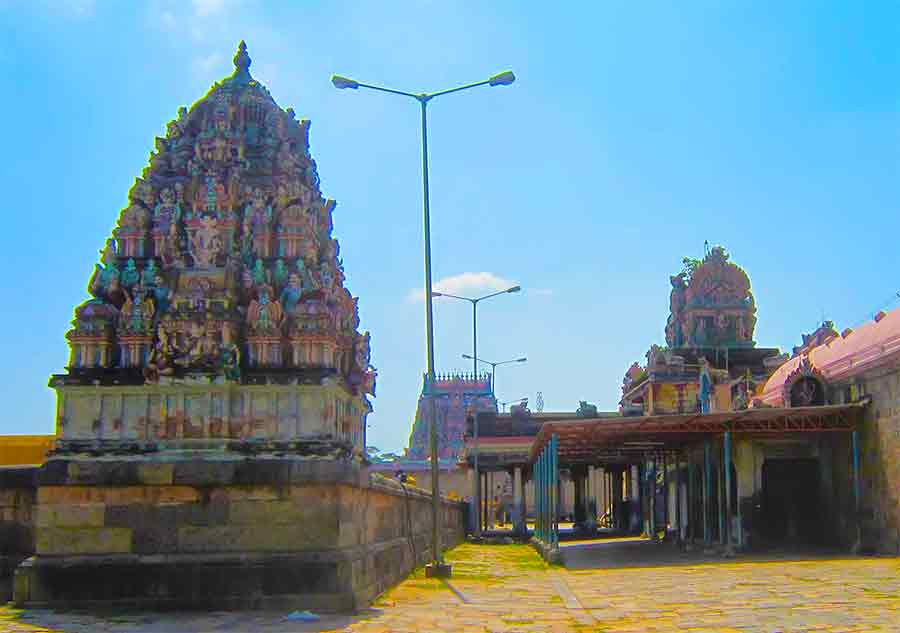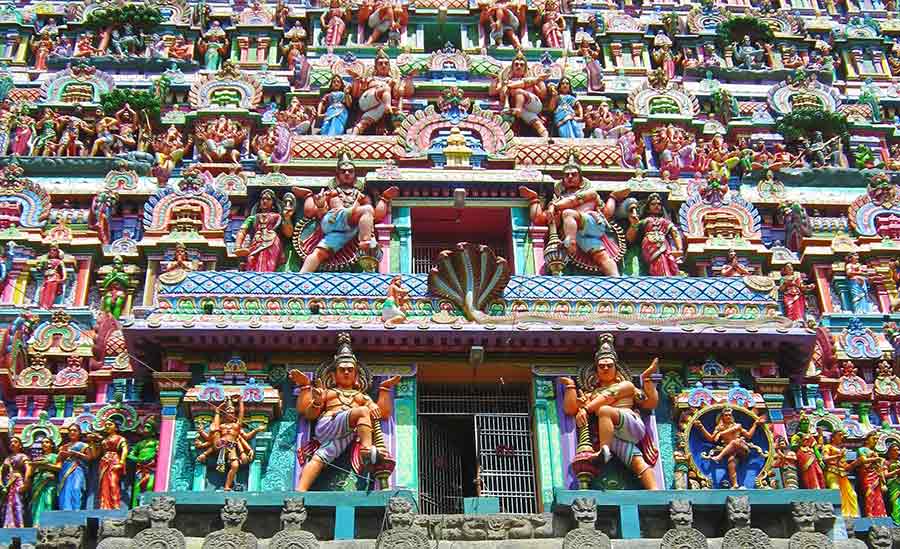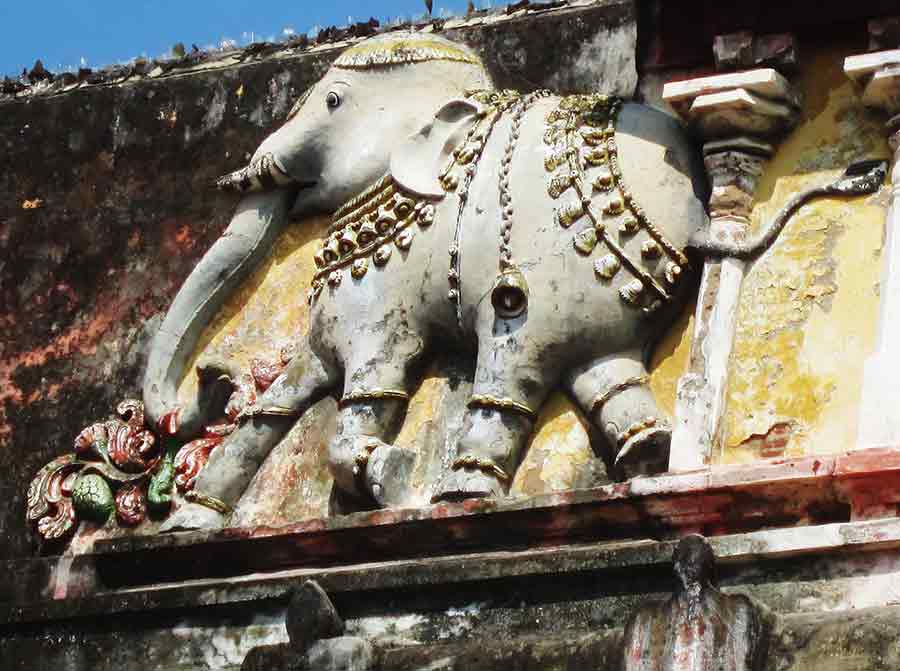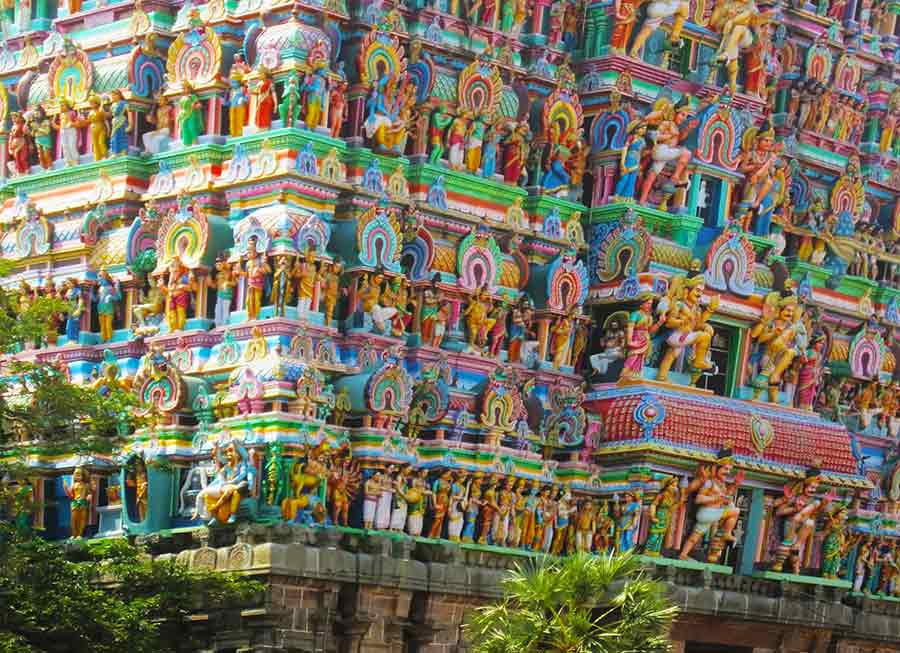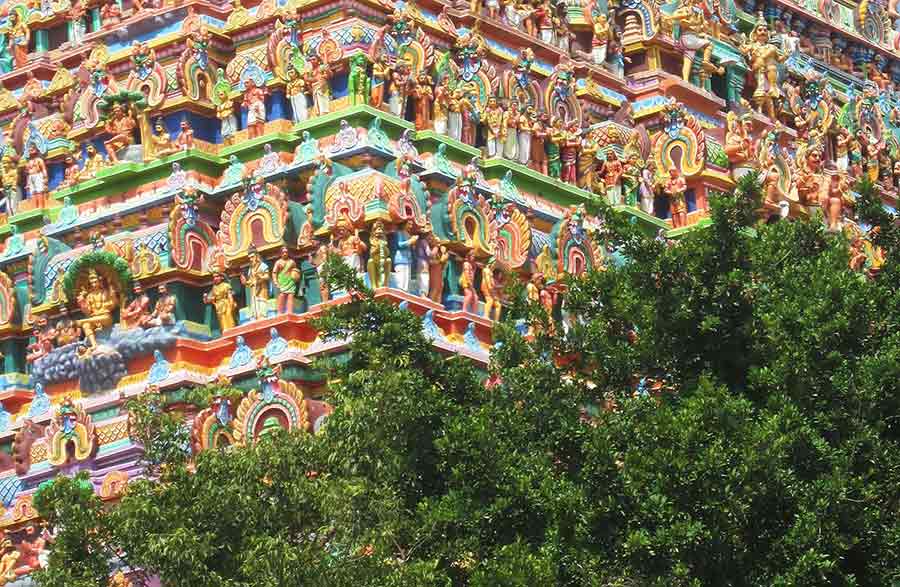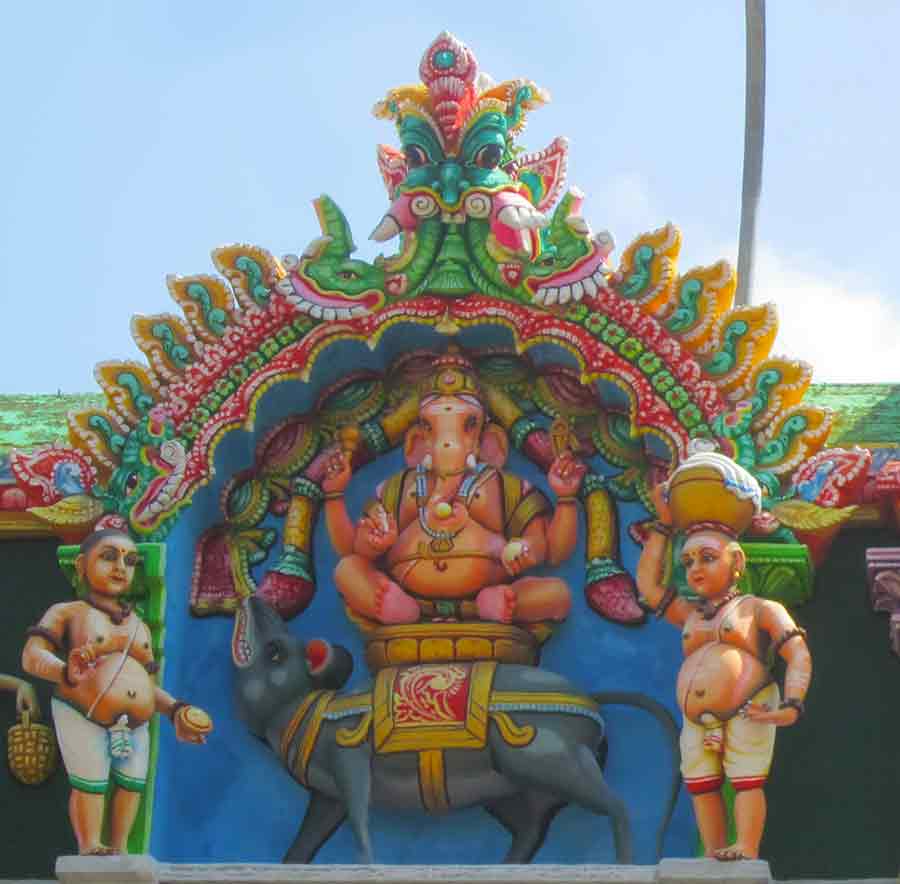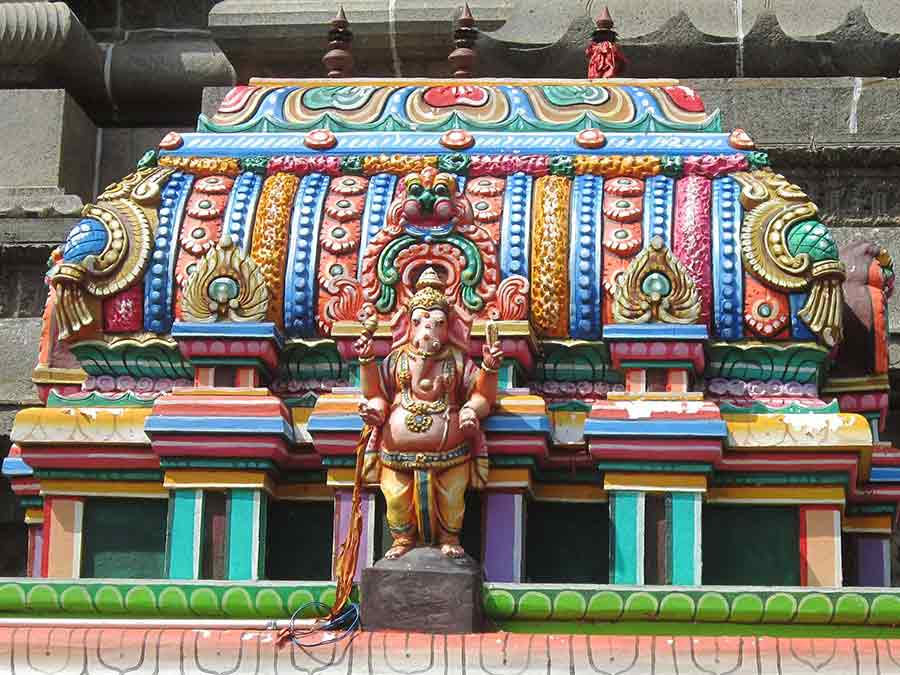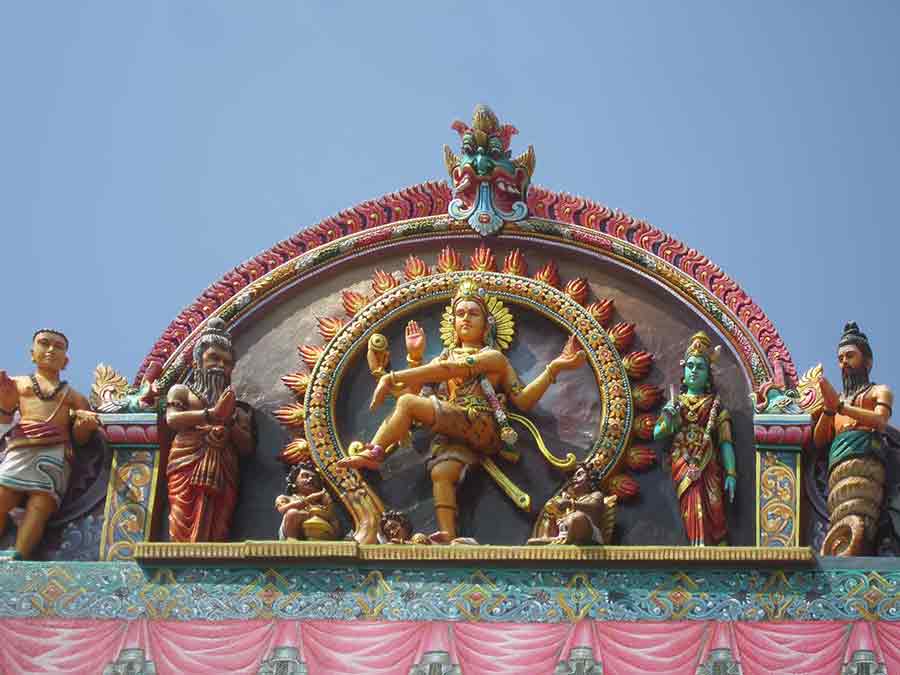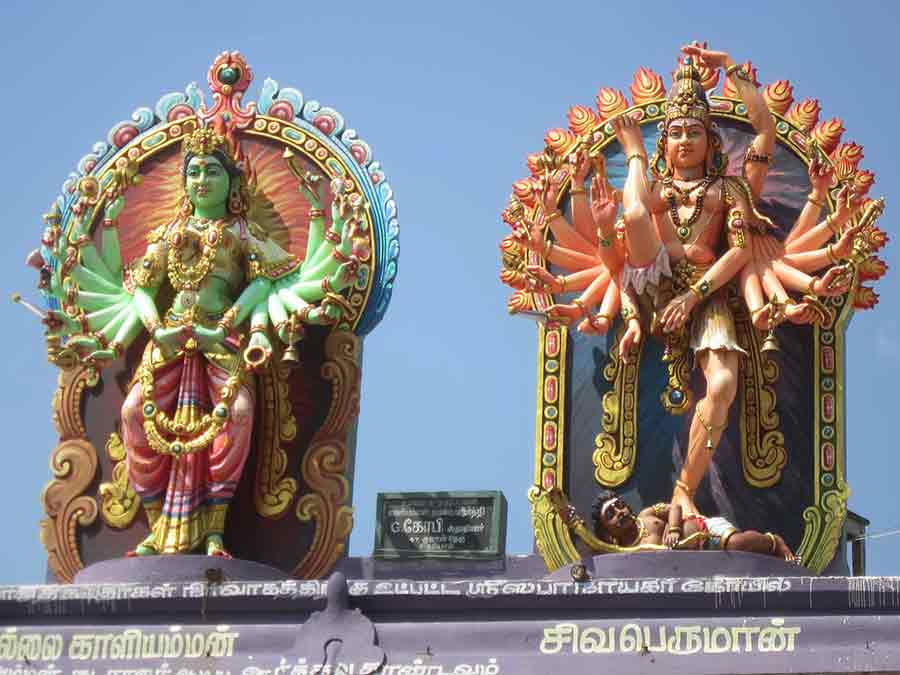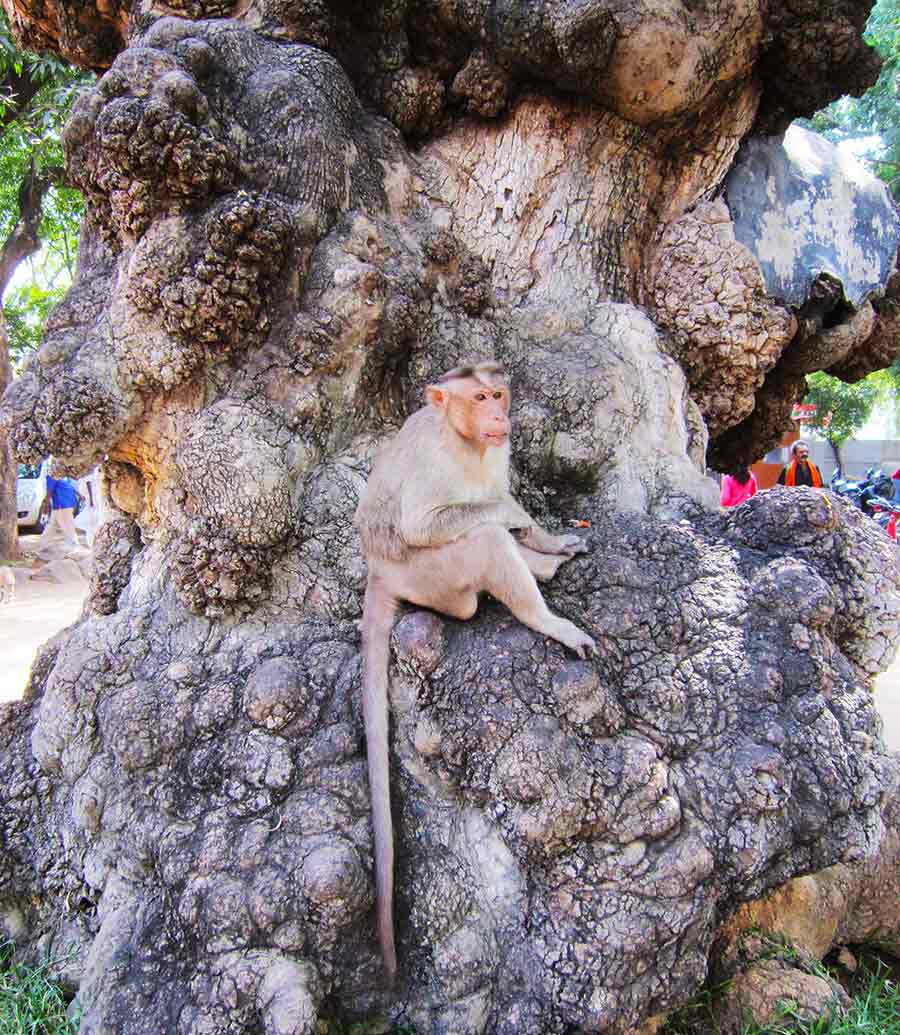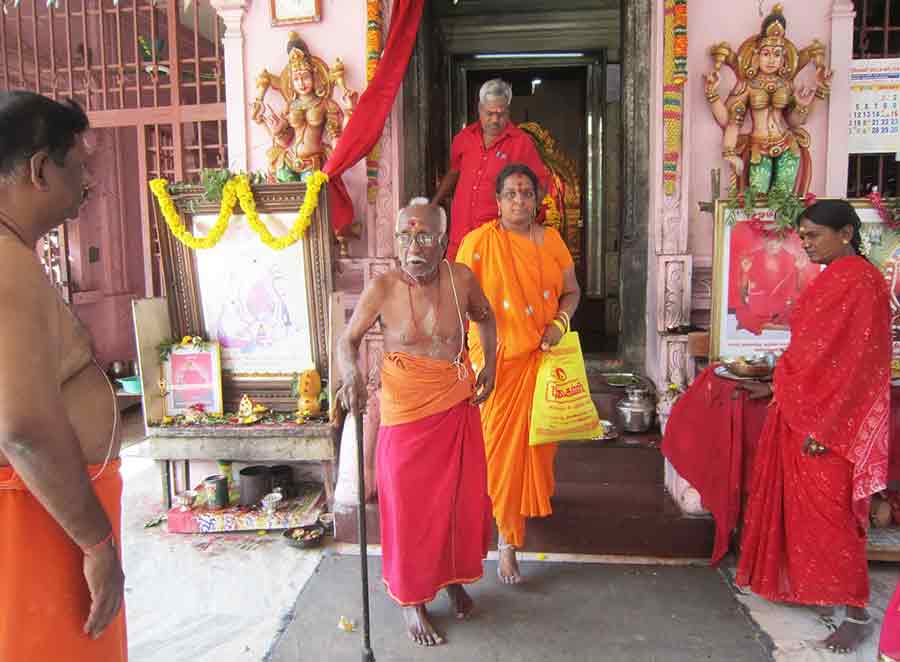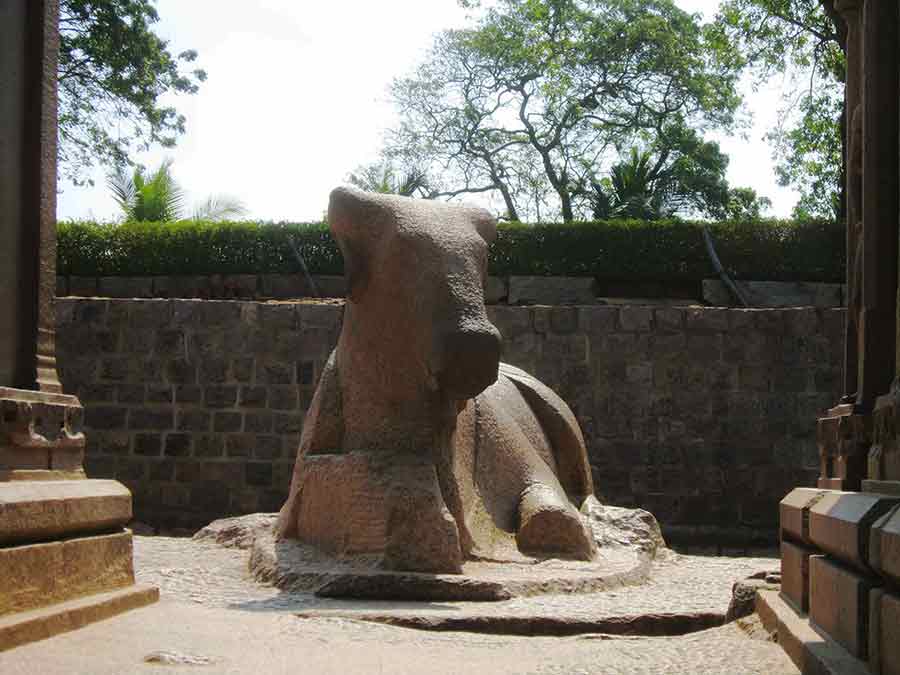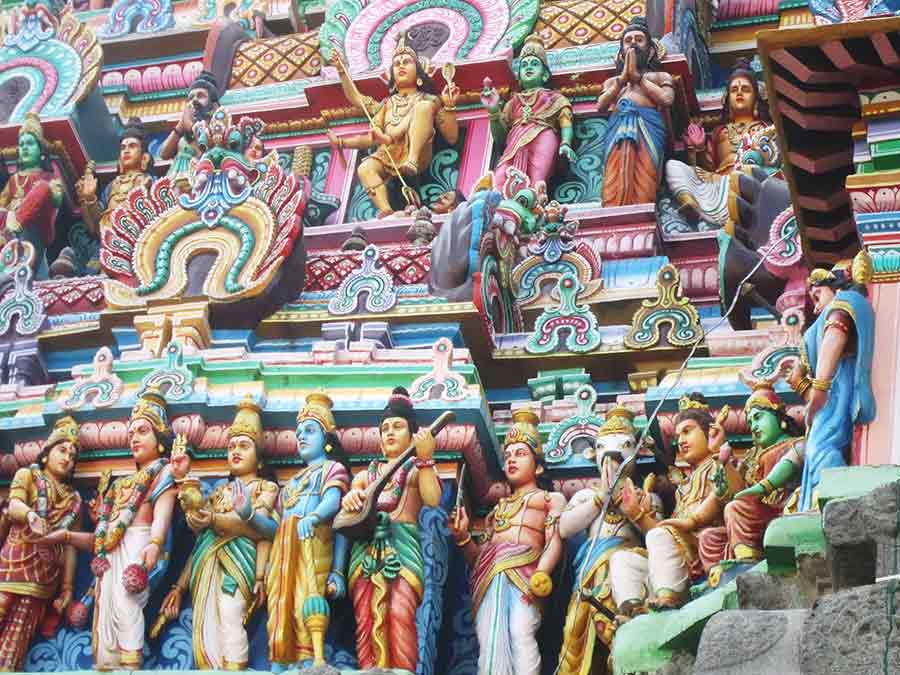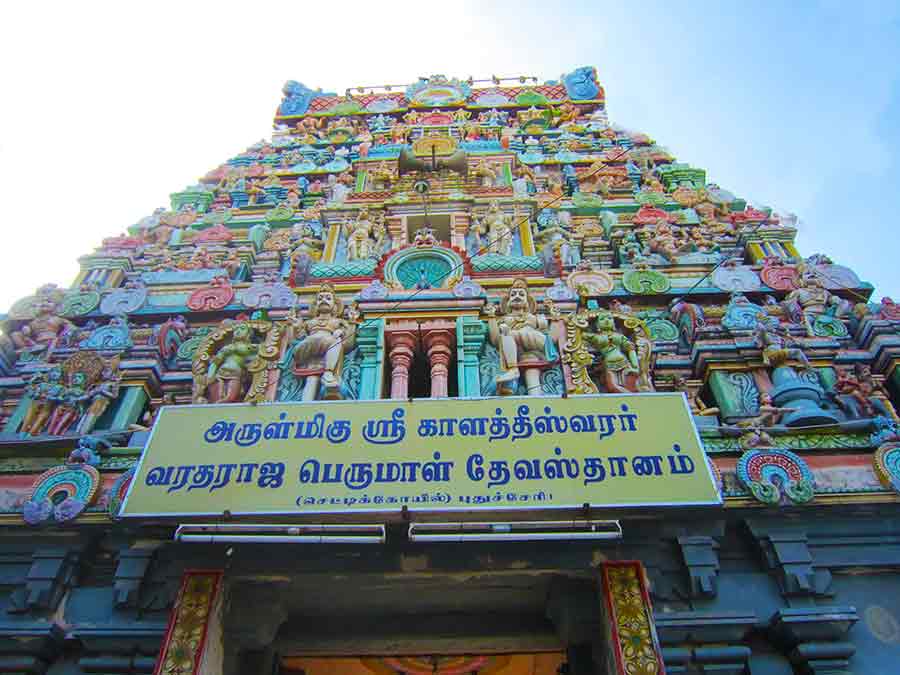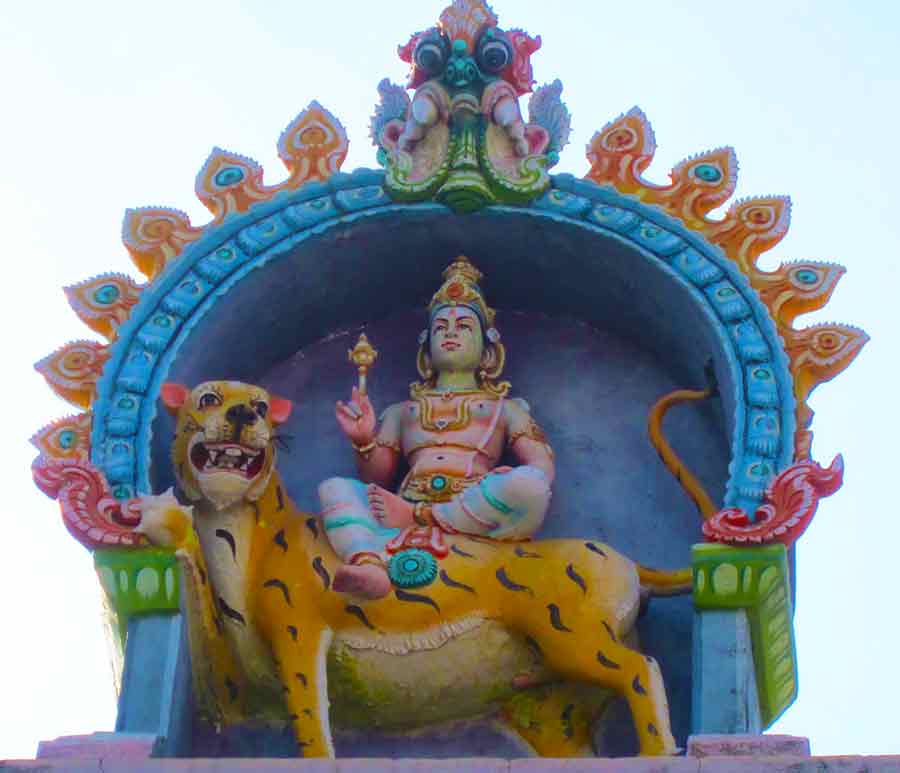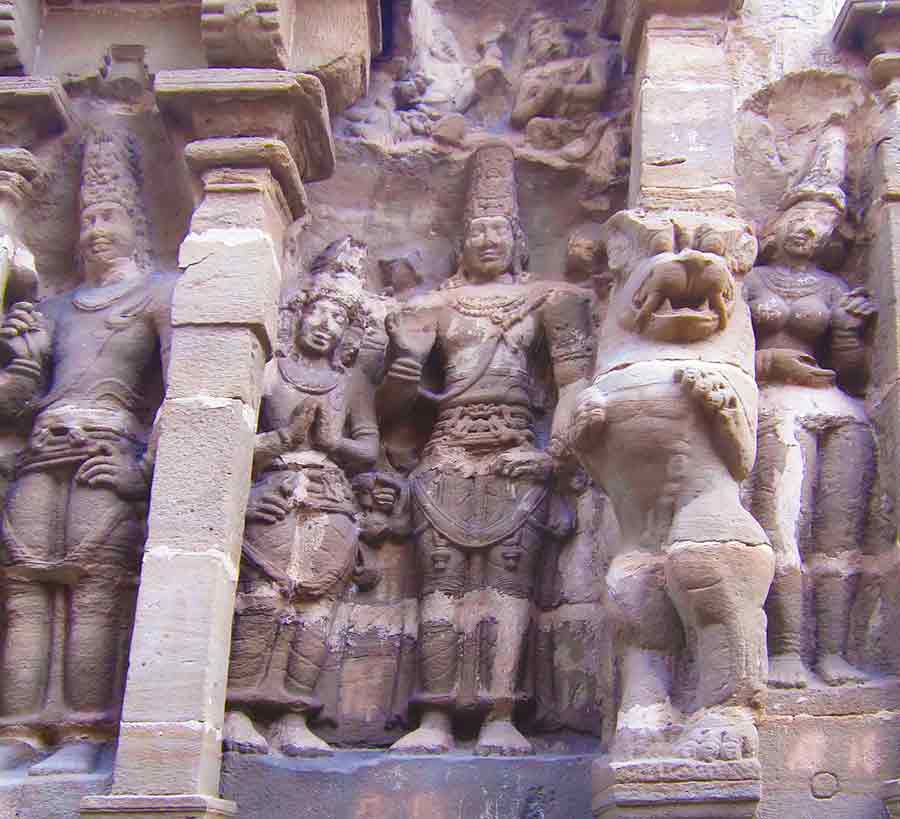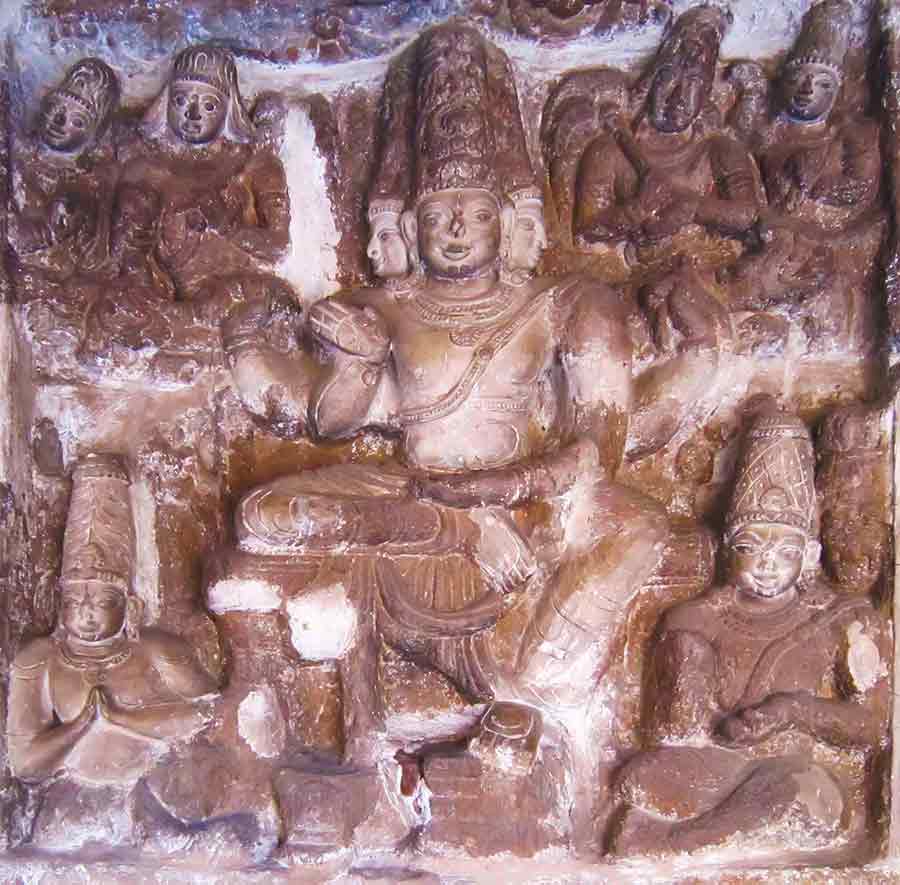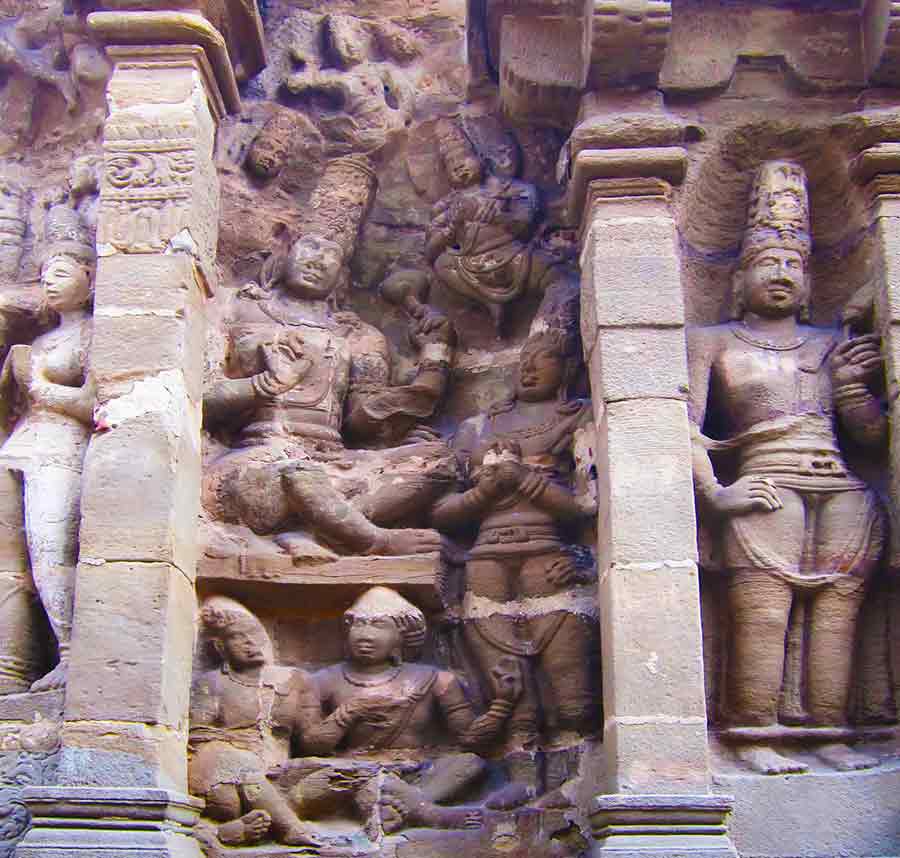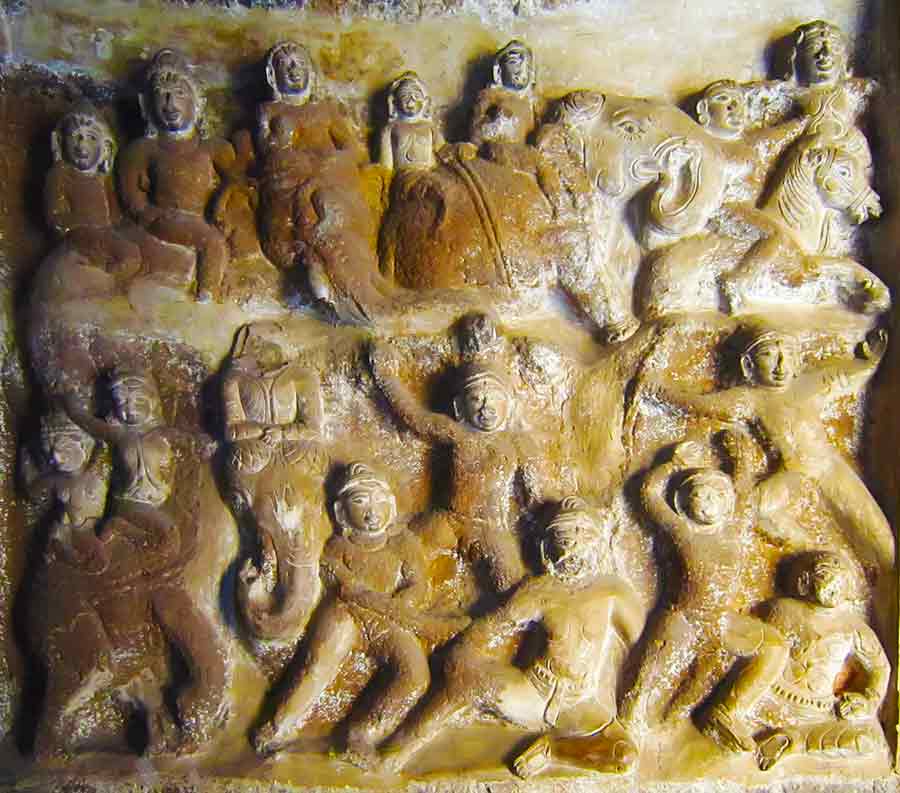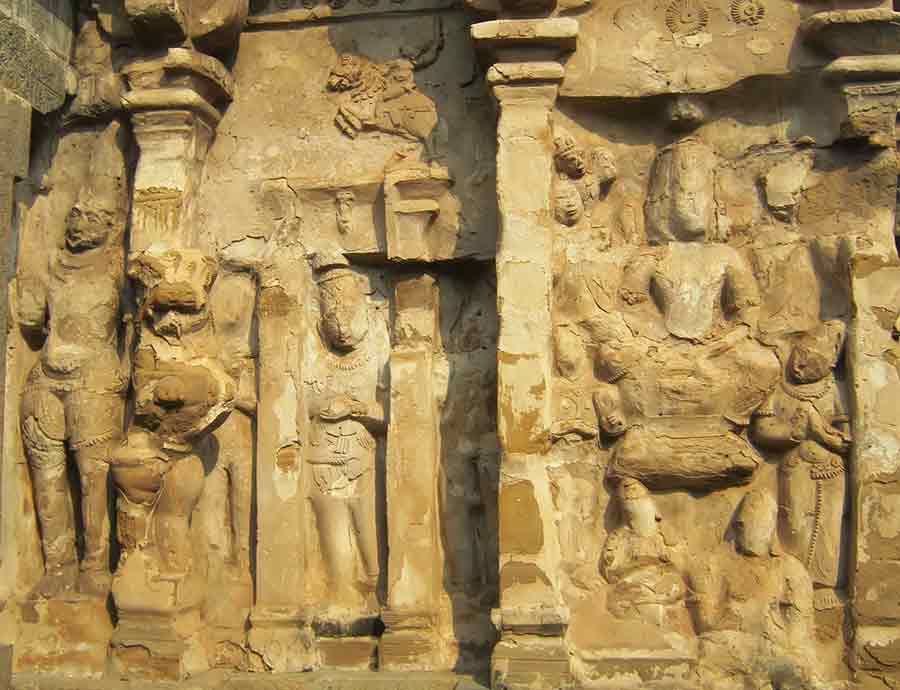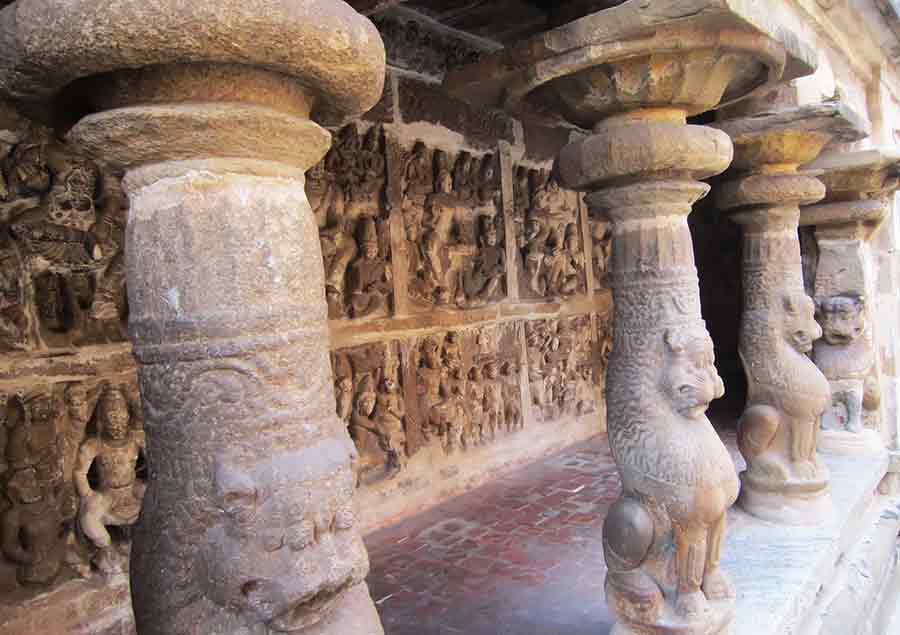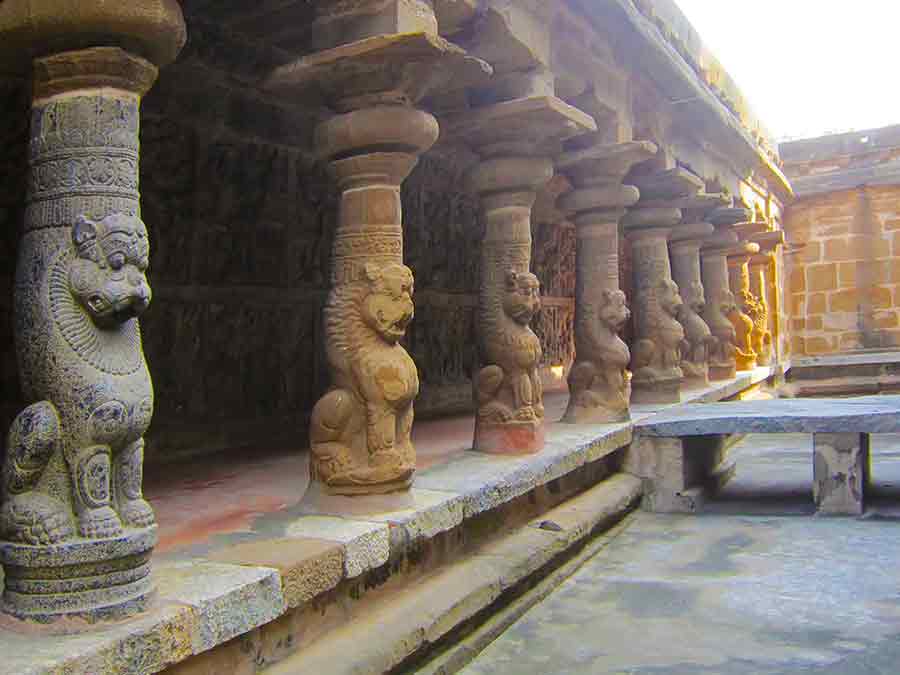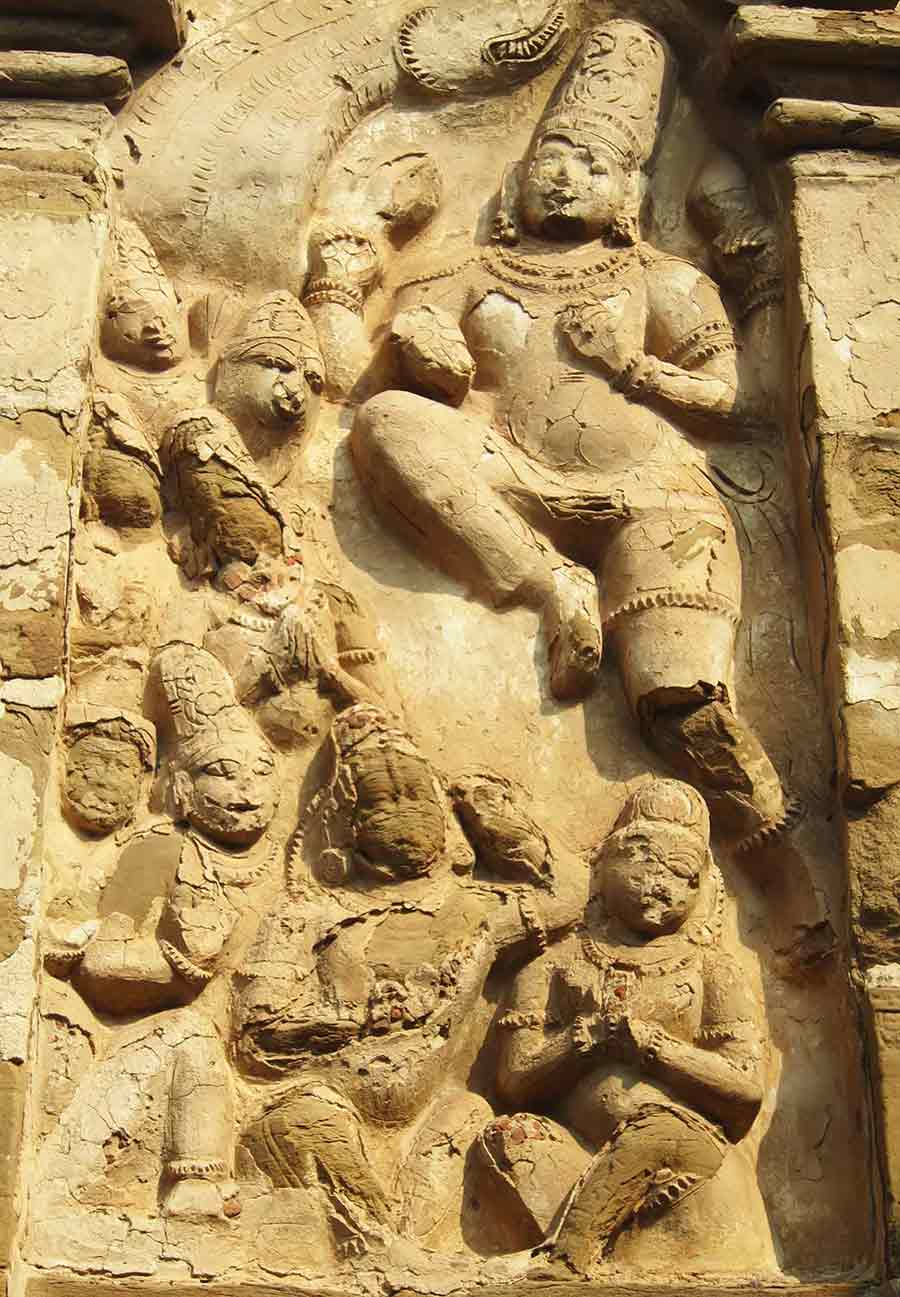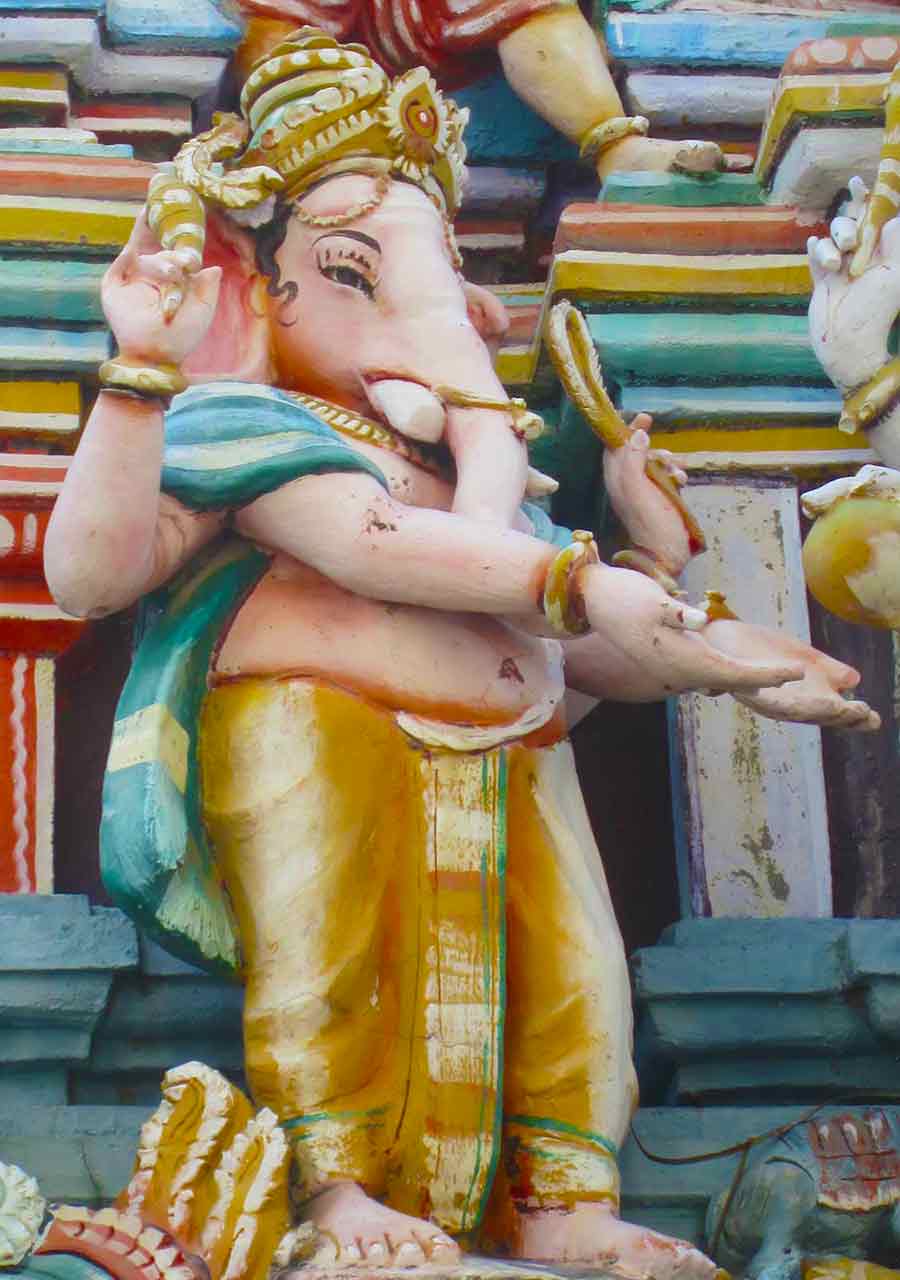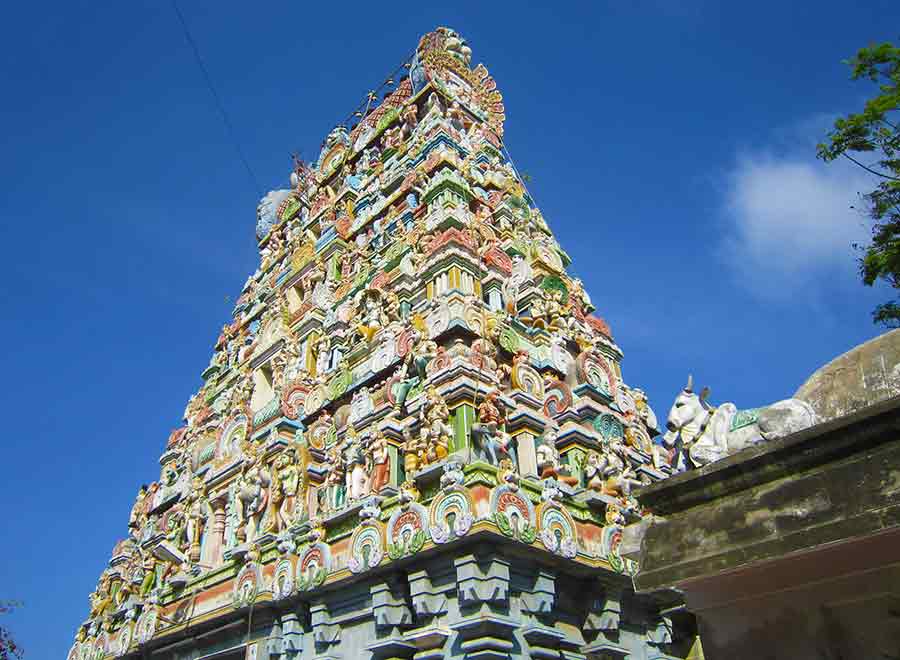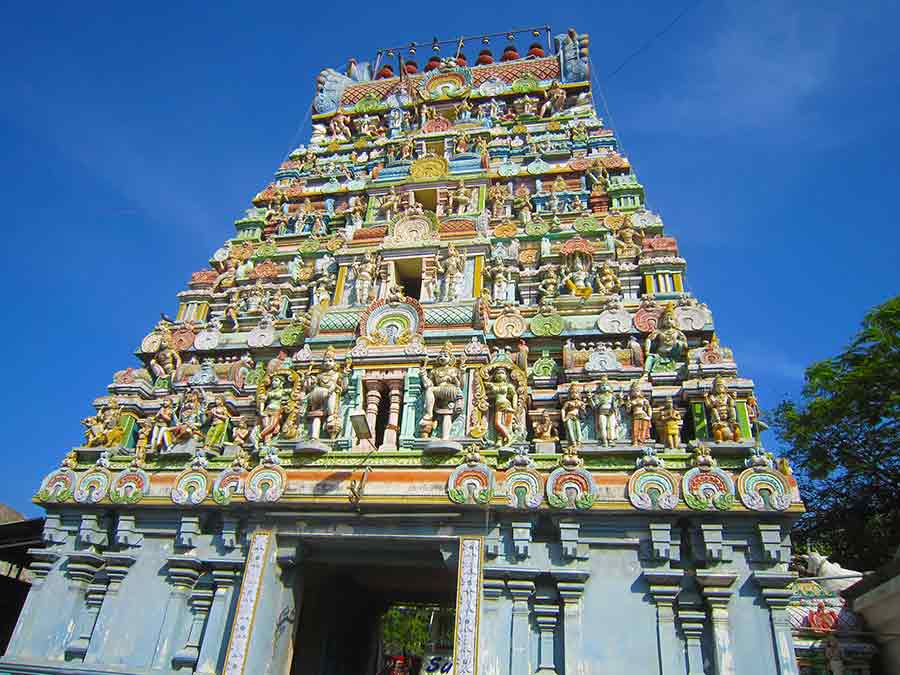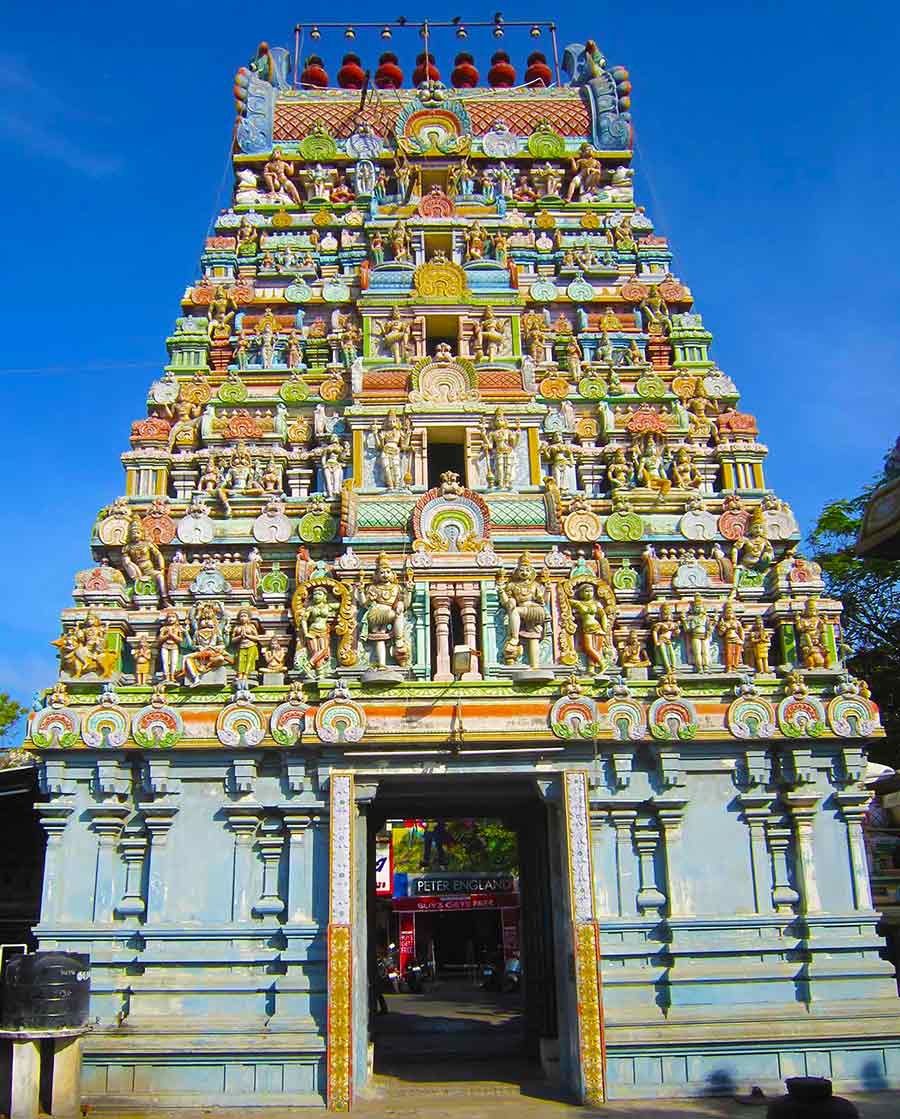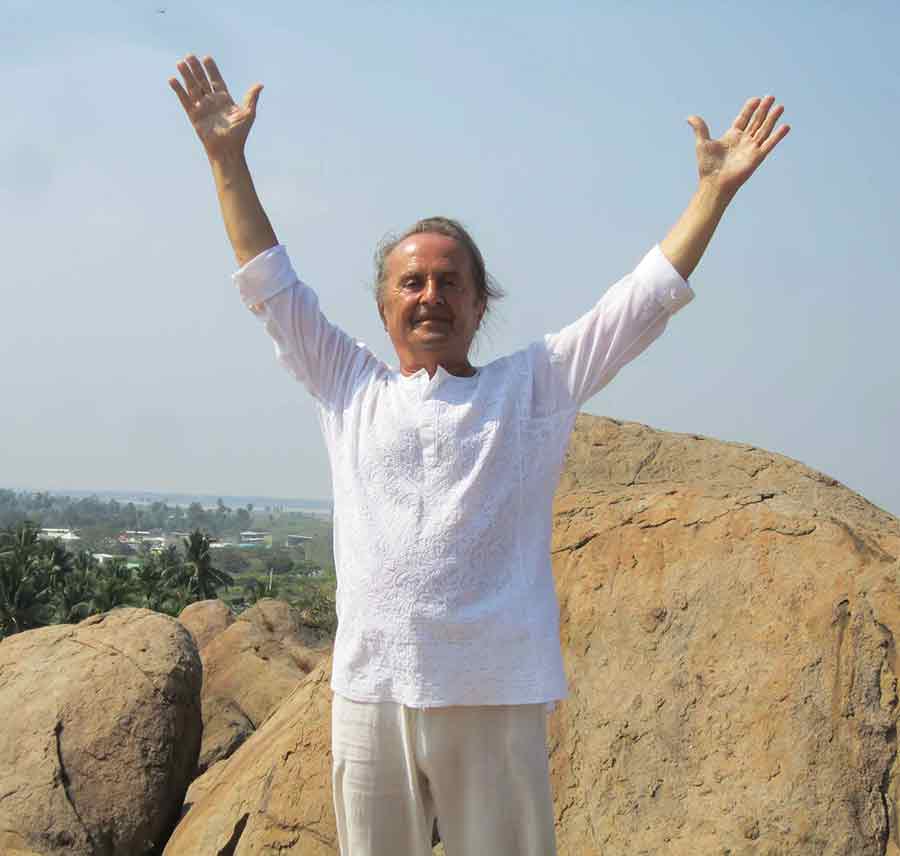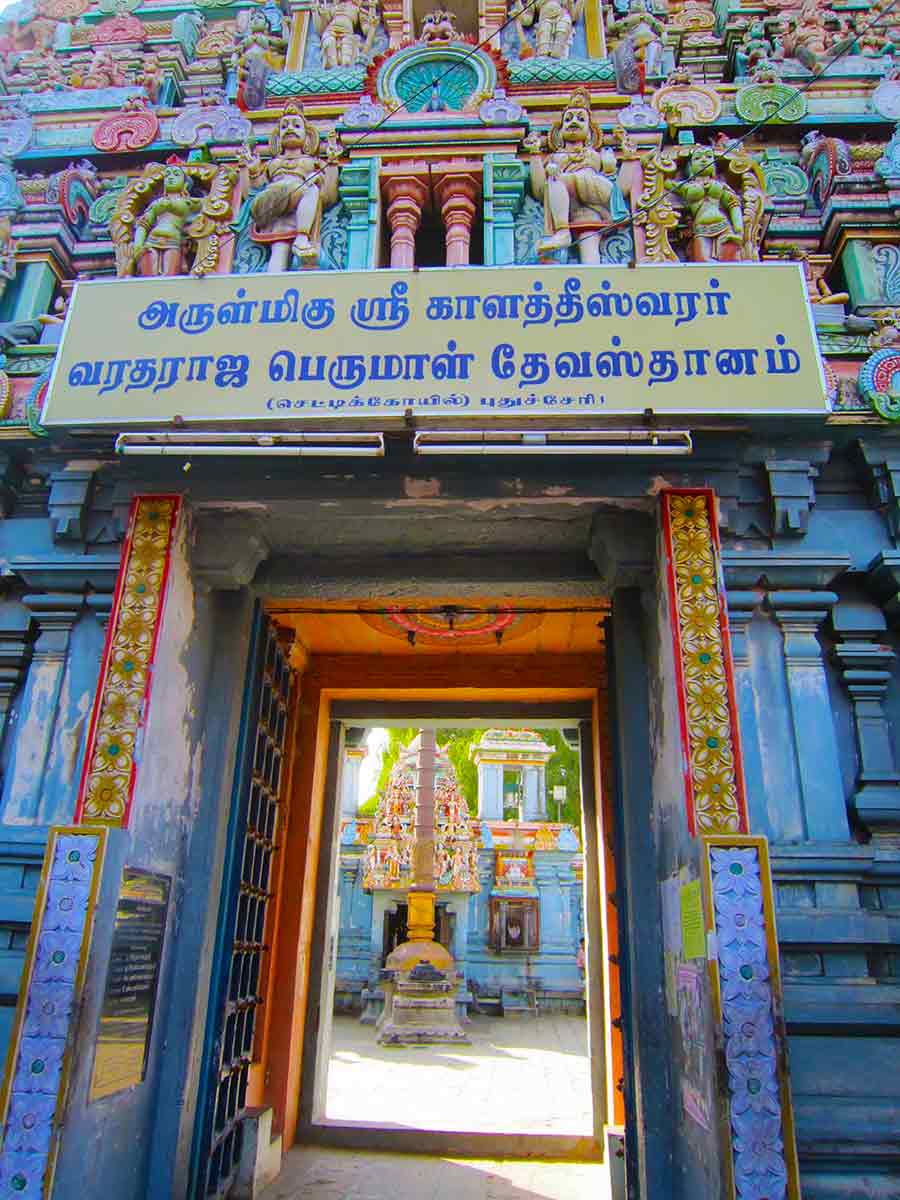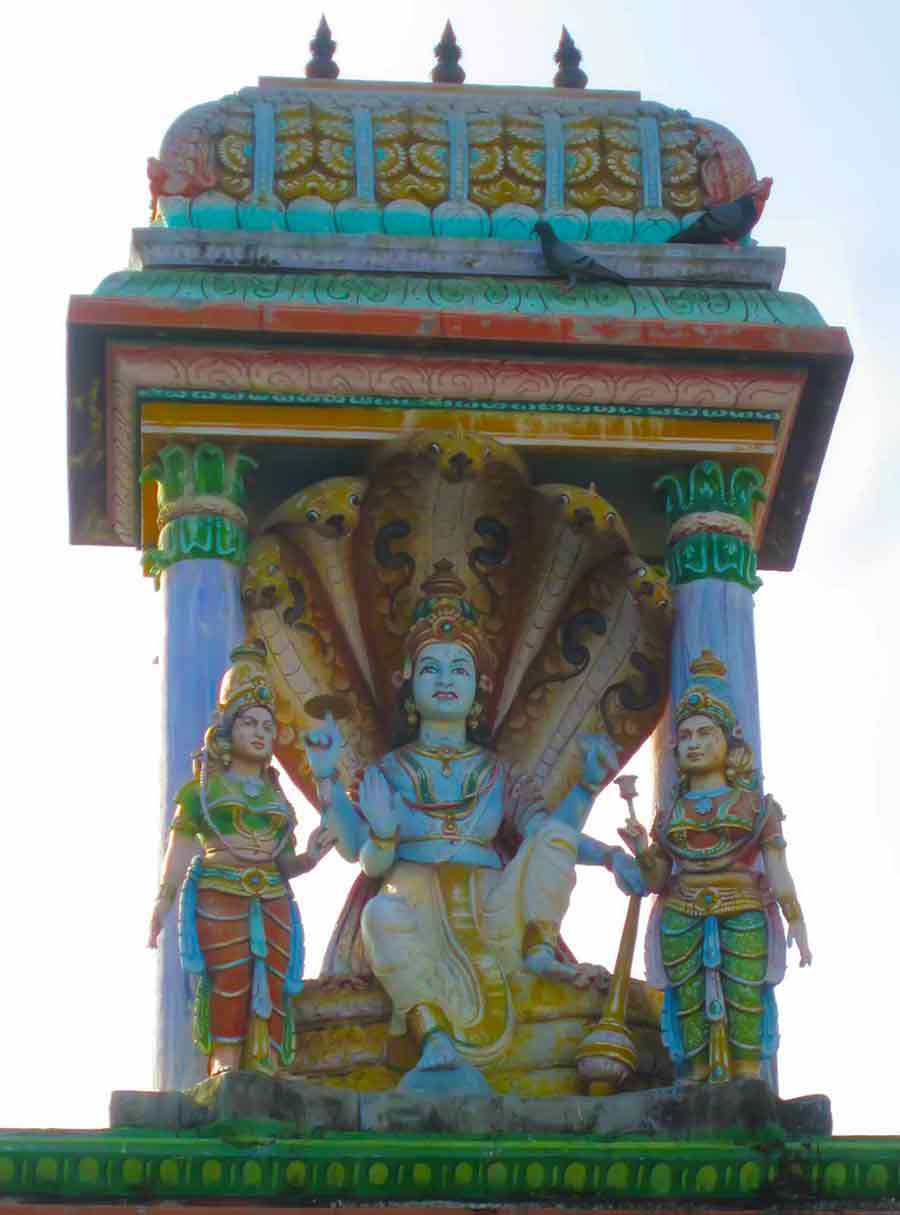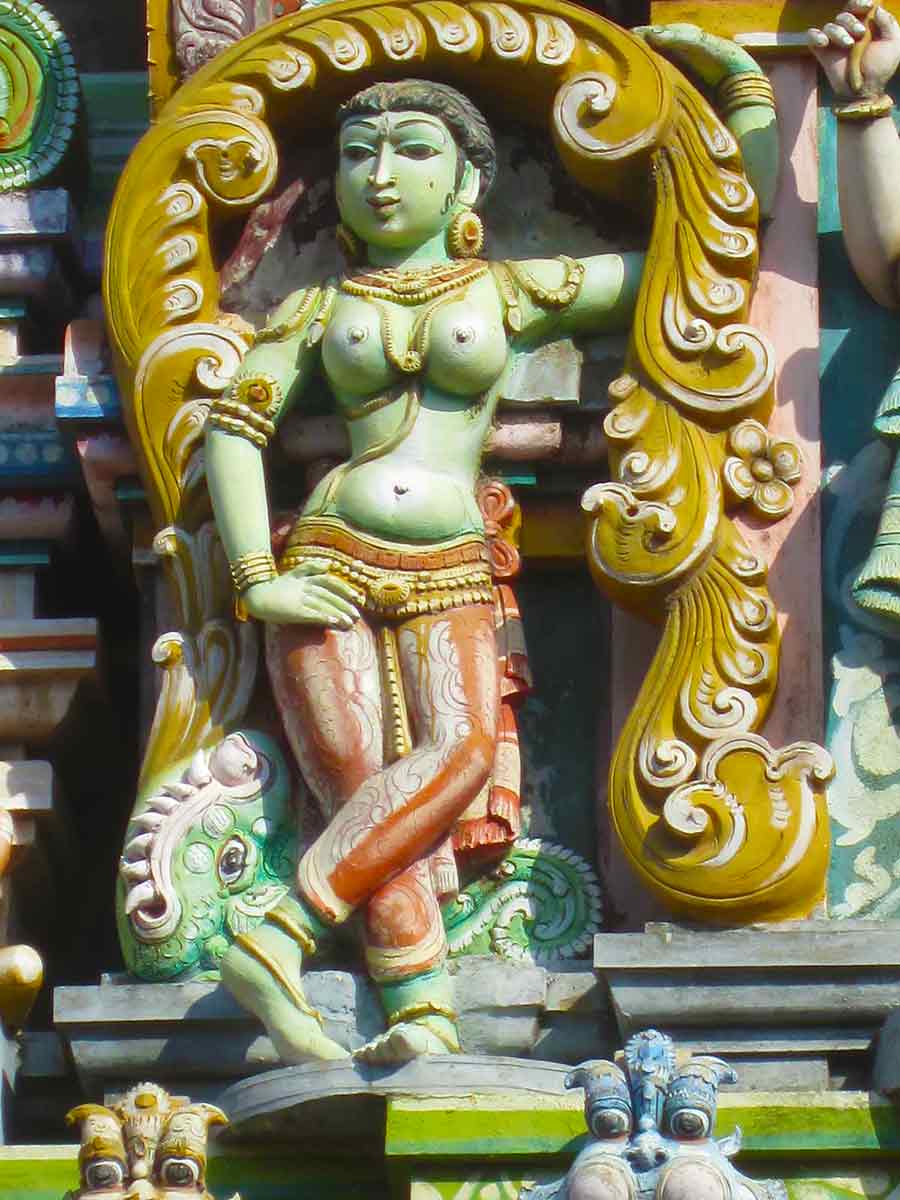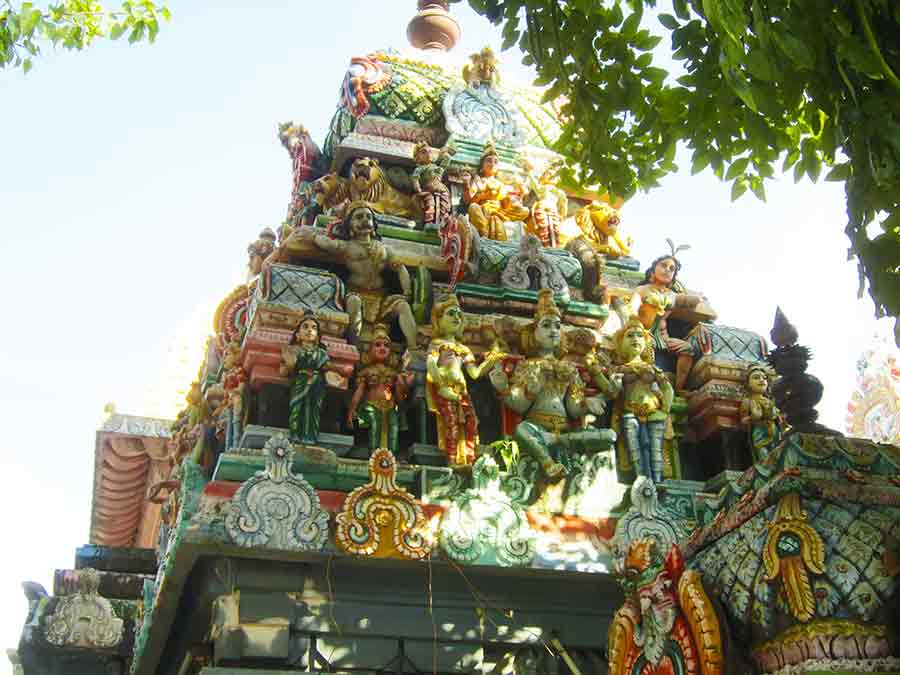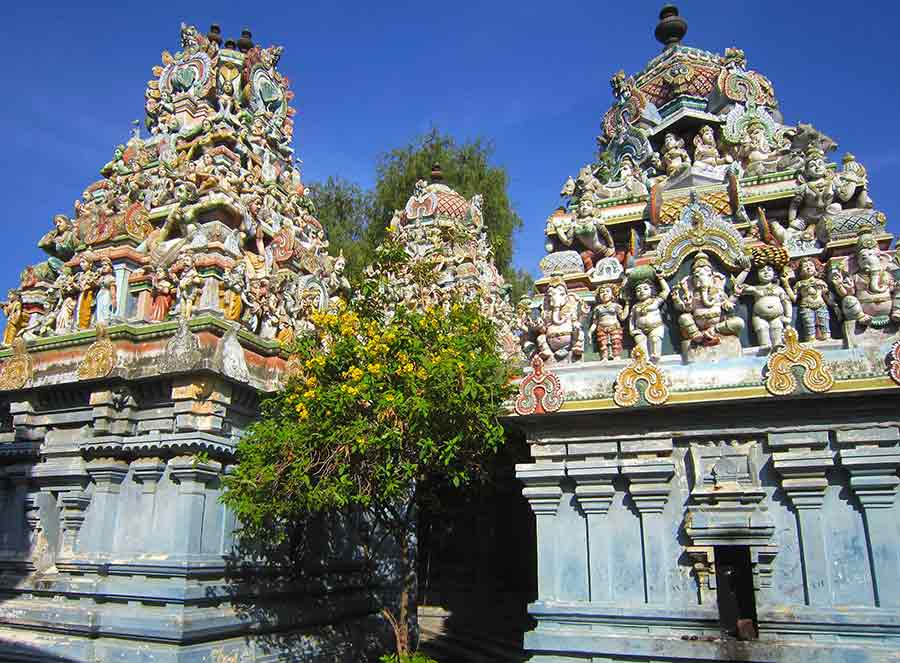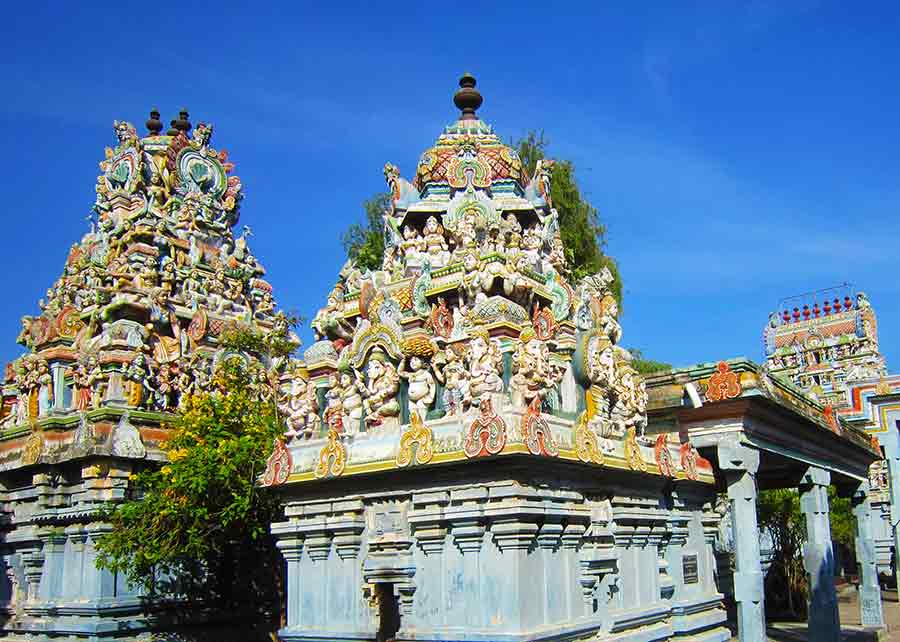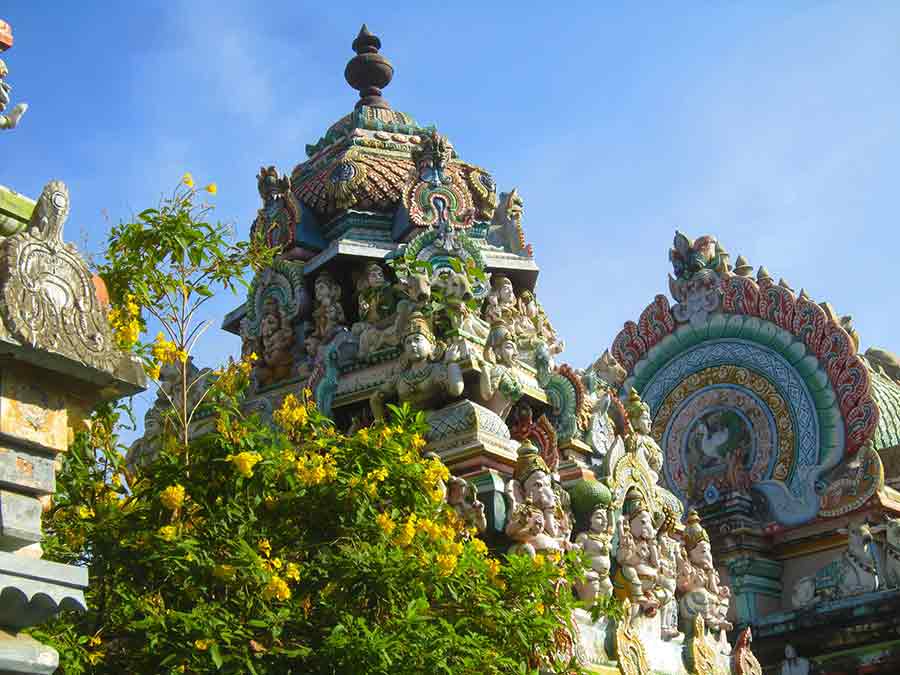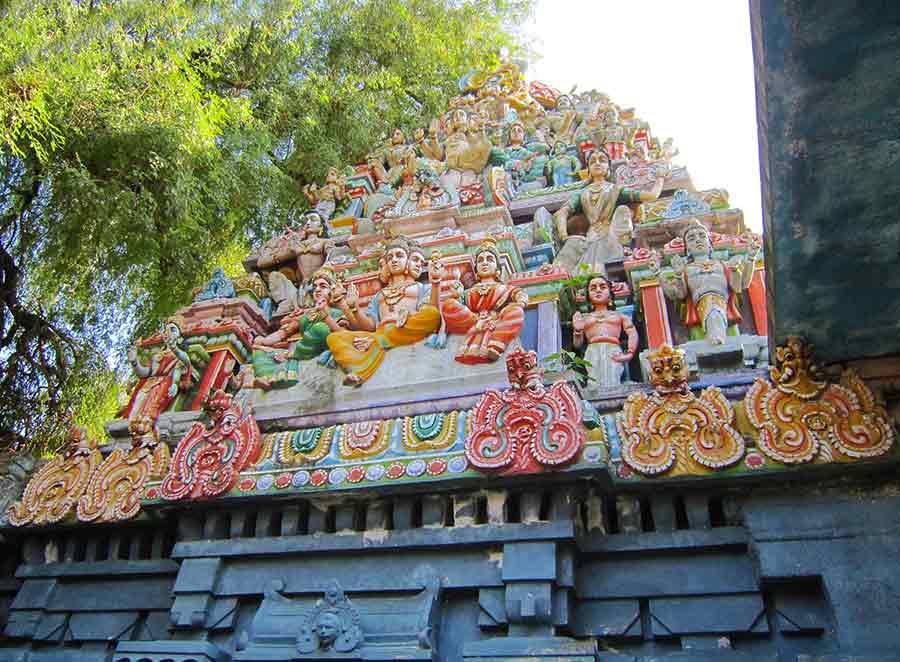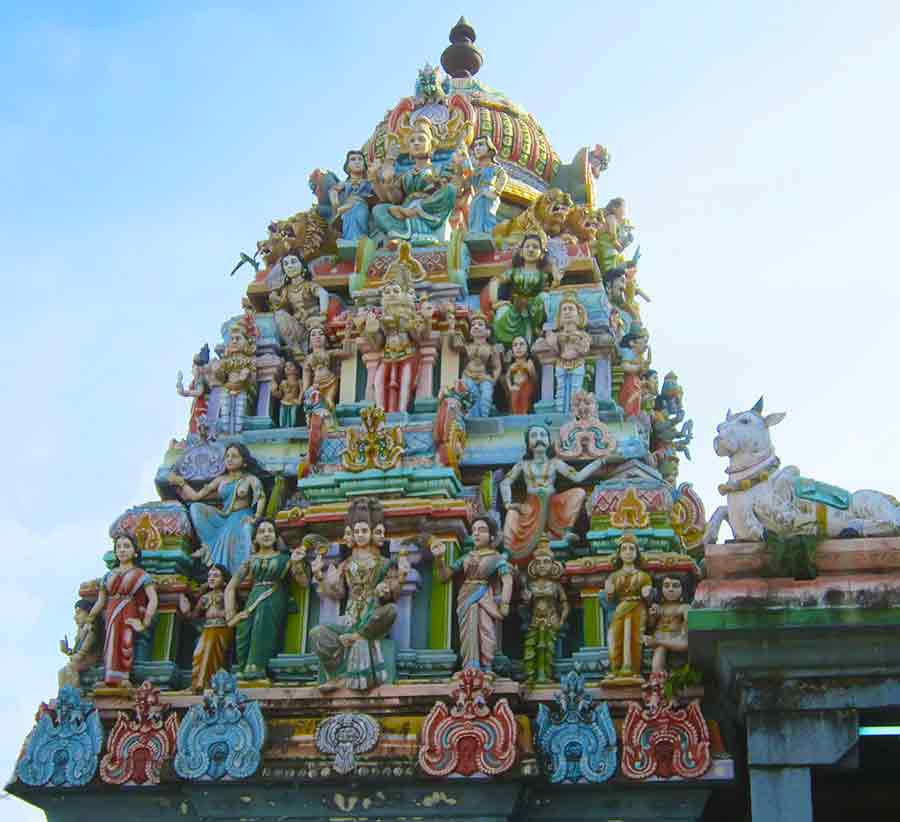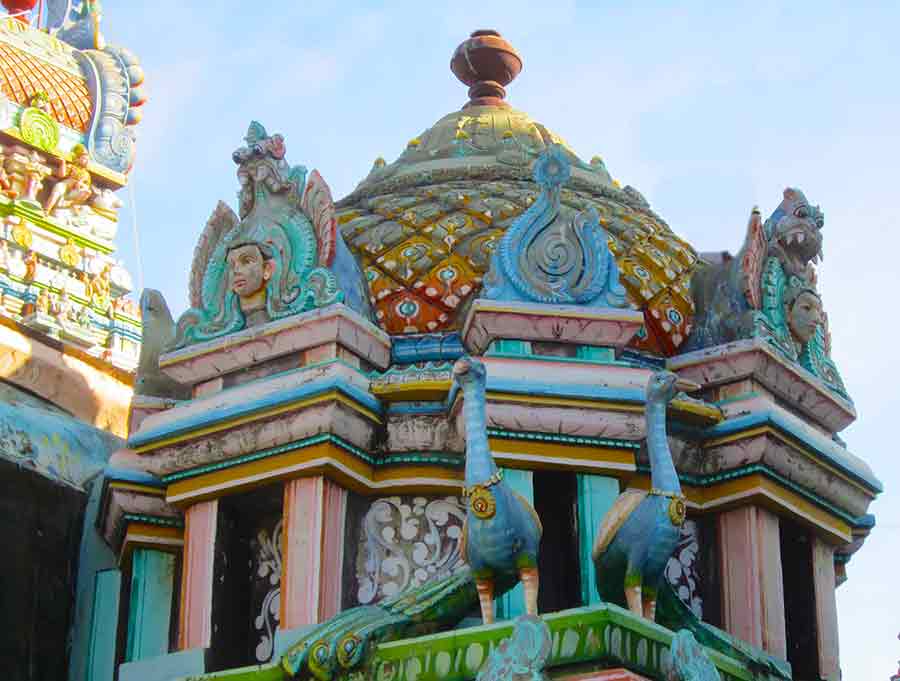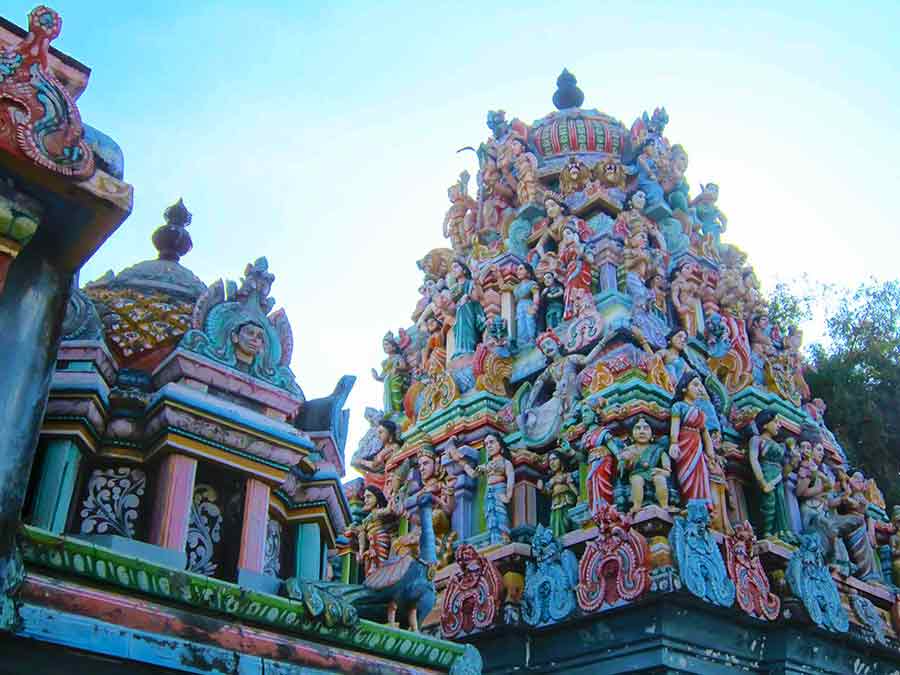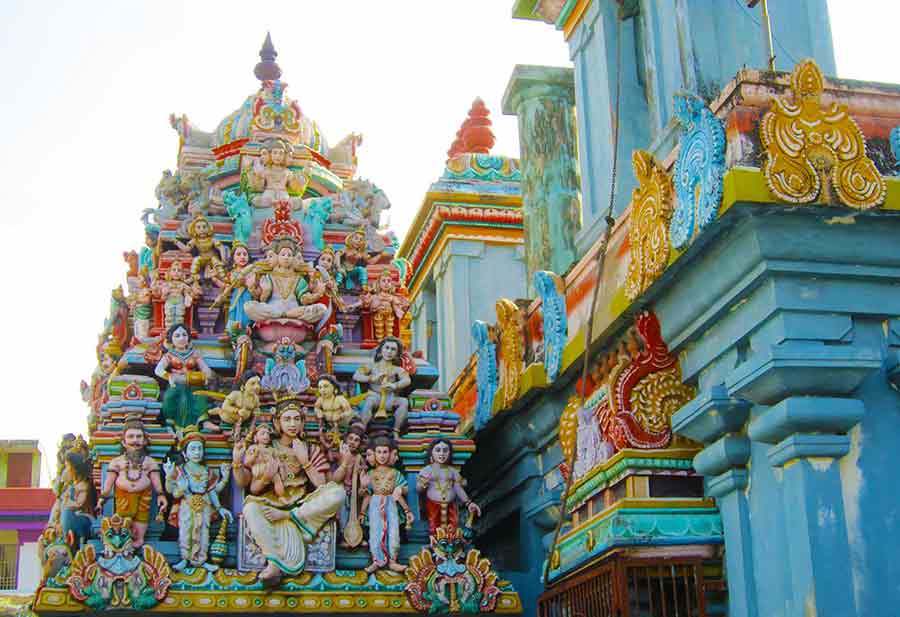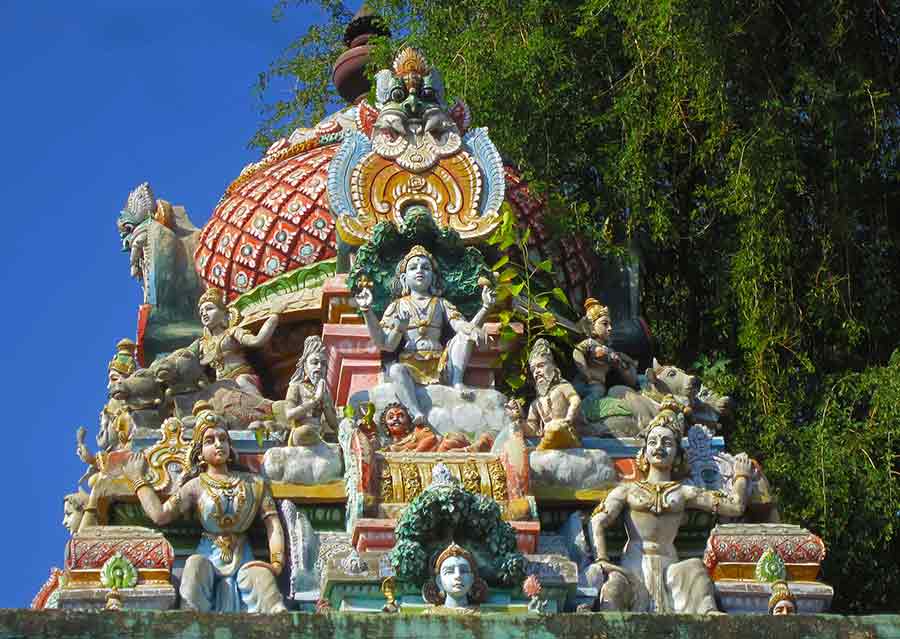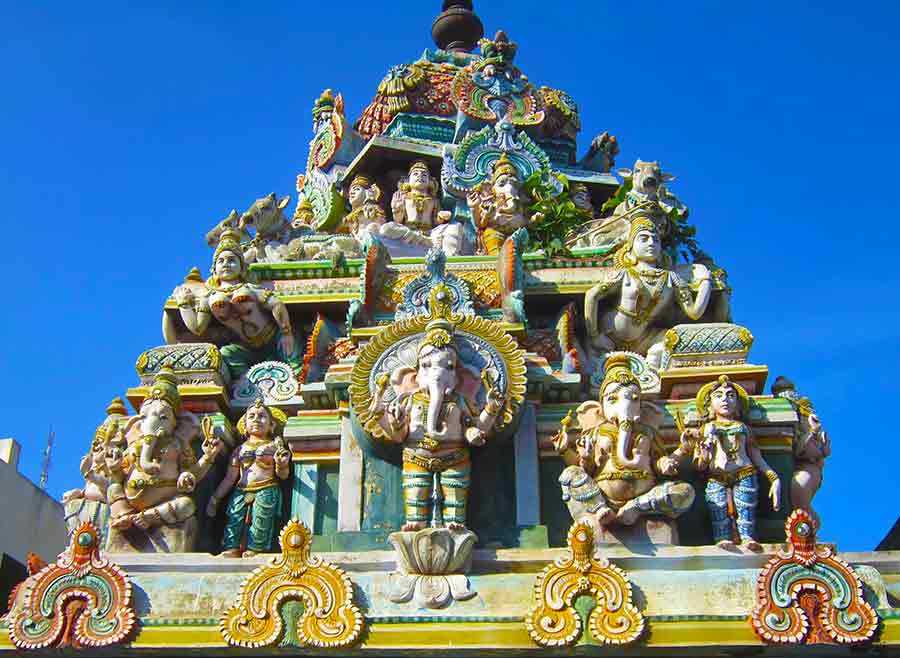India Temples of Tamil Nadu, in Photos and Stories
The temples of India are not just architectural marvels, but also serve as a testament to the country's deep-rooted traditions and beliefs. My photo-reportage captures the essence of these temples, showcasing their splendor in vivid colors, intricate sculptures, and awe-inspiring gods.
As you journey through the page of this photo-reportage, you will be transported to the southern state of Tamil Nadu, where the Annamalaiya Temple stands tall, a revered site for Hindu devotees. You will be taken to the coastal town of Mamallapuram, where the Shore Temple, with its breathtaking backdrop of the Bay of Bengal, stands as a testament to the Dravidian architectural style.
The Auroville Golden Temple, with its unique golden dome and tranquil surroundings, is also captured in this photo-reportage. The Arunachala Ramana Ashram, located at the foot of the holy mountain Arunachala, is another site that showcases the spiritual essence of India's temples.
In addition to these temples, this photo-reportage also features the Ekamba Temple, Rathas Temple, Chidambaram Temple, Lord Ganesha Temple, Mani Temple, Rahas Temple, Vaikunta Temple, and Sri Manakula Vinayagar Temple in Pondicherry. Each temple offers a unique glimpse into India's rich cultural heritage.
With 170 original photos and captivating stories, my India Temples photo-reportage is a visual delight for anyone interested in exploring the country's religious and cultural landscape.
The Auroville Golden Temple
Inside the temple, visitors are greeted with a peaceful and serene atmosphere, as the temple's interior is filled with natural light and adorned with beautiful paintings and sculptures. The temple's central meditation hall is a spacious and quiet area, where visitors can sit and meditate in silence or attend a group meditation session.
The temple's golden dome is an impressive architectural feat, with intricate geometric patterns etched into its surface, which create a dazzling display of light and shadow.
The Auroville Golden Temple is also home to the Matrimandir, a structure designed to symbolize the spiritual aspirations of Auroville. The Matrimandir is a spherical dome that houses a meditation chamber, which is accessed via a spiral ramp that leads up to the center of the dome. The meditation chamber is a space for deep introspection and reflection, and its interior is designed to be acoustically perfect, allowing for a truly immersive and contemplative experience.
The Auroville Golden Temple is more than just a religious structure; it is a place of deep spiritual significance and a symbol of the ideals that Auroville seeks to embody. Visitors to the temple are invited to explore its grounds, take part in meditation sessions, and connect with the temple's community of residents and volunteers.
LORD GANESHA created from Shiva laughter
LORD GANESHA, the remover of obstacles and patron of the arts and sciences, is widely revered in Hinduism for his kind and friendly nature, as well as his sense of humor and cleverness. As the god of beginnings, he is often honored at the start of rituals and ceremonies, and his statues are commonly found in homes and shrines across India.
In fact, according to one popular myth I like so much, Ganesha was created from the laughter of his father, Lord Shiva. This humorous origin story adds to Ganesha's reputation as a playful and lighthearted deity, while also embodying the idea that even the smallest things in life contain divine essence.
With his ability to control the human ego and promote abundance and success, Lord Ganesha has become one of the most important and beloved of all Hindu gods. Whether it's blessing a new home or adding a touch of humor to a religious ceremony, Ganesha is always there to bring joy and laughter to his devotees. Embodies the ideal image of a Hindu family.
The Ekamba Temple in Kanchipuram is dedicated to Lord Shiva
The Ekamba Temple in Kanchipuram, also known as the Ekambareswarar Temple, is not only dedicated to Lord Shiva, but also revered as one of the Pancha Bhoota Stalams, or the Five Temples representing the five elements of nature.
The temple is specifically associated with the element of Earth, and its presiding deity, Lord Shiva, is worshipped here in the form of a lingam. Spread across 25 acres, the temple complex is a fascinating mix of ancient and modern architecture.
The most notable feature of the temple is its towering gopuram, which stands at an impressive height of 59 meters, and is adorned with intricate carvings of gods and goddesses. The temple also boasts of a 1000-pillar hall, which is said to be one of the largest in South India.
Legend has it that the temple was built in the 6th century by the Pallava dynasty, and underwent several renovations over the centuries by subsequent rulers. The temple also played a significant role in the religious and cultural history of the region, with many famous saints and scholars visiting the temple and contributing to its rich legacy.
As a visitor of Ekamba, I was amazed by its grandeur and beauty and had the opportunity to witness India's rich cultural and religious heritage.
Lord Ganesha, with his big belly round,
Is known as the god of obstacles unbound.
With an elephant head and a tiny mouse as his steed,
He's a sight to see indeed.
His trunk is long and versatile,
Used for wisdom and for a smile.
And with his many arms he can do it all,
Writing, blessing, and even taking a call.
But don't you dare make him mad,
Or you might end up feeling quite sad.
For this jolly god has a temper, you see,
And can wreak havoc with his trunk and glee.
So let us honor Lord Ganesha with cheer,
And keep his blessings always near.
For with his humor and his might,
We'll overcome all obstacles in our sight.
Symbolism and Meaning behind Lord Shiva's Iconography
Lord Shiva, one of the most revered deities in Hinduism, is often depicted with a variety of unique and distinctive features. The third eye, crescent moon, trident, multiple heads, and serpent adornments are just a few of the iconic elements that make up Lord Shiva's visual representation. Each of these features holds a special meaning and symbolizes a particular aspect of Lord Shiva's character and influence.
When Lord Shiva loses patience, his third eye opens, burning and turning all into ashes. The waxing and waning moon on his head represents the cycle of creation, while his trident is a symbolic unity of the three worlds of man - his inner world, the next world, and the general world.
Lord Shiva also has six heads, with only five visible, and smears his body with ashes to represent the end of all material existence. In the Mahabharata, Lord Shiva is depicted as a standard of integrity, power, and terror, as well as a form of honor, joy, and radiance. The duality of the terrible and beautiful attributes of Lord Shiva appears in contrasting names, and he is known as both an ascetic yogi and a gracious host.
Holding an ax and bow and arrow, Lord Shiva is also known for painting three streaks of ashes on his forehead, a symbol that is still practiced today by Sadhus and Shaivitus. Overall, Lord Shiva's iconography is rich with symbolism and meaning, providing a glimpse into the multifaceted nature of this powerful deity.
The Symbolism of Nataraja, One of the Names of Lord Shiva
Nataraja is one of the many names of Lord Shiva, and his depiction as a dancer is one of the most iconic representations of the deity in Hindu mythology. In this portrayal, Nataraja is seen with his left leg raised, pointing to the right and bent at the knee. The symbolism in this image runs deep, and every aspect of the deity's appearance holds great significance.
Nataraja is seen holding various objects in his multiple arms, with each item symbolizing a different aspect of creation, sustenance, and destruction. His upper right hand holds a drum, signifying the initial sound of creation and the passage of time. The upper left hand holds fire, which represents destruction. The lower left hand points to the raised foot, representing liberation, while the second right hand is in a mudra gesture manifesting patronage against evil and ignorance for those who live in righteousness of Dharma.
Nataraja's long hair is tied in a knot, which becomes undone when he is dancing. His hair hits the planets and stars, throwing them out of their orbits or completely destroying them. The surrounding flames represent the manifest universe.
The meaning behind Nataraja's dance can be interpreted in three ways. Firstly, it symbolizes the rhythm game, the source of all movement within the universe. Secondly, it represents the purpose of the dance, which is to free the souls of all people from the snares of illusion and ignorance. Thirdly, the place of the dance, which is presented as the center of the universe, is actually in the heart.
Overall, Nataraja's depiction is a powerful representation of the multifaceted nature of Lord Shiva and his significance in Hindu mythology. Every aspect of his image holds a deeper meaning, reflecting the complexity of the deity and his role in the universe.
MAHABALIPURAM SHORE TEMPLE
The Shore Temple in Mamallapuram is another UNESCO World Heritage Site and is a stunning example of Dravidian architecture. The temple complex is situated on the shores of the Bay of Bengal. It's a beautiful romantic temple, destroyed by the wind and the sea, built in the middle of the 7th century AD century, later rebuilt. Two towers of the temple contain shrines for Shiva. A third and earlier shrine is dedicated to Vishnu and houses his reclining image.
Meaning Shore Temple is so great that a few years ago was placed on the World Heritage List. After that was built a giant rock wall, which is designed to protect the temple from further erosion. Although most of the details of sculptures disappeared over the centuries, an extraordinary amount remains, especially inside the shrines.
The Mani Temple
The Mani Temple, located in the town of Thanjavur, is a unique temple that features a tower made entirely out of glass. The temple is dedicated to Lord Shiva and is a popular destination for tourists. The tower, known as the "Mani Vimanam," is made up of thousands of glass pieces that have been intricately crafted and assembled to create a stunning sight.
The temple complex also features several other shrines and halls, each with their own unique architectural style and intricate carvings. I was lucky to spend hours exploring the complex and admiring the beauty and grandeur of the Mani Temple.
The Chidambaram Temple
The Chidambaram Temple is a magnificent temple located in the town of Chidambaram in the southern state of Tamil Nadu. The temple is dedicated to Lord Nataraja, the cosmic dancer, and is considered to be one of the most significant temples in South India.
The temple complex is spread over an area of 40 acres and features five main halls and several smaller shrines. The main hall, known as the Chit Sabha, is adorned with exquisite carvings and sculptures depicting various scenes from Hindu mythology. The hall also houses a 21-foot-tall statue of Lord Nataraja, which is considered to be one of the largest in the world.
The temple is also known for its unique architecture, which features a roof made entirely of gold. The roof is made up of 21600 gold tiles, each weighing 1.5 grams, and was installed in the early 20th century.
The Chidambaram Temple is not only a place of worship but also a center of learning and art. The temple has been a patron of various forms of classical dance and music for centuries, and continues to promote these art forms to this day. Visiting the Chidambaram Temple is a spiritual and cultural experience that cannot be missed by anyone interested in the rich heritage of India.
The Lord Ganesha Temple in Pondicherry
The Lord Ganesha Temple is a magnificent temple that stands out with its unique architecture and vibrant colors. Located in the White Town of Pondicherry, is a historic temple dedicated to Lord Ganesha in the form of Bhavaneshar Ganapathy. The temple, believed to have been built before the 15th century, is situated only 400 meters away from the Bay of Bengal.
The entrance to the temple is marked by a towering gopuram that is intricately carved with scenes from Hindu mythology. As you step inside the temple, you are greeted by a sense of peace and tranquility that is characteristic of most Hindu temples. The interior of the temple is adorned with beautiful paintings, sculptures, and murals that depict the life and legends of Lord Ganesha.
The main sanctum of the temple houses a beautiful idol of Lord Ganesha, which is beautifully decorated with flowers and garlands. The temple also has a sacred pond or tank, which is believed to have healing powers.
The Lord Ganesha Temple is not just a place of worship, but also a cultural hub where locals gather to celebrate festivals and other special occasions. The temple is particularly lively during the annual Ganesh Chaturthi festival when the idol of Lord Ganesha is taken out in a grand procession through the streets of Pondicherry.
A visit to the Lord Ganesha Temple was a must for me, because I wanted to get to know the cultural and religious heritage of India. The temple is a beautiful reminder of the rich traditions and beliefs that have been passed down from generation to generation and continue to thrive today.
Lord Shiva: Creator, Protector, Destroyer, Revealer, and Corrector of all that is
In Hindu mythology, Lord Shiva is one of the three main deities in the Trimurti concept, which personifies the cosmic functions of creation, maintenance, and destruction through the forms of Brahma the Creator, Vishnu the Guardian, and Shiva the Destroyer.
Lord Shiva is known for his mastery of dance, yoga, and art, and is regarded as an ascetic, benefactor, head of the family, and the destroyer. His dance symbolizes the destruction and creation of the cosmos, and it is believed that if he were to stop dancing, the world would cease to exist.
However, the dance of Shiva never stops, ensuring that the world will continue to thrive. Shaivism, the oldest of the four major sects of Hinduism, is the worship of Lord Shiva as the Supreme Being. Shaivites believe that Shiva is the creator, protector, destroyer, revealer, and corrector of all that is.
The Rahas Temple, a True Marvel of Ancient Indian Art
The Rahas Temple, situated in the town of Kumbakonam in Tamil Nadu, is a hidden gem that is often overlooked by tourists. However, those who make the effort to visit are rewarded with a breathtaking display of artistry and craftsmanship. The temple's intricate carvings and sculptures are a testament to the skill of the artisans who built it, and visitors can spend hours admiring the details and soaking in the peaceful atmosphere.
One of the standout features of the Rahas Temple is the stunning depiction of Lord Vishnu in his reclining form, known as Anantha Shayana. This sculpture is one of the largest of its kind in the world, and is a true marvel of ancient Indian art. Visitors can also admire the intricate carvings of mythical creatures, gods and goddesses, and other intricate details throughout the temple.
The Rahas Temple is not just a place of worship, but also a living museum of Indian art and culture. A visit to this temple is a journey back in time, to an era when art and religion were intertwined and master craftsmen spent years creating stunning works of beauty and devotion.
The Vaikunta Temple, situated in Kanchipuram,
is a true architectural marvel, boasting a blend of Dravidian and Vijayanagara styles of architecture. The temple is dedicated to Lord Vishnu and is revered as one of the 108 Divya Desams, or holy abodes of Lord Vishnu.
The temple's towering gopuram (entrance tower) rises high above the surrounding landscape, adorned with intricate carvings and sculptures of various deities. Inside, the temple's halls and shrines are equally impressive, with detailed carvings depicting scenes from Hindu mythology.
One of the most striking features of the Vaikunta Temple is the ornate vimana (tower) above the main sanctum, which is believed to be one of the tallest in South India. The vimana is adorned with elaborate carvings of various gods and goddesses, including Lord Vishnu in his various forms.
Visiting the Vaikunta Temple, with its breathtaking architecture and rich religious significance, was truly an inspiring experience for me.
Dear India Temples!
as I come to the end of this photo reportage, I cannot help but feel grateful for the opportunity to witness and capture the beauty of these magnificent temples through my lens. Your rich cultural and religious heritage has left me in awe, and I am honored to have been able to showcase a small part of it to the world.
The splendor of your colors, gods, and sculptures will forever remain etched in my memory, and I hope that these photos and stories will inspire others to visit and explore your temples and their stories. Thank you for sharing your history and traditions with me. It has been an unforgettable journey that I will cherish for a lifetime.
Sincerely, Wiesław Sadurski
More of India? Then see page India of 60 Photos and Some Stories
or / and: Exploring the Inner Beauty of Beggars through Portrait Paintings
or / and: Experience the Spiritual Journey of India's Sadhus through Art
